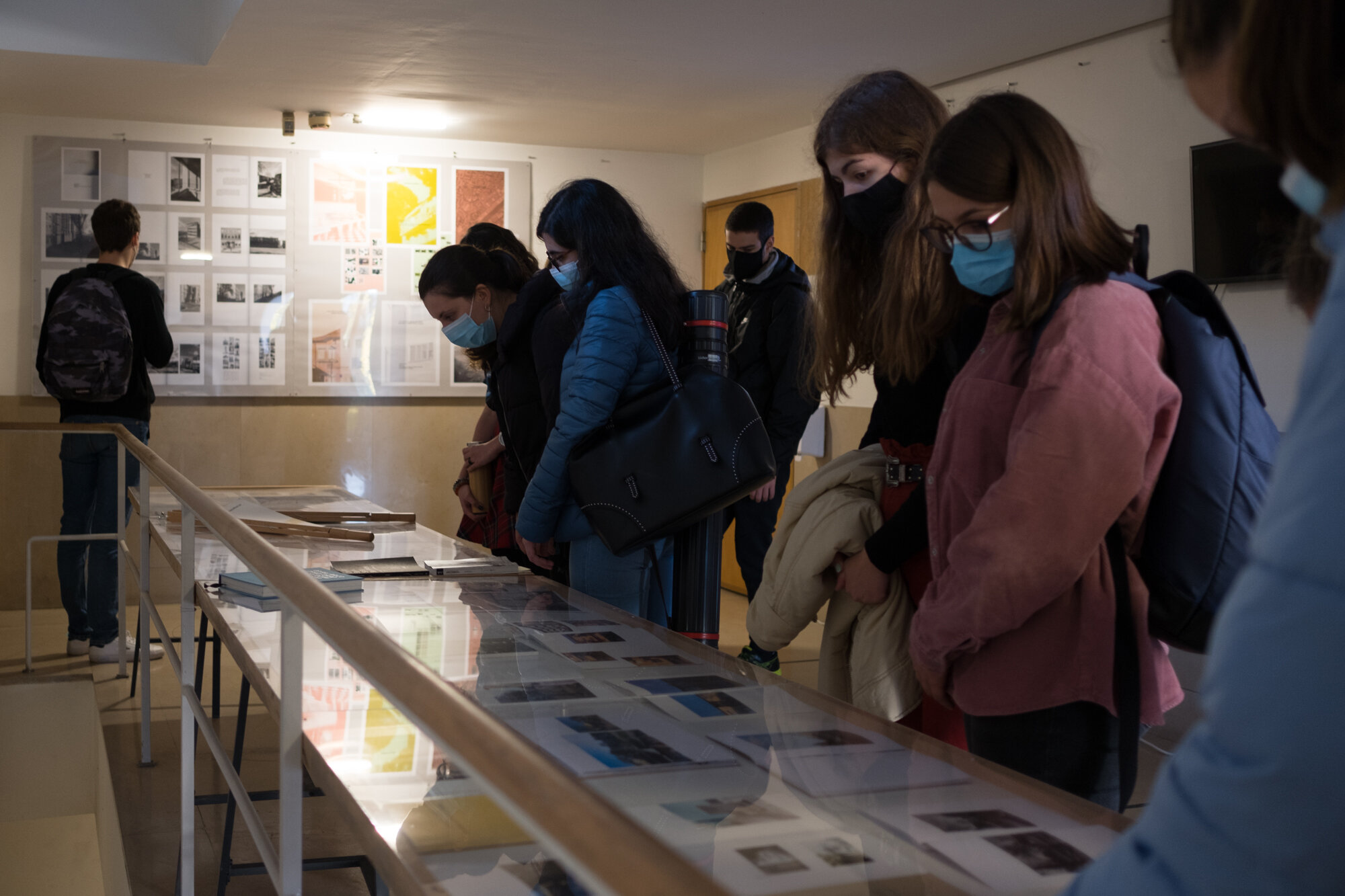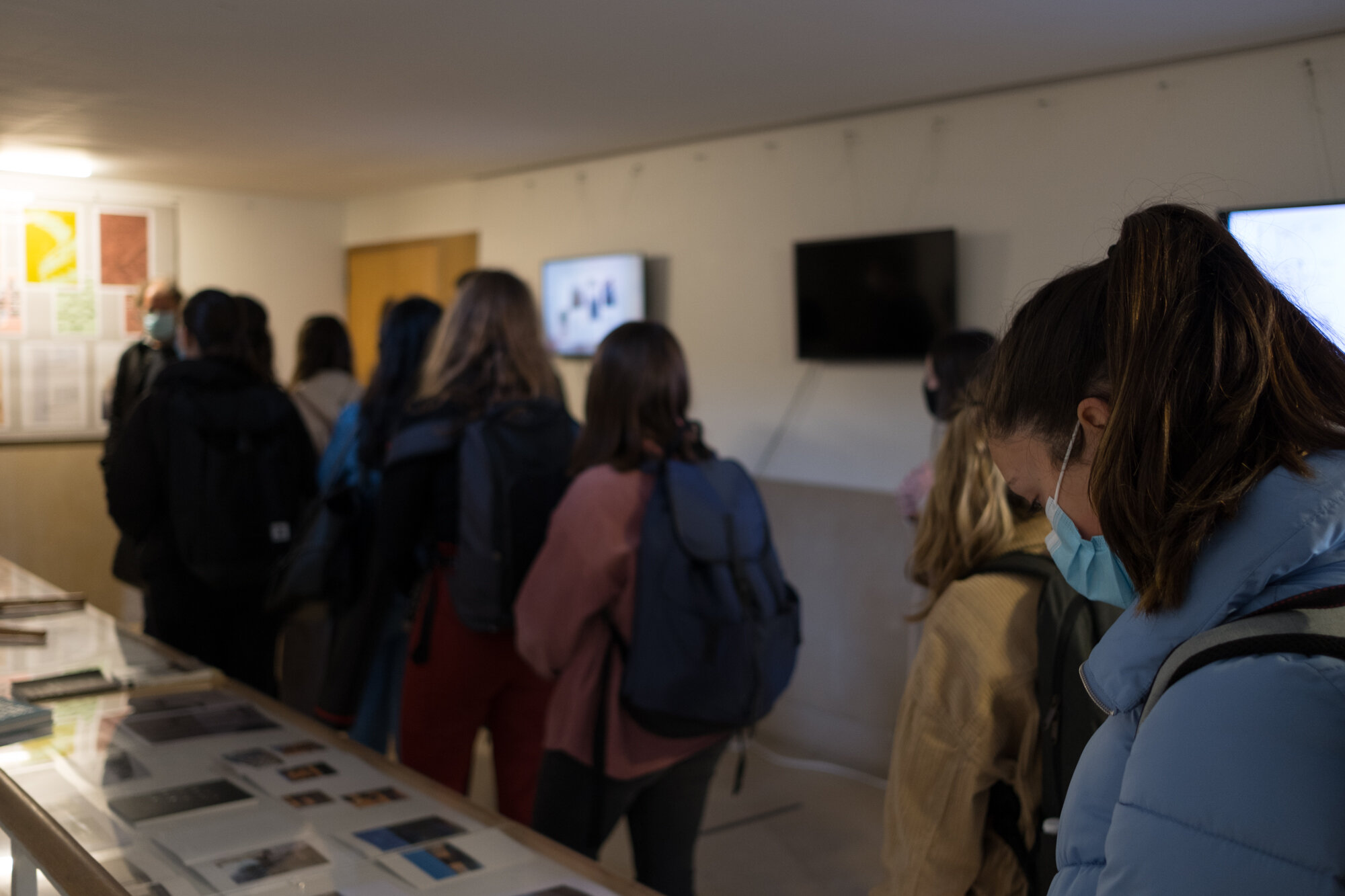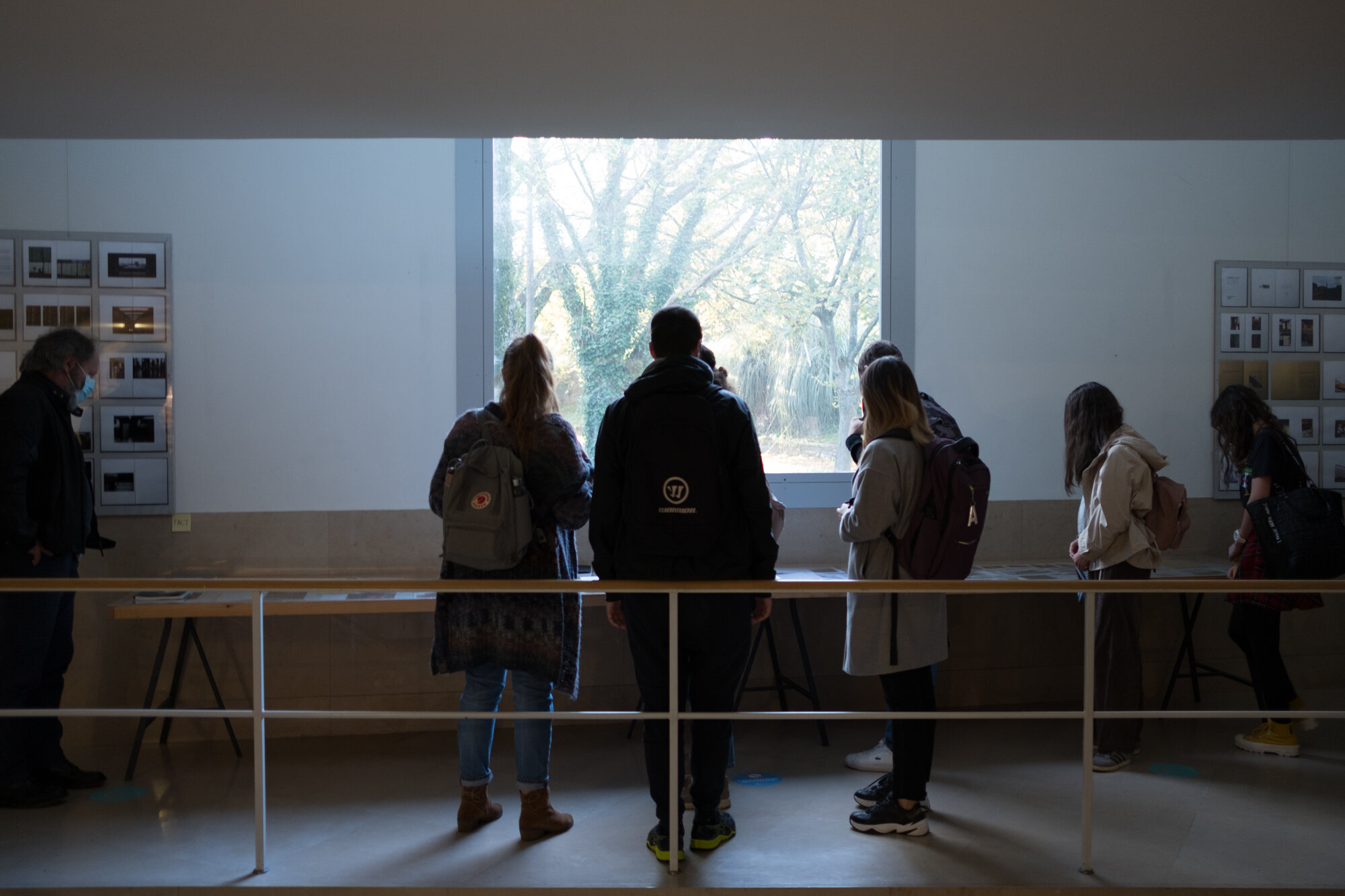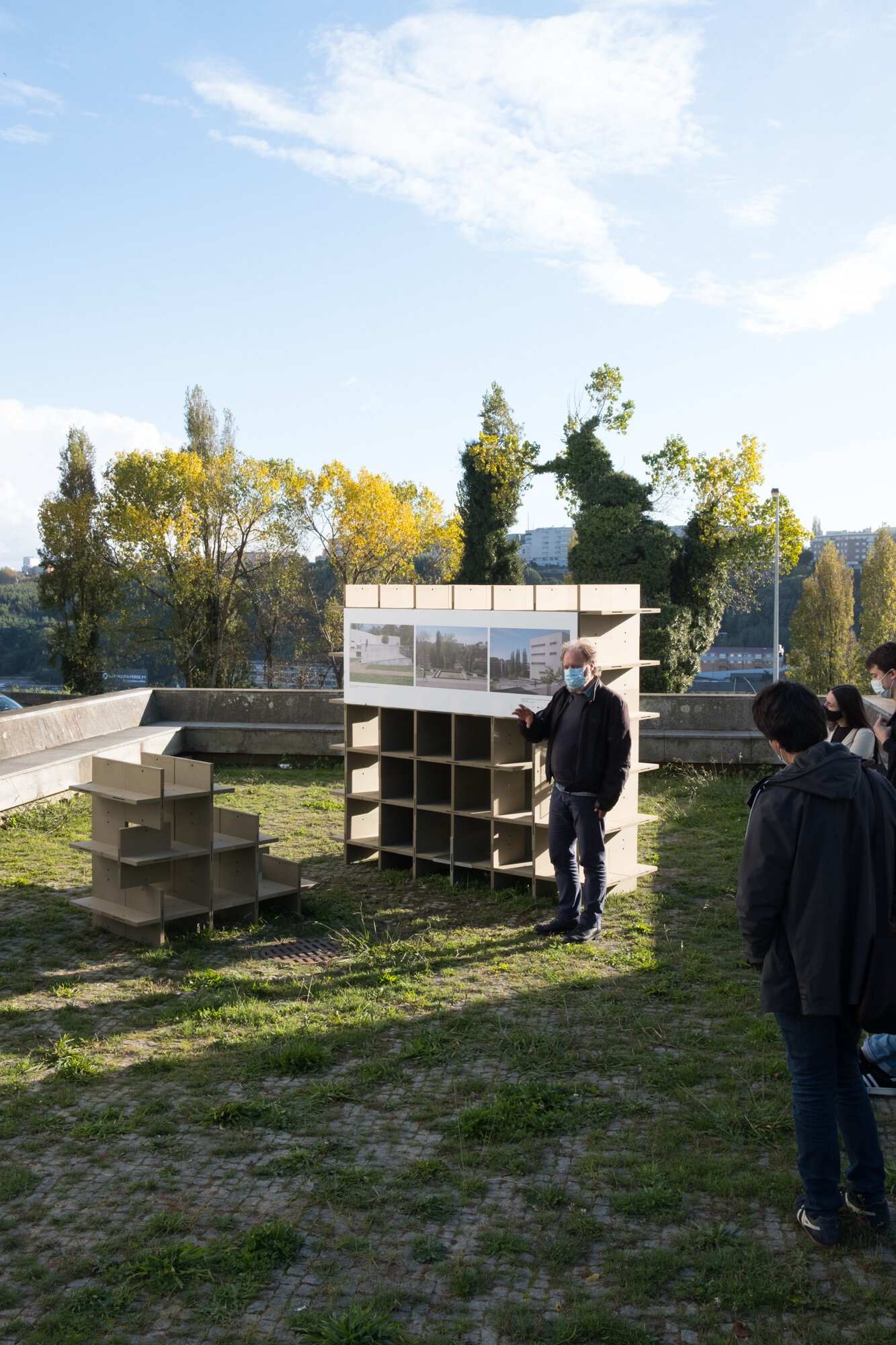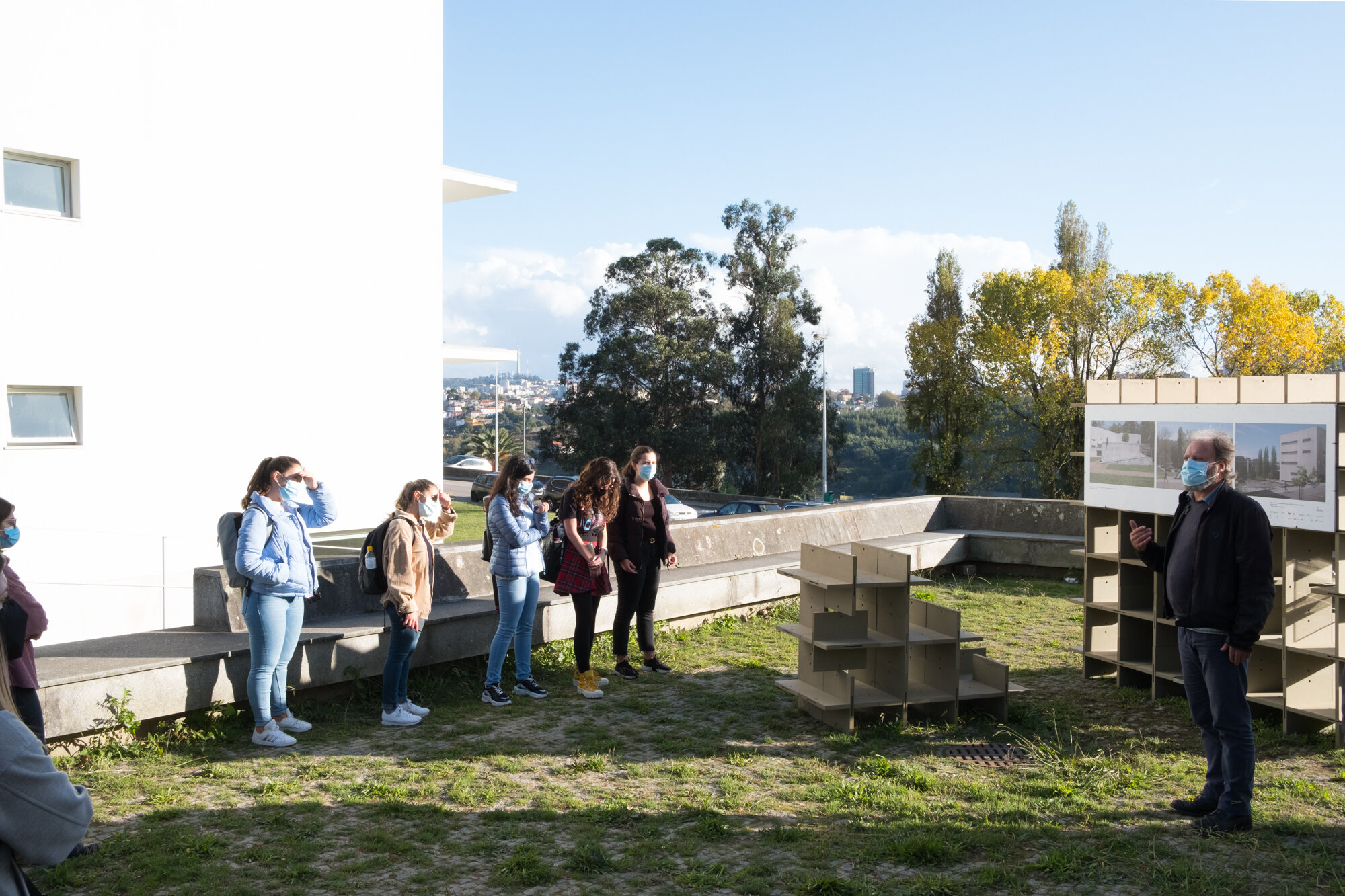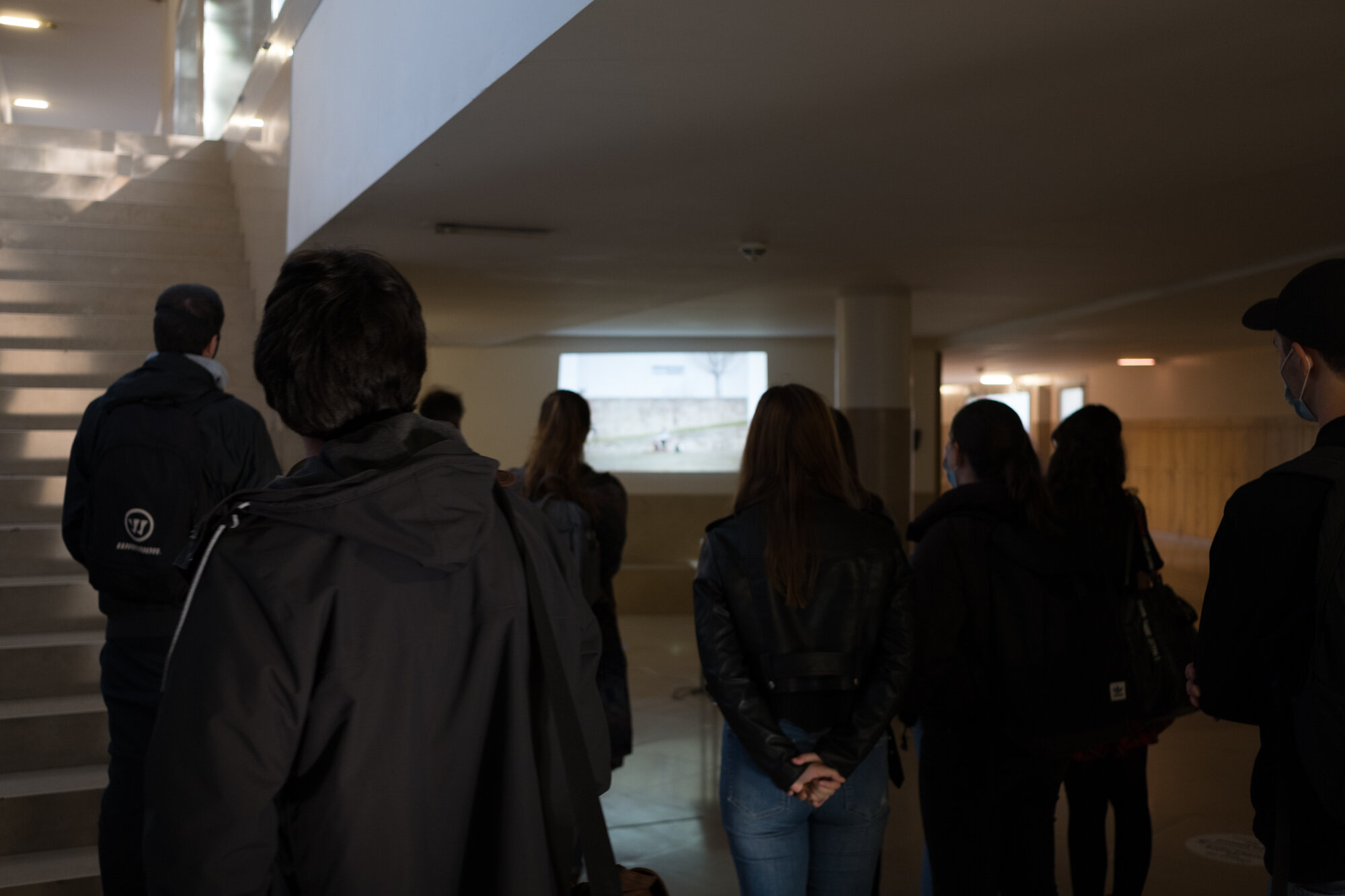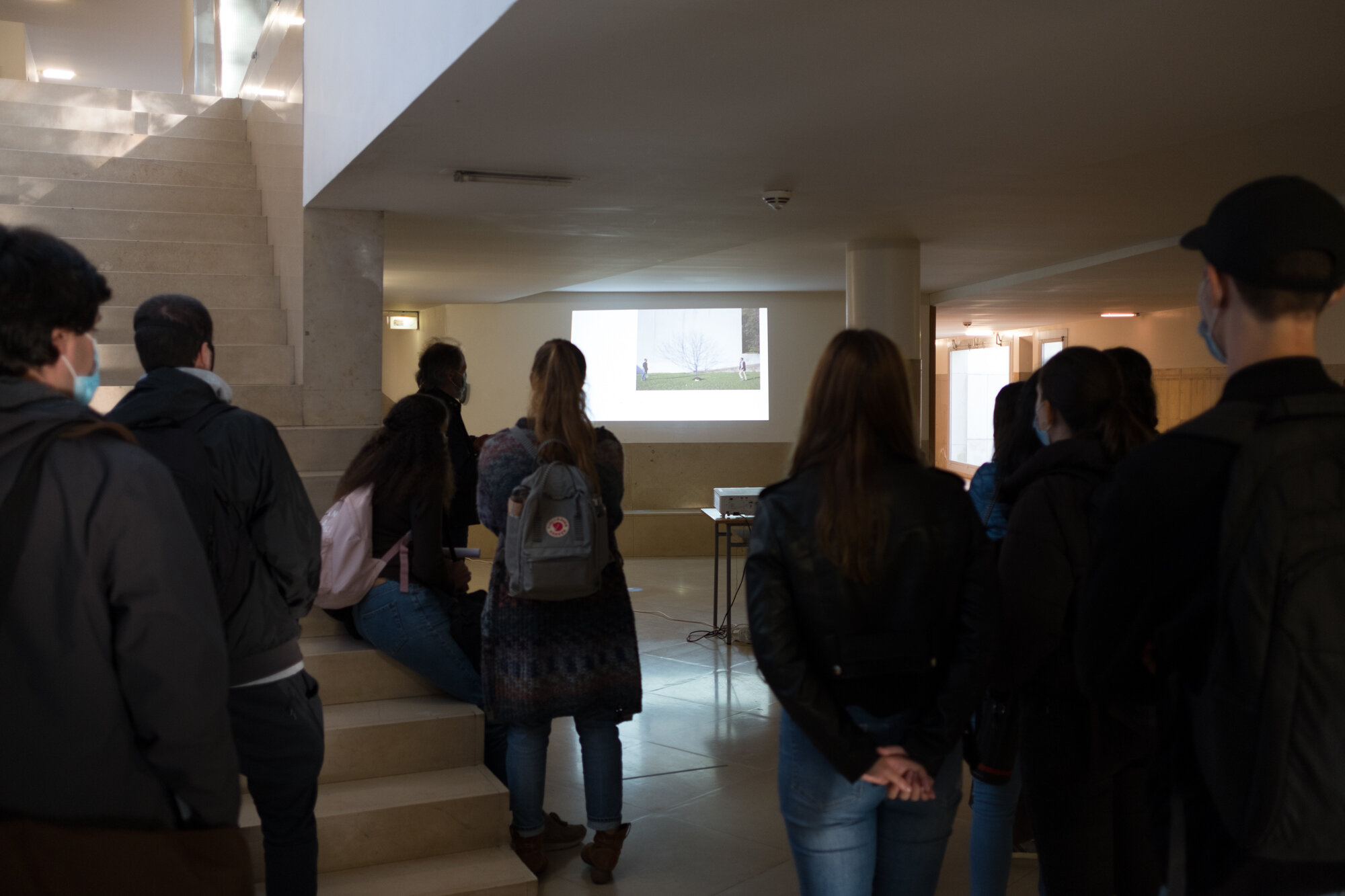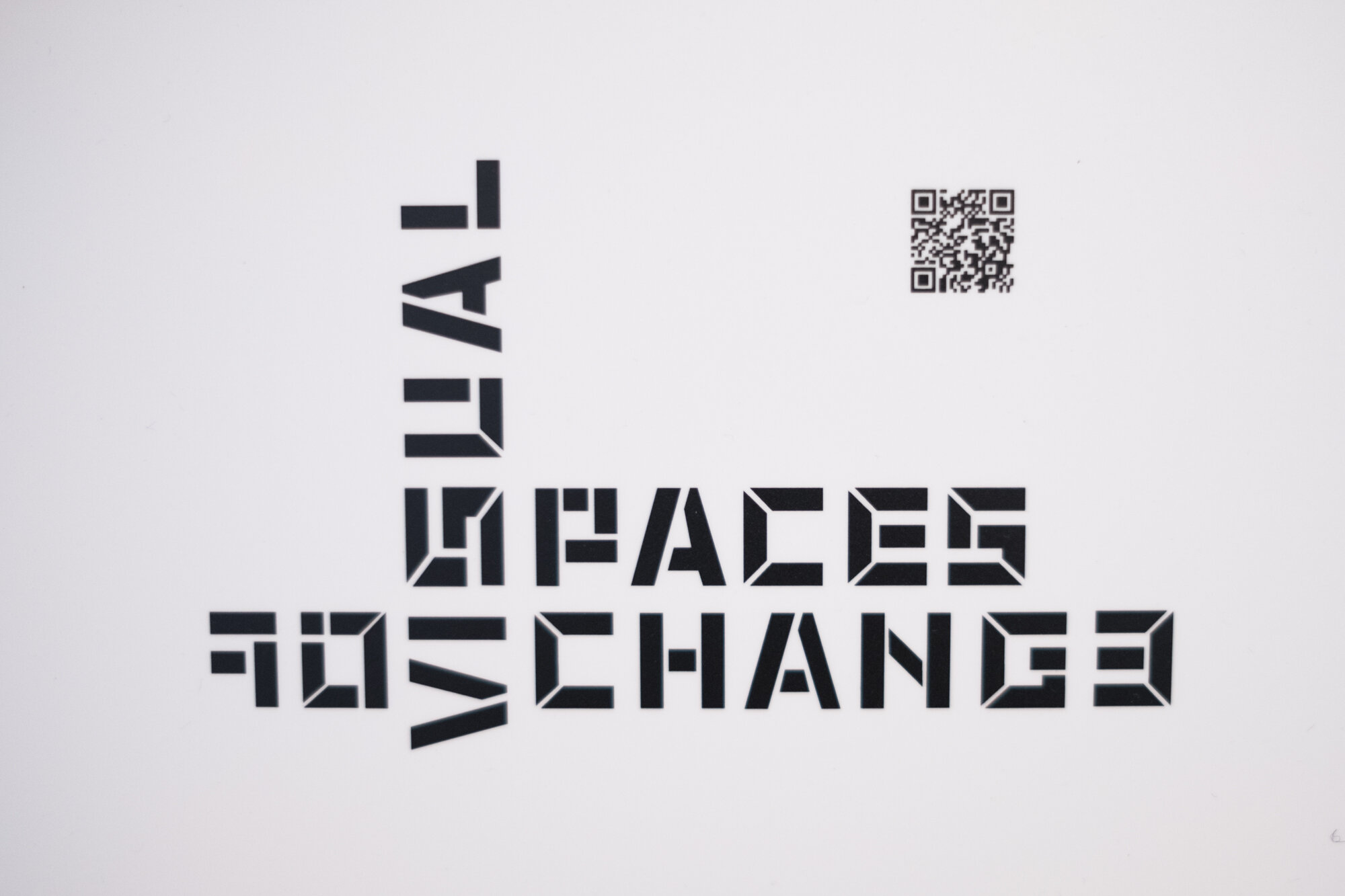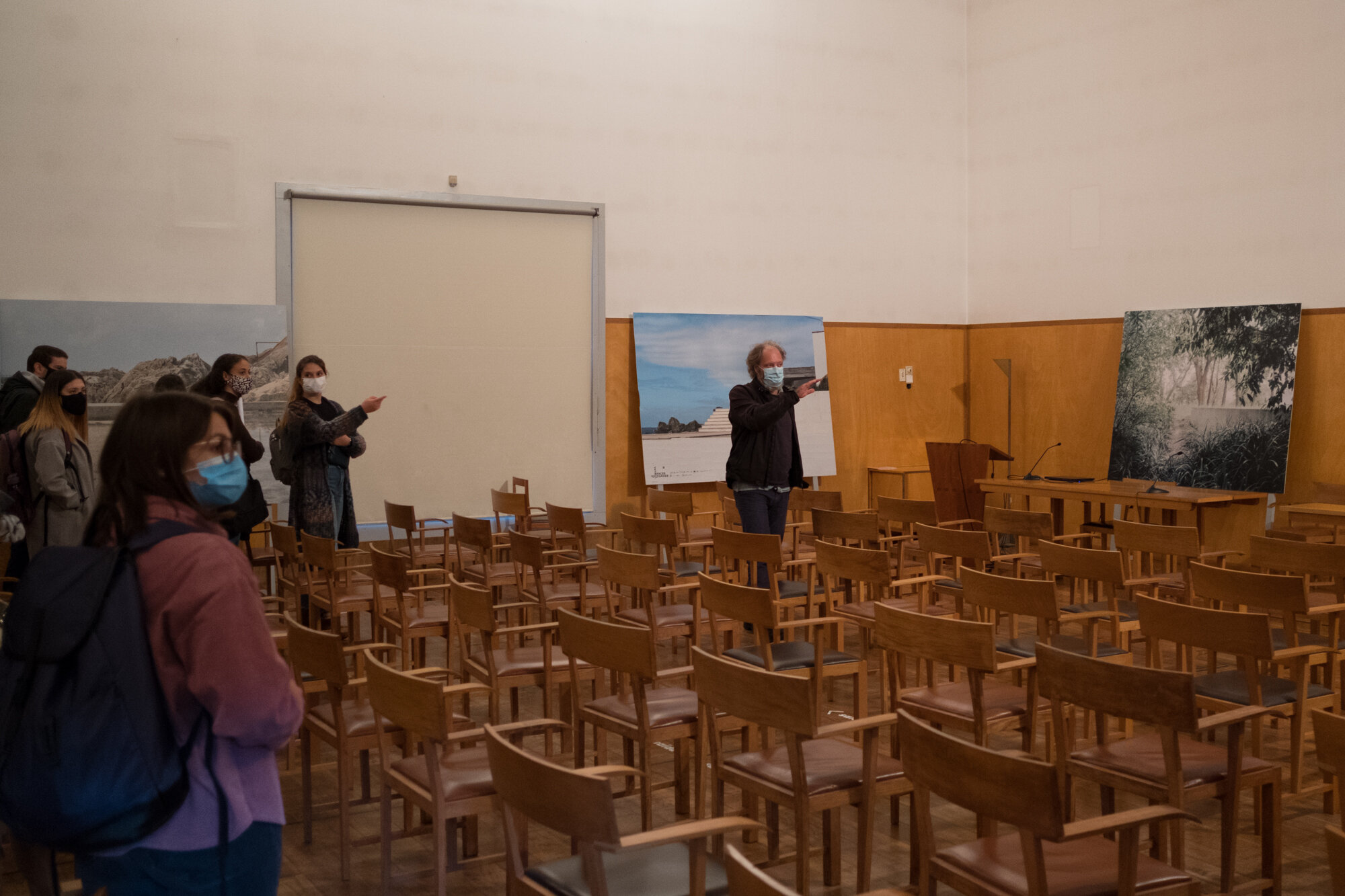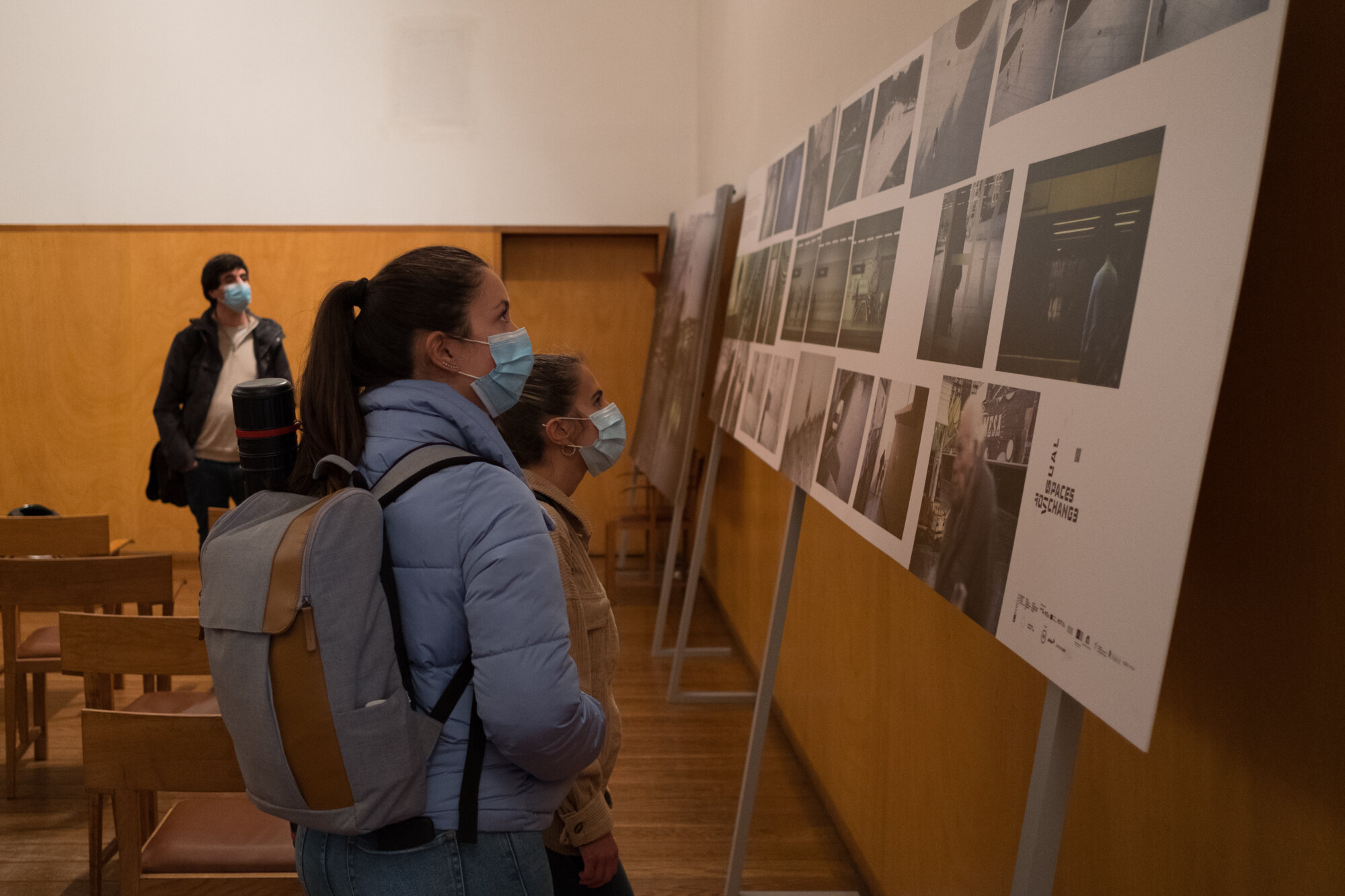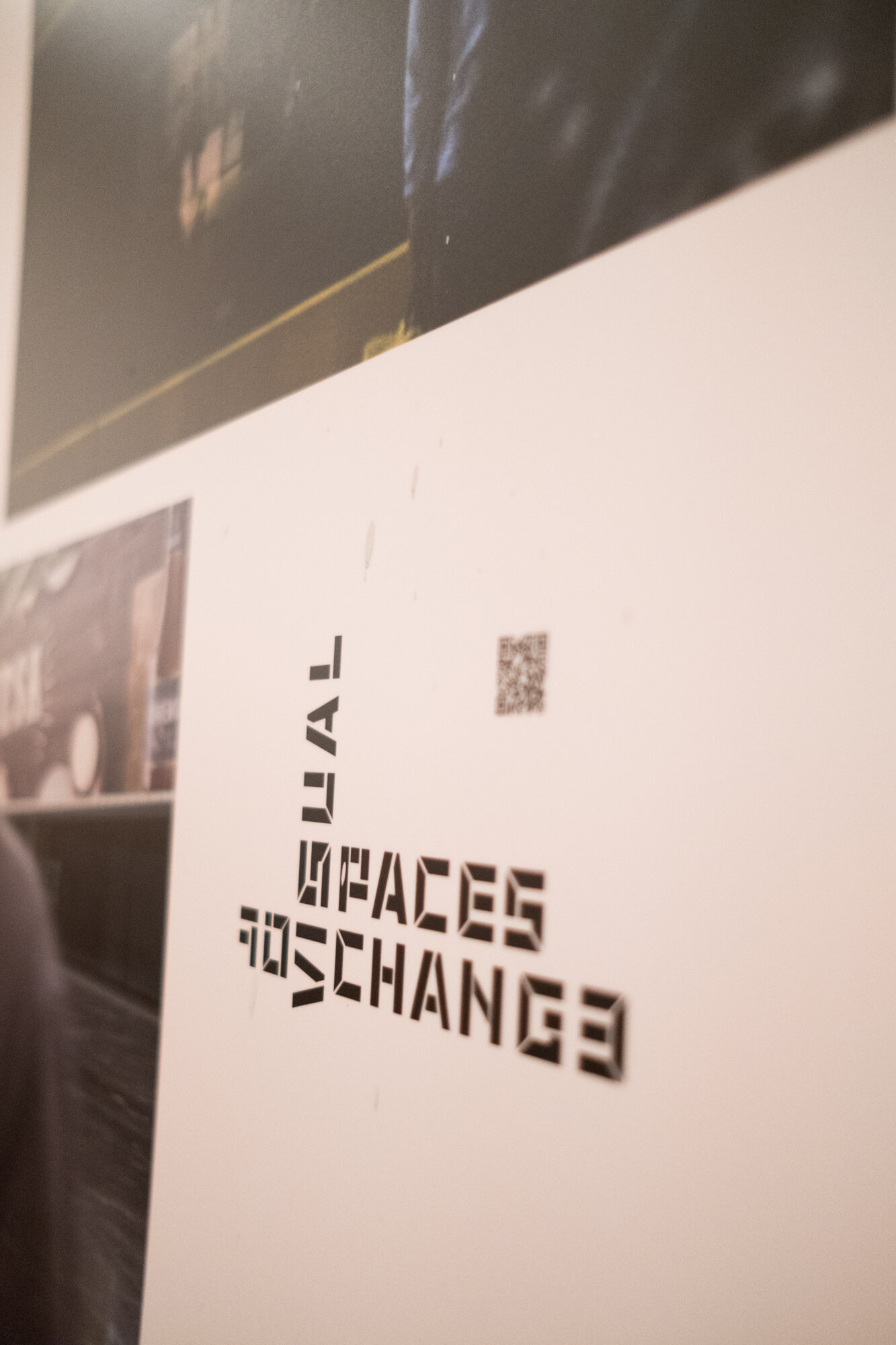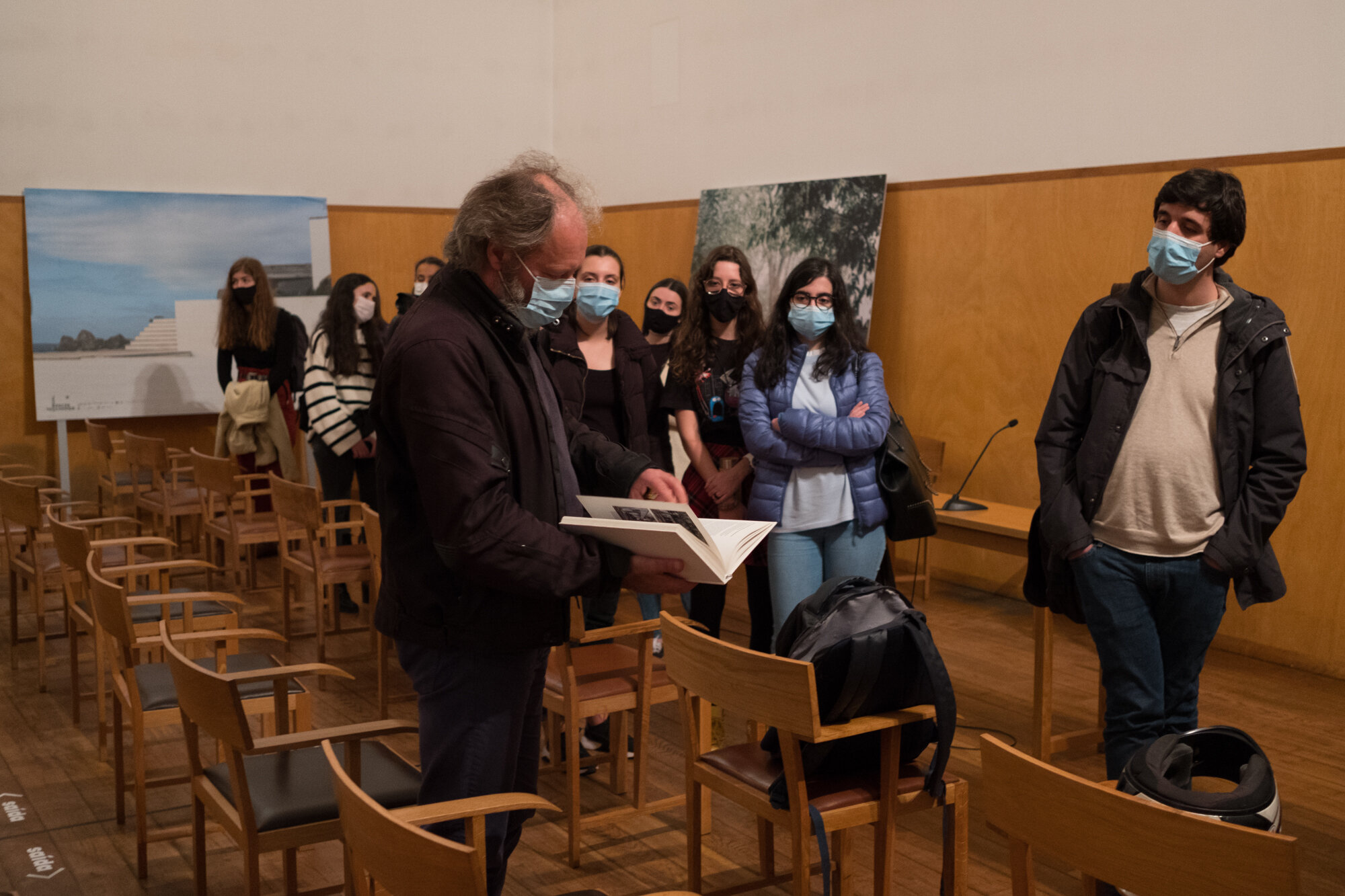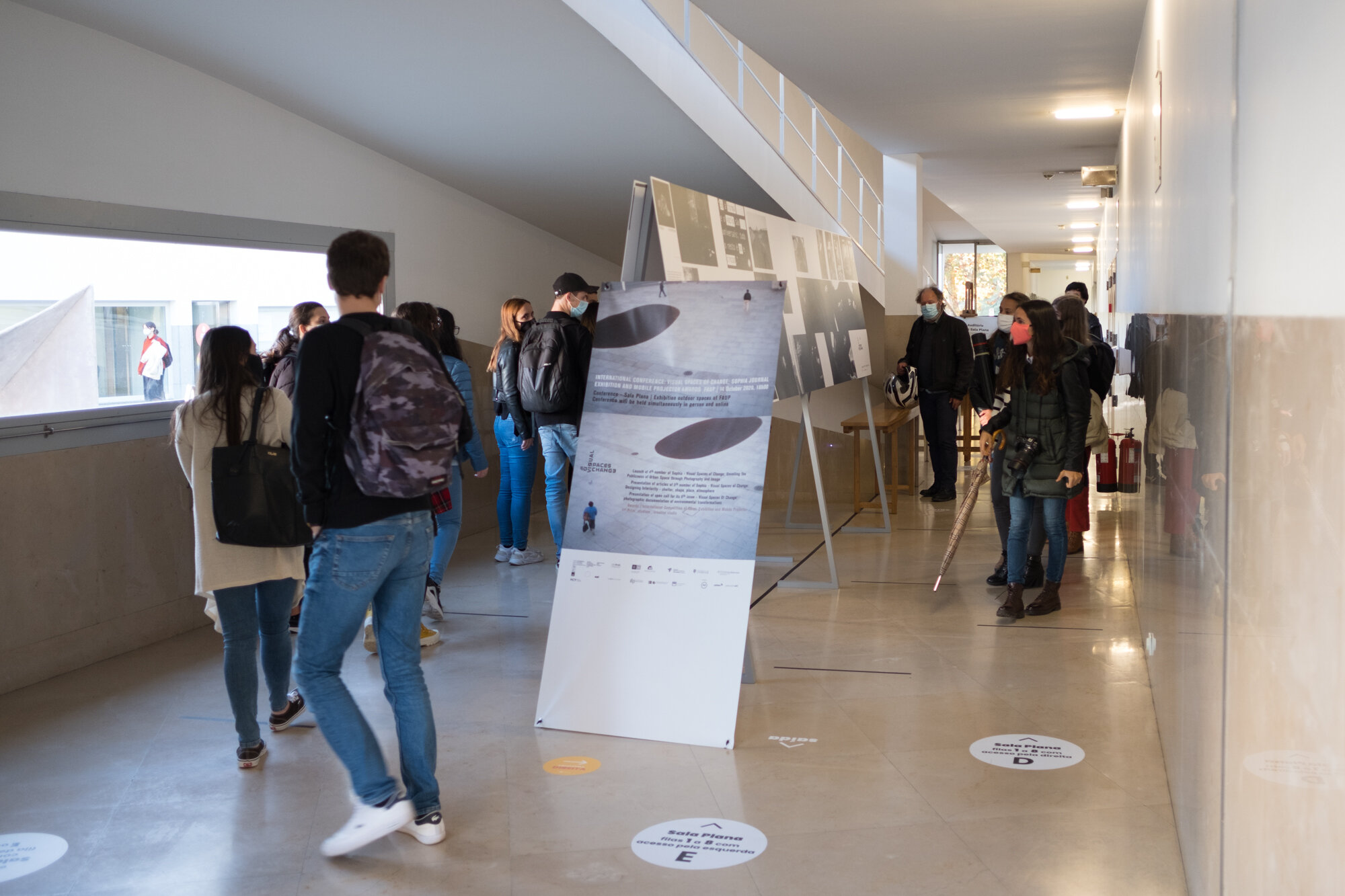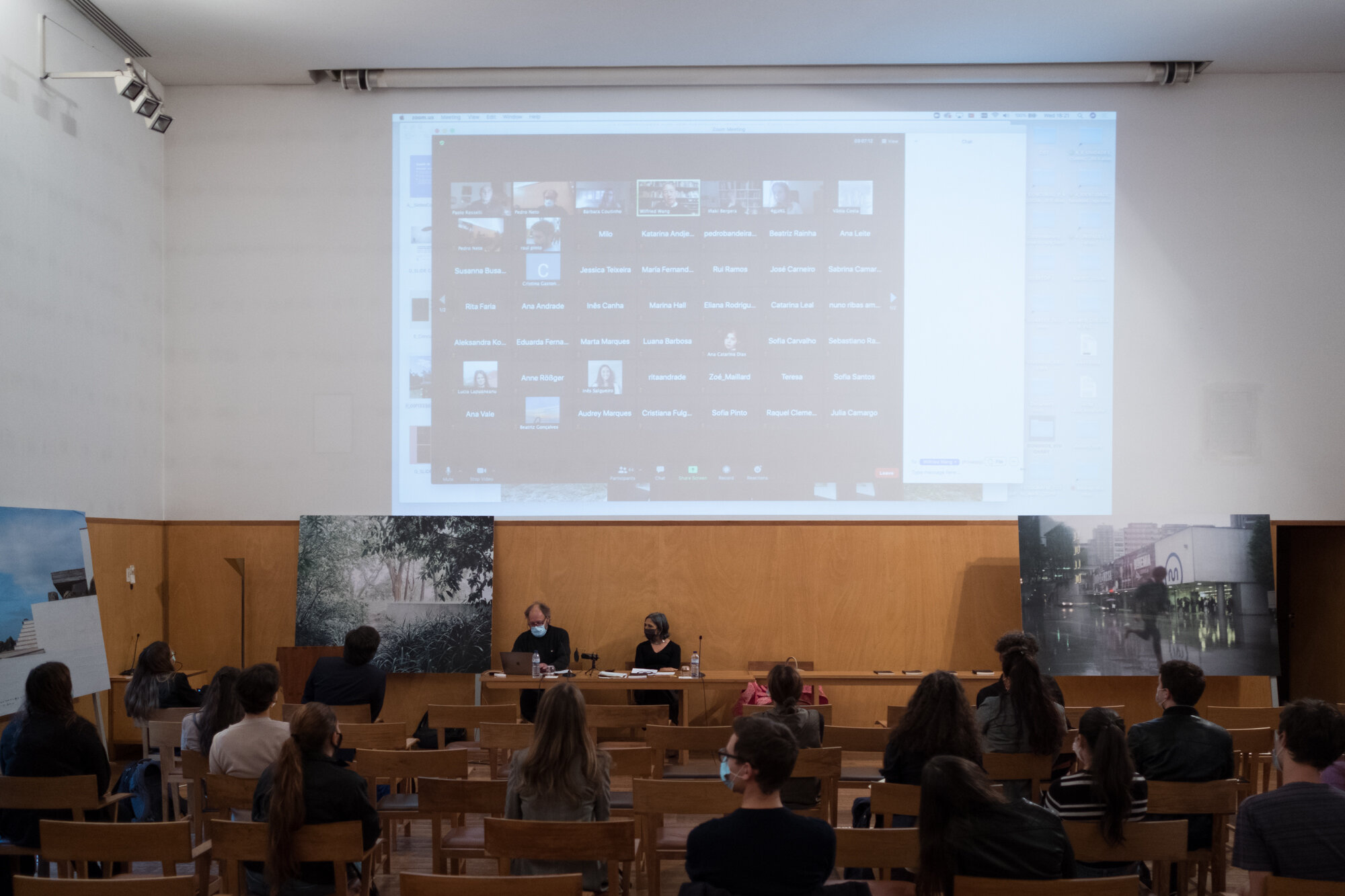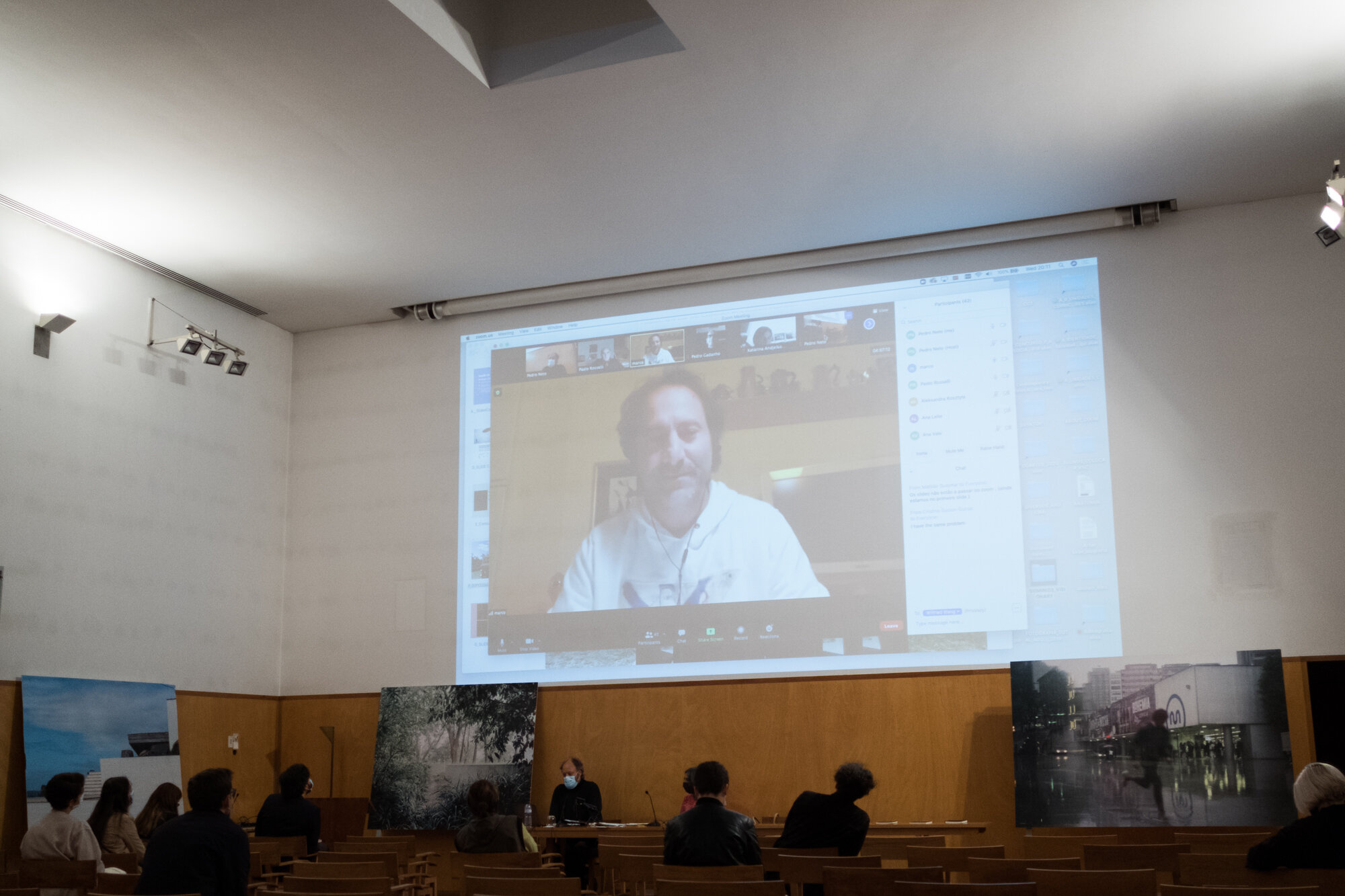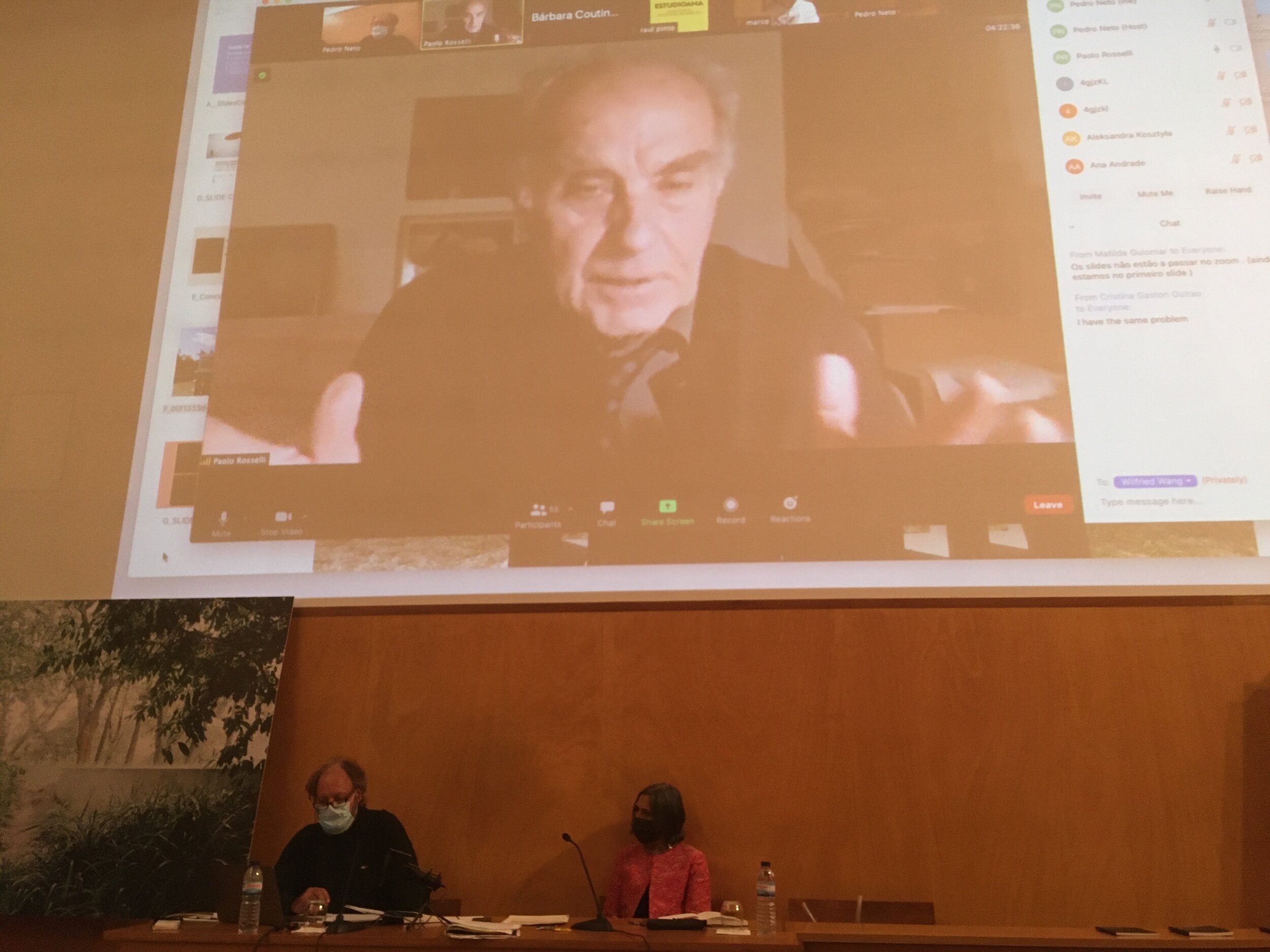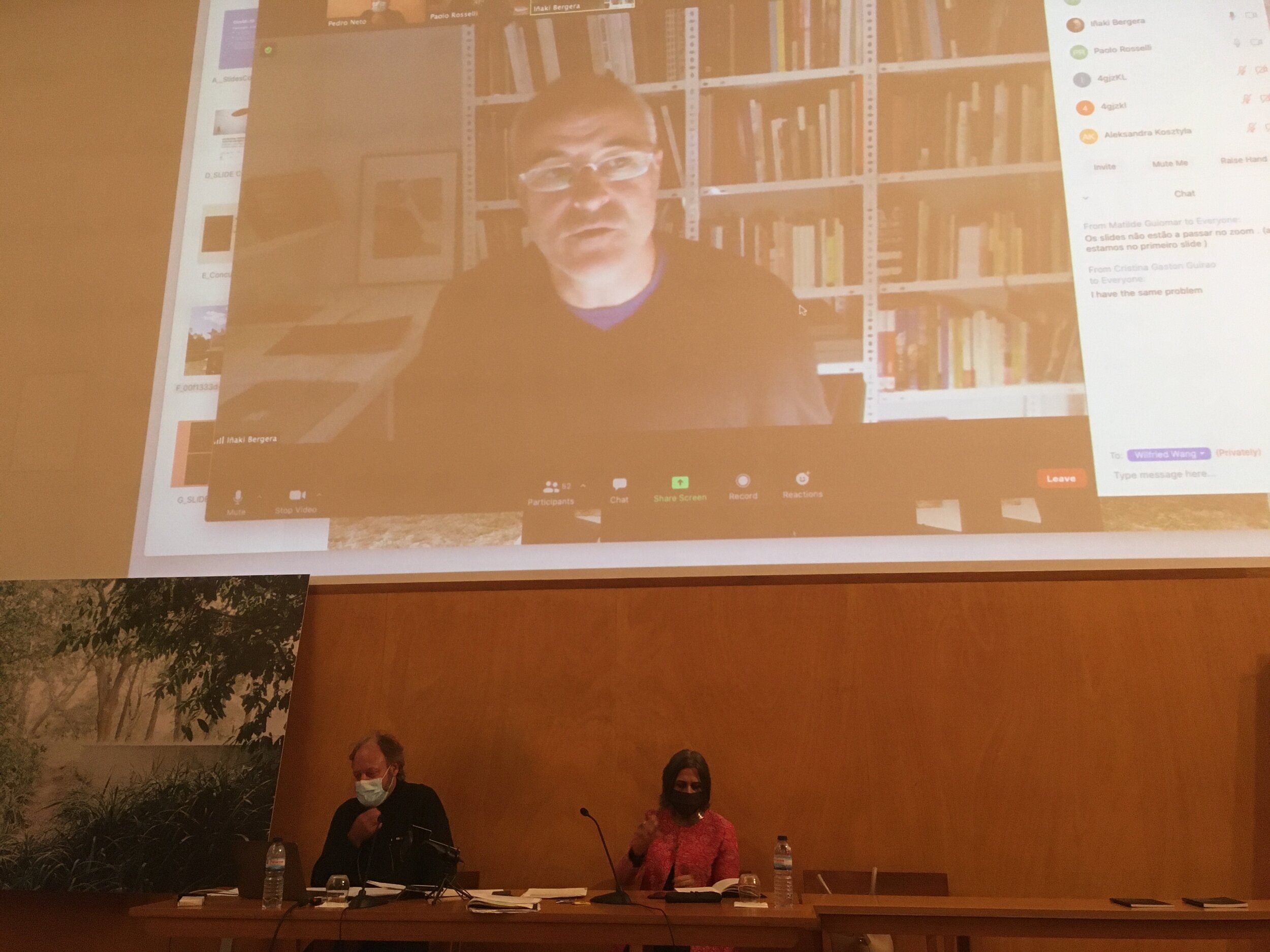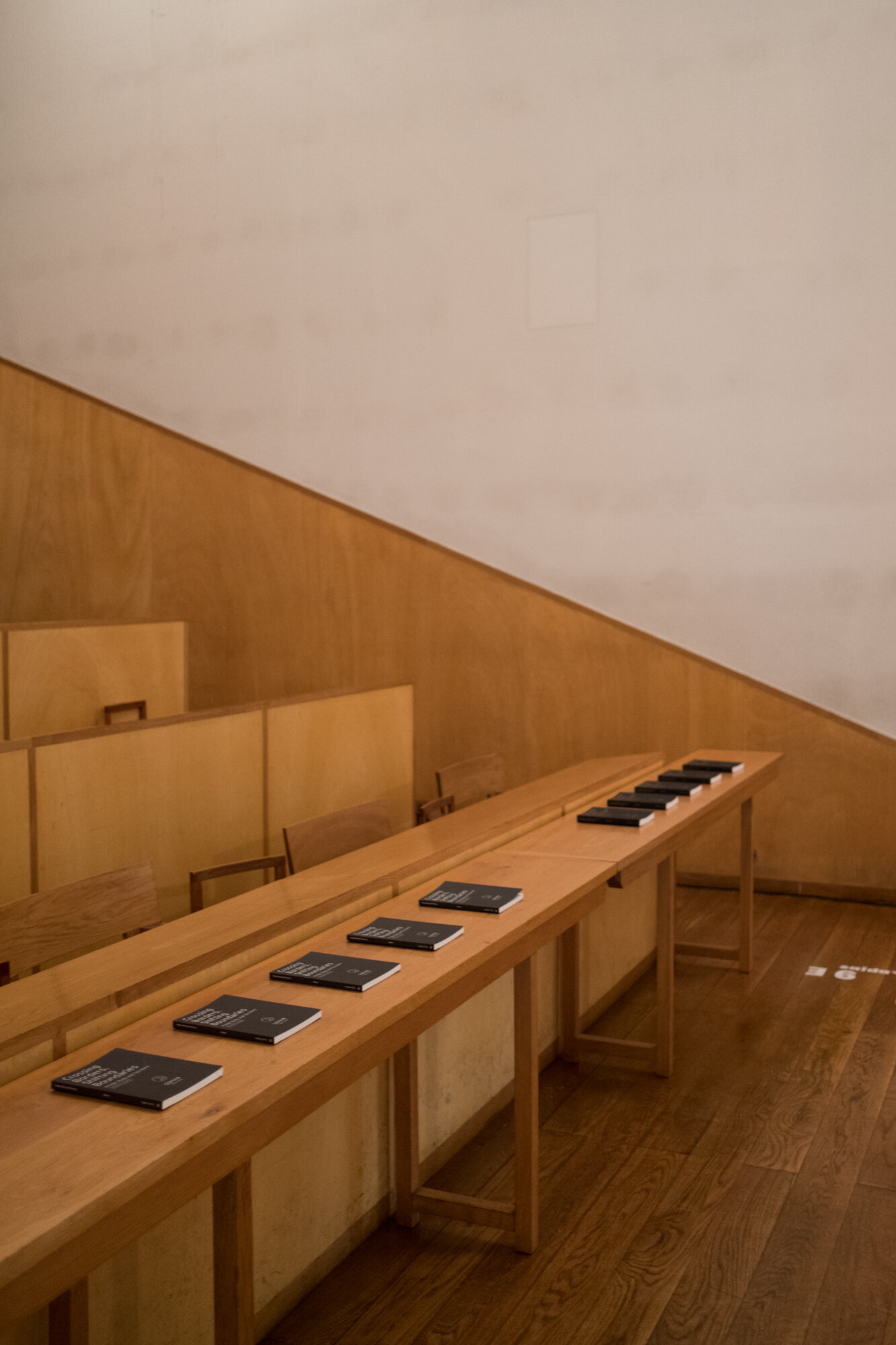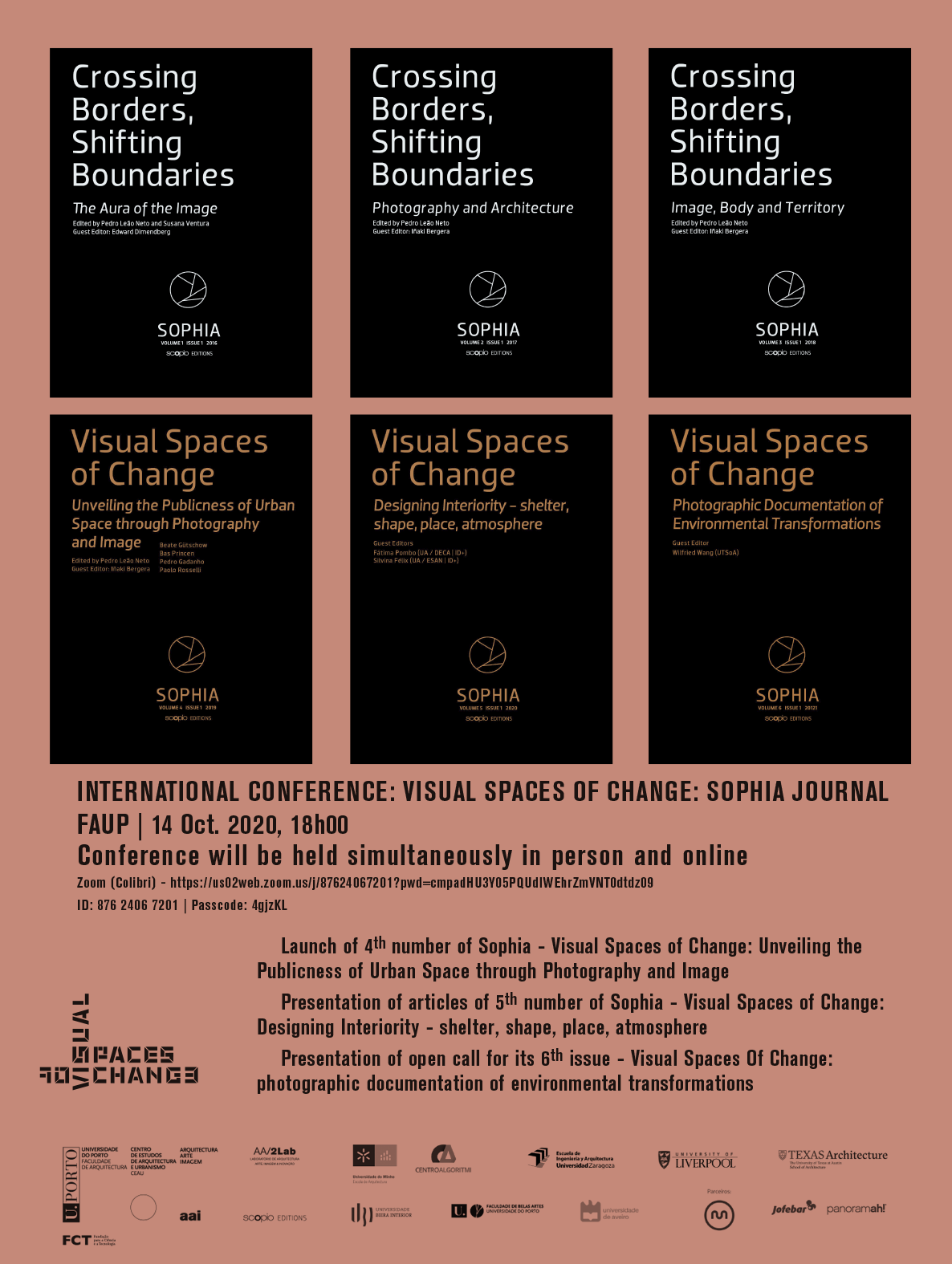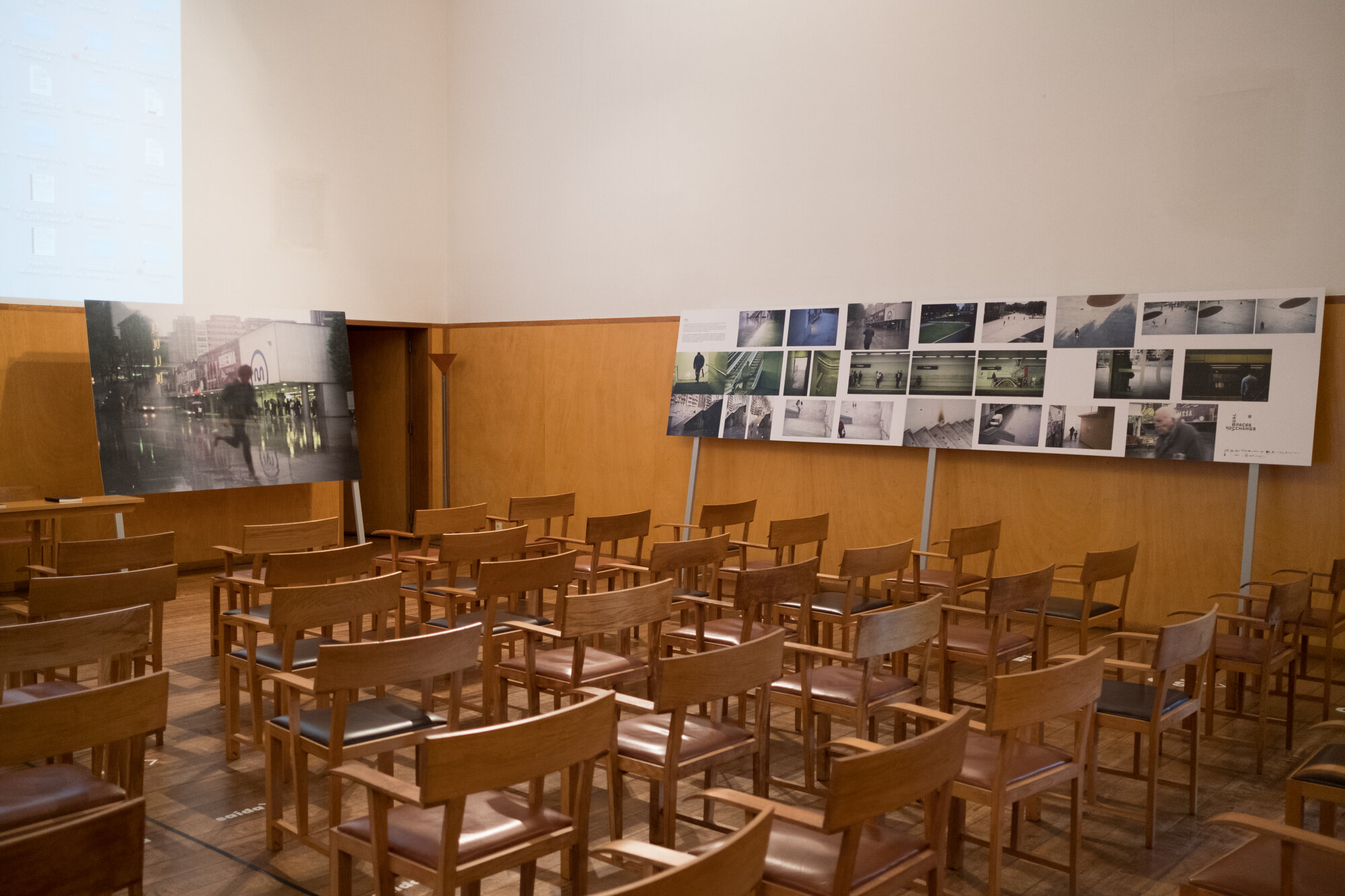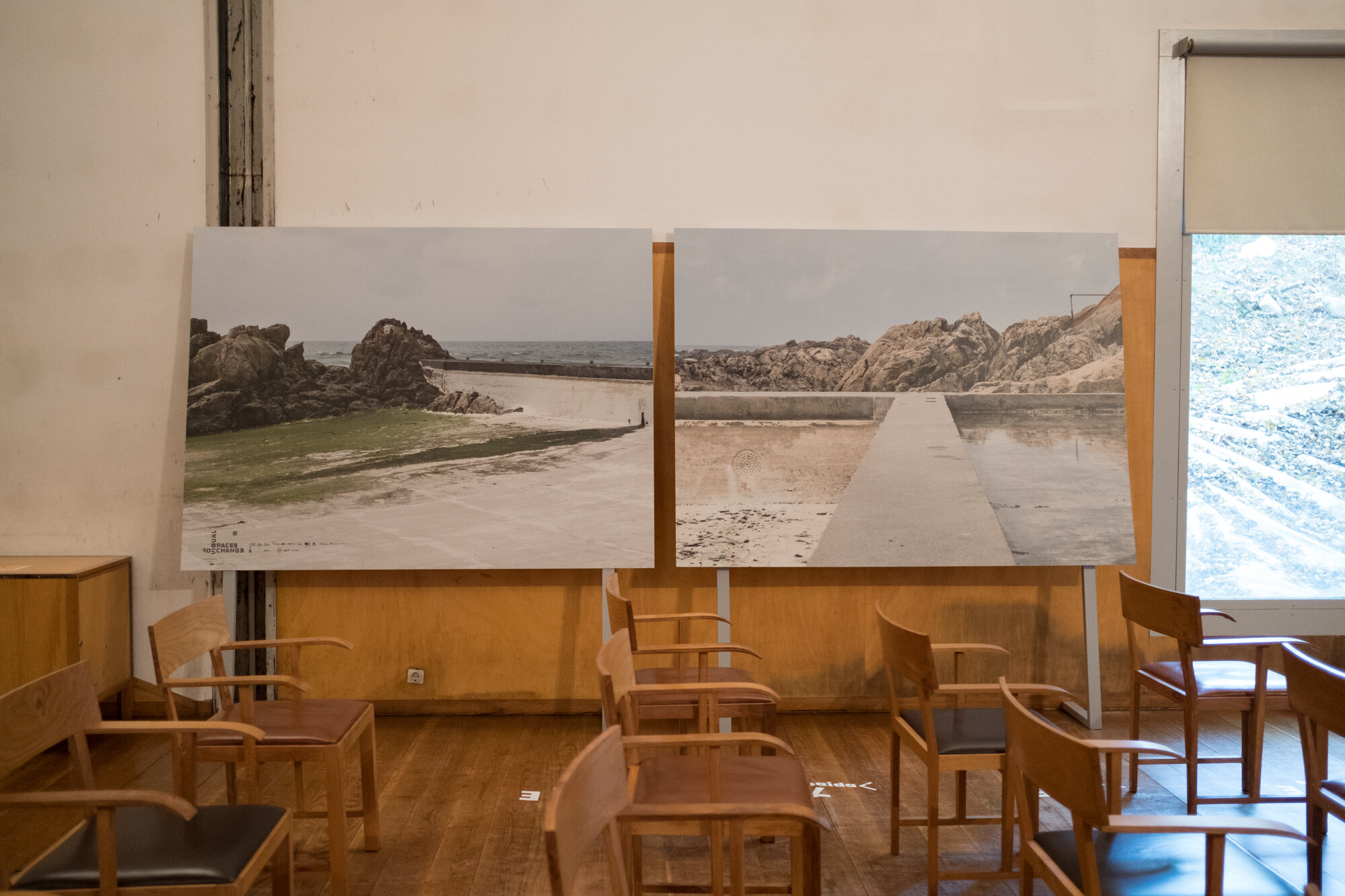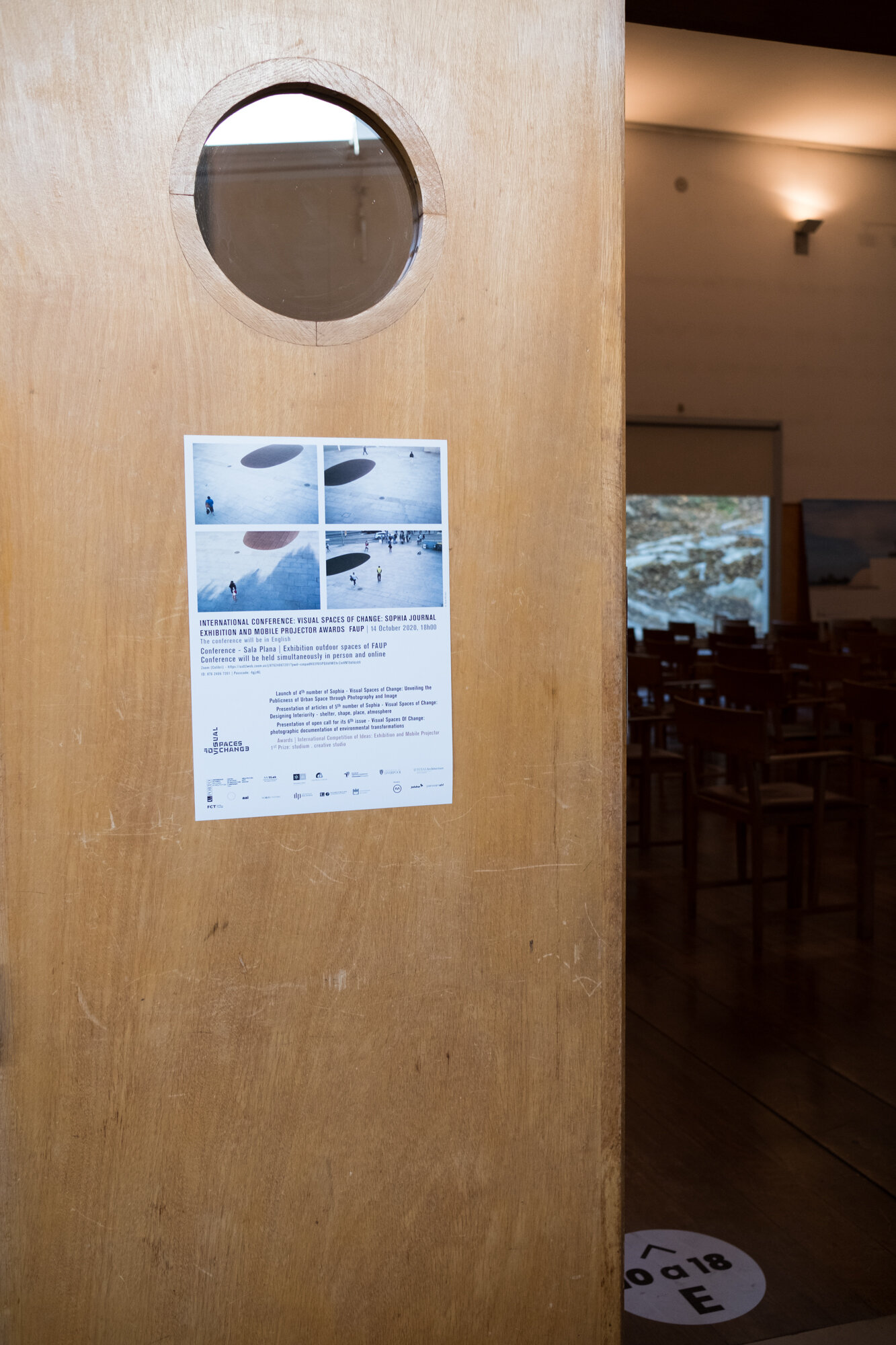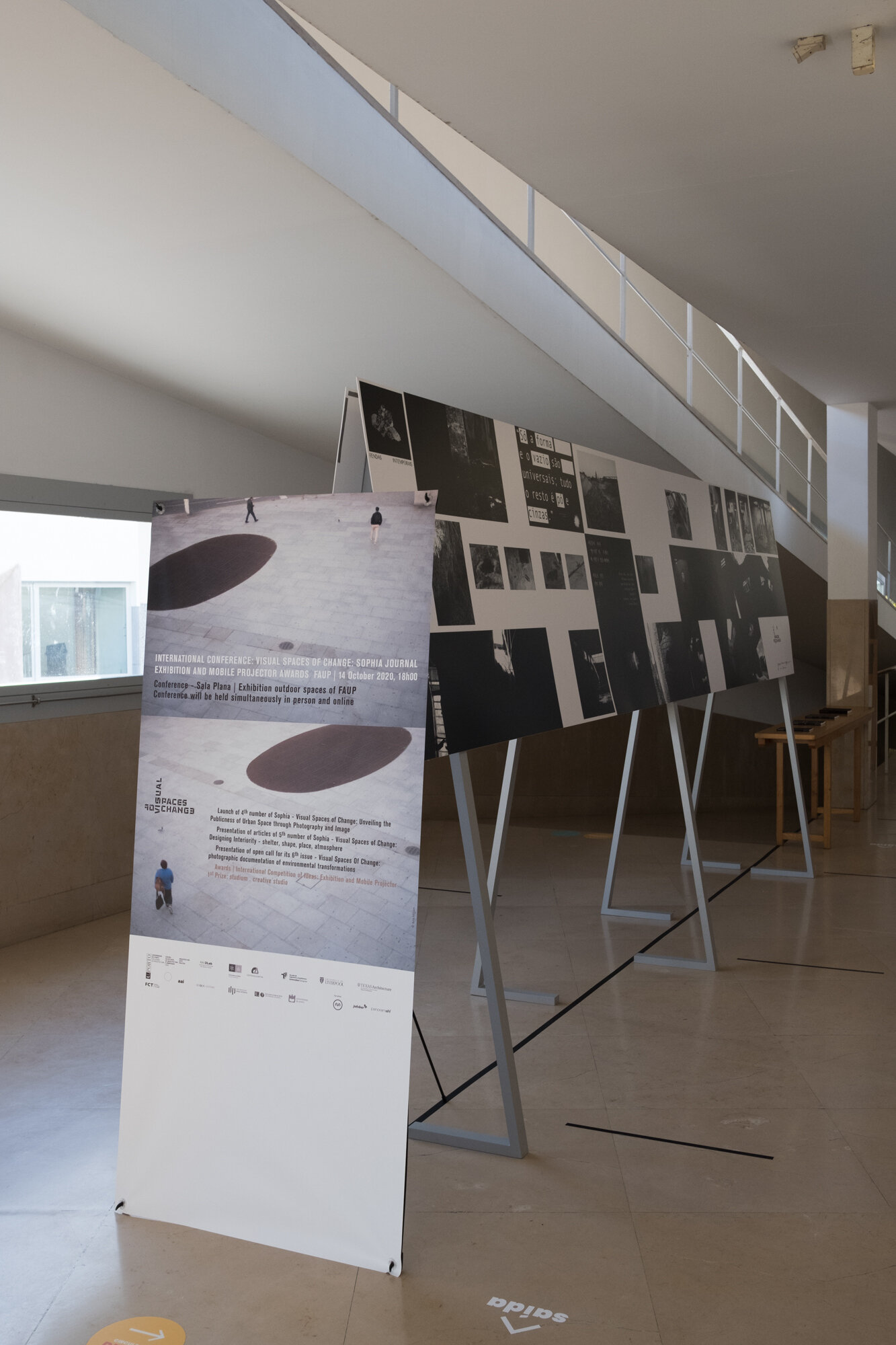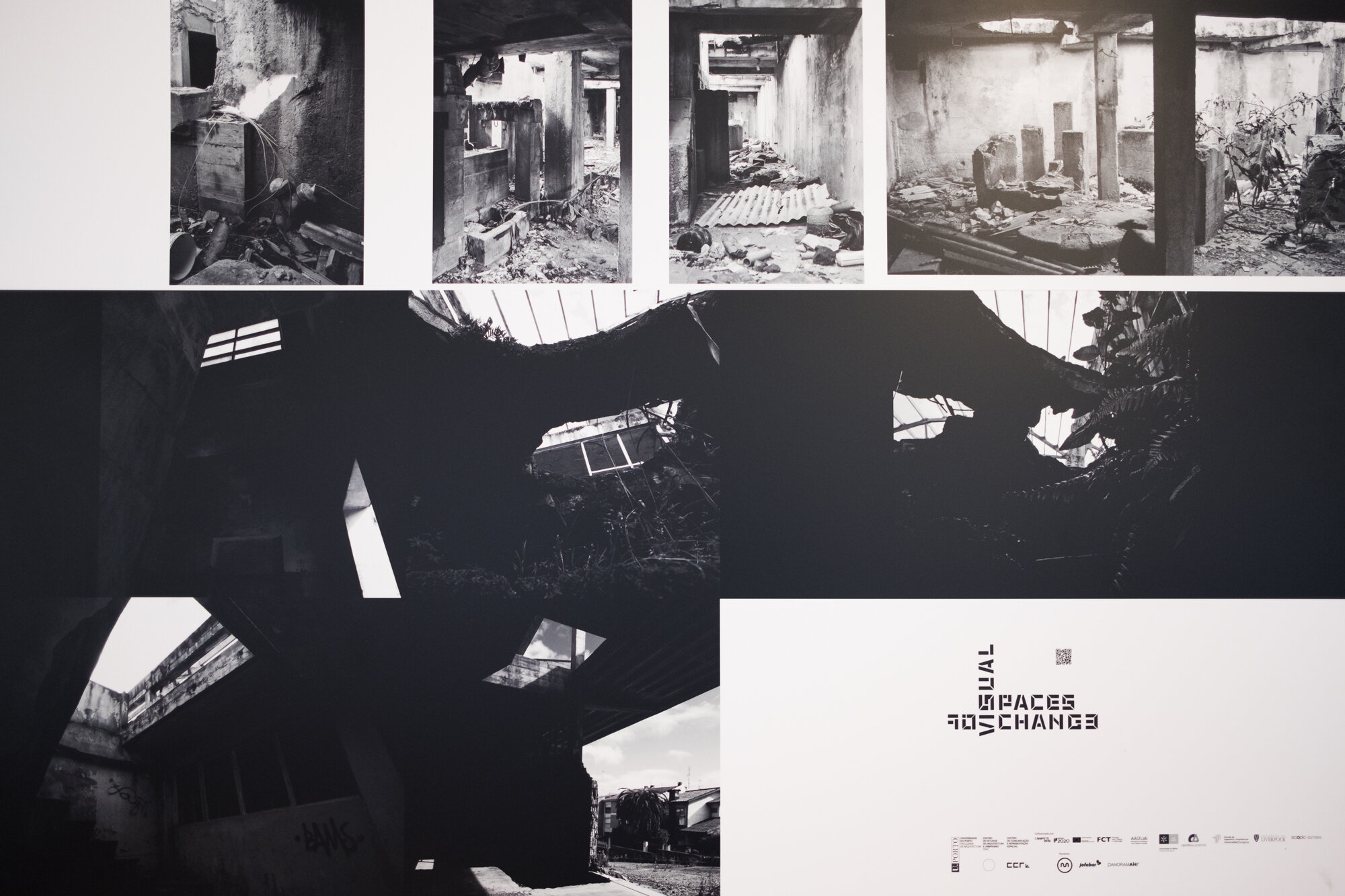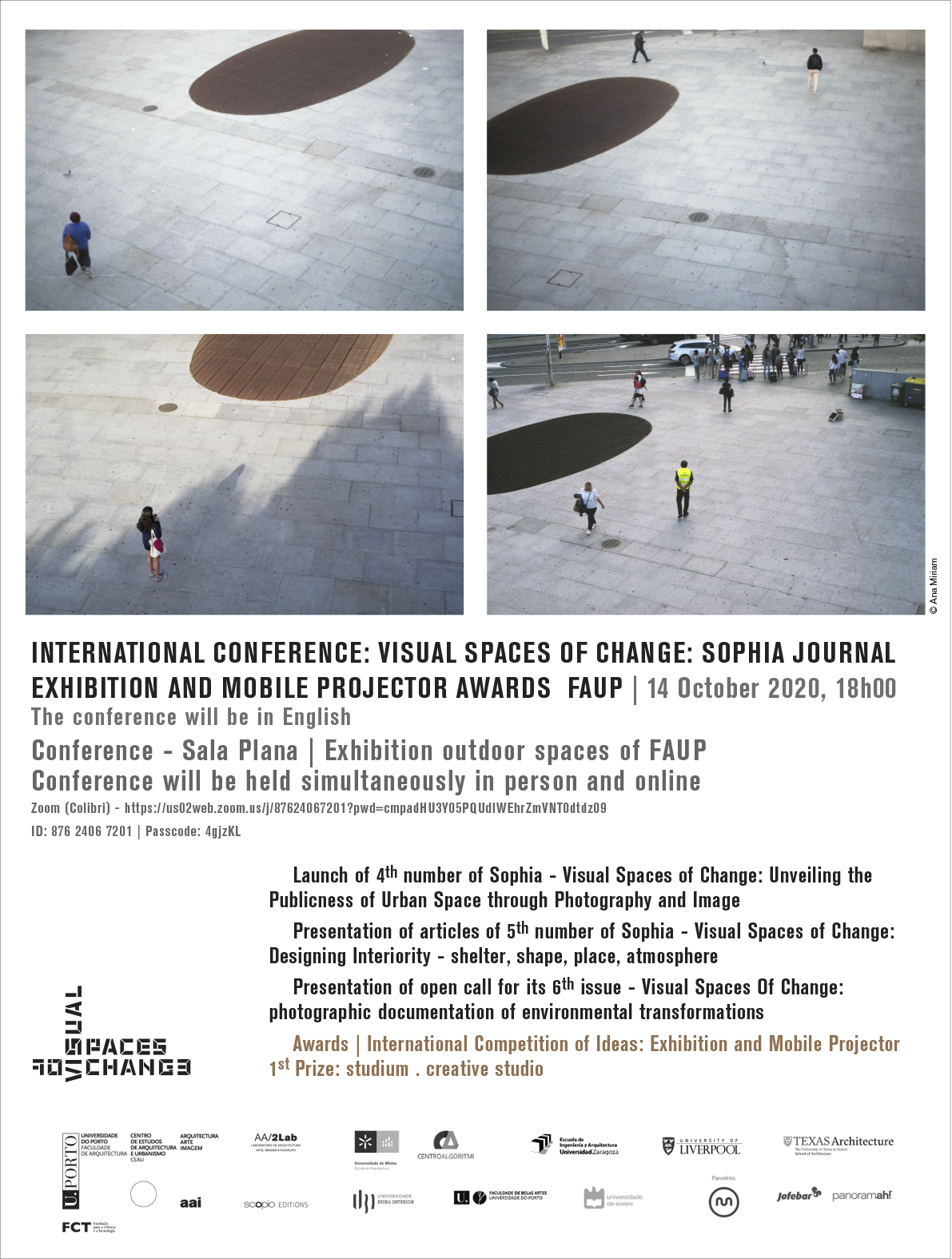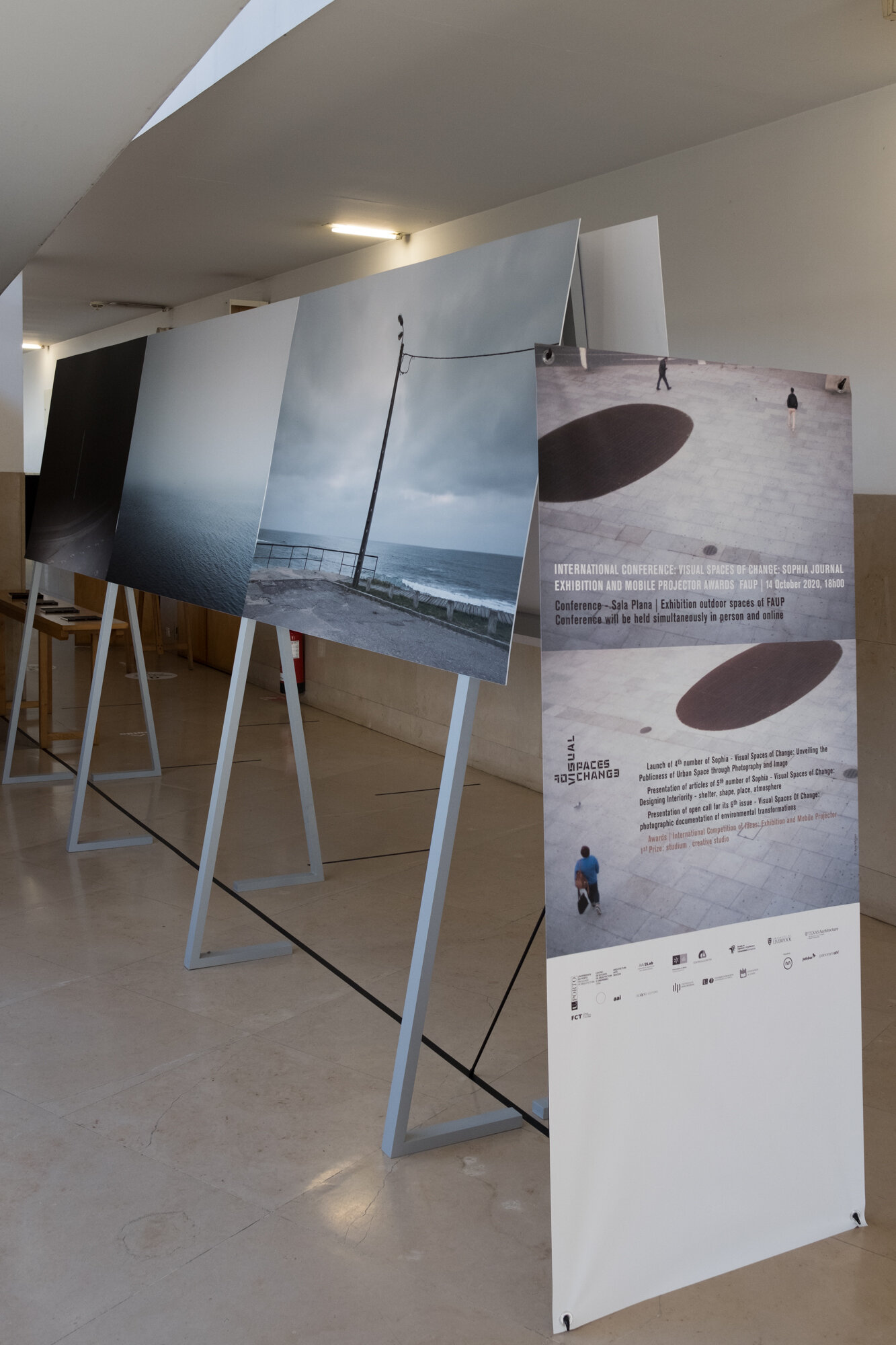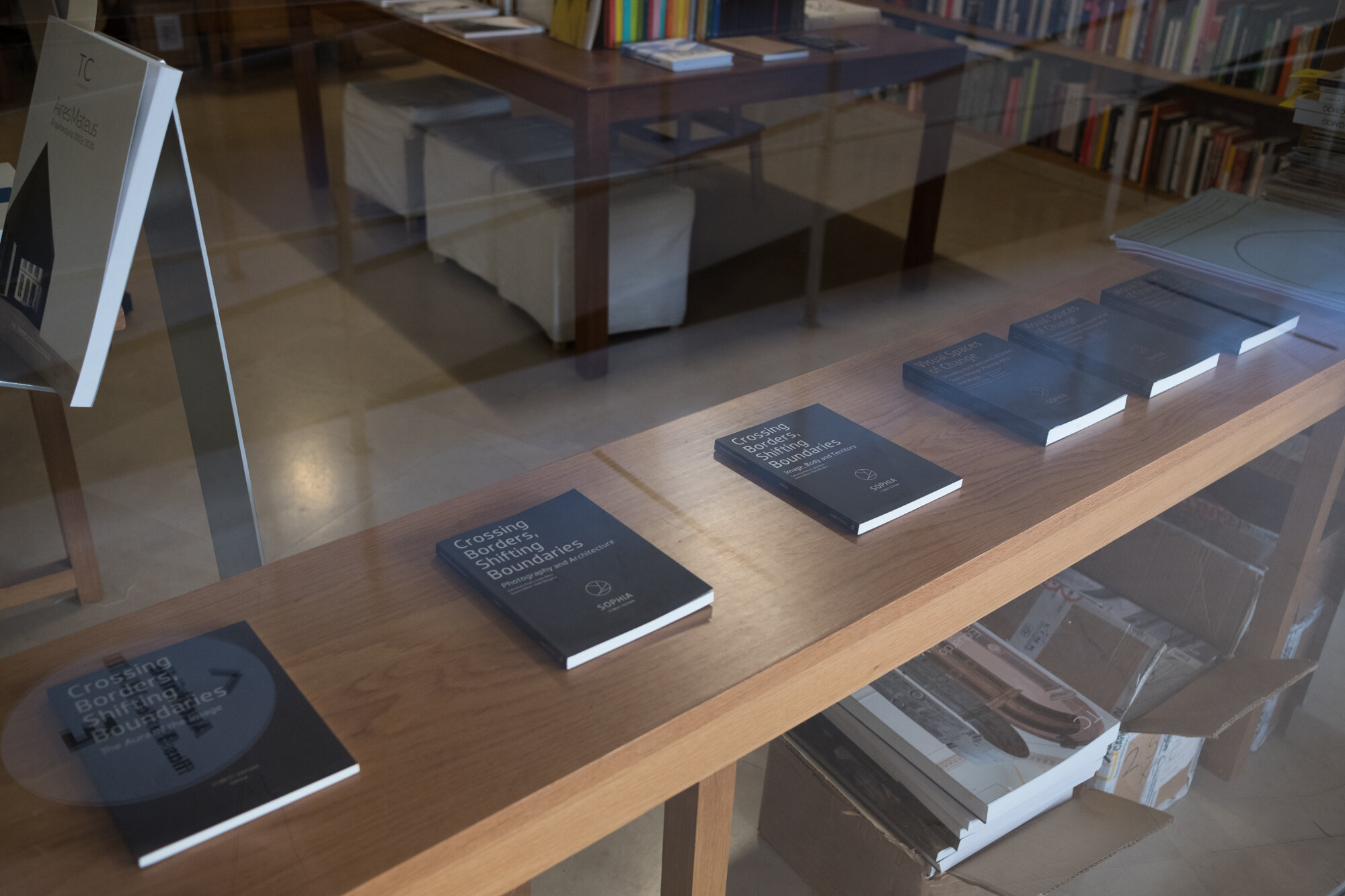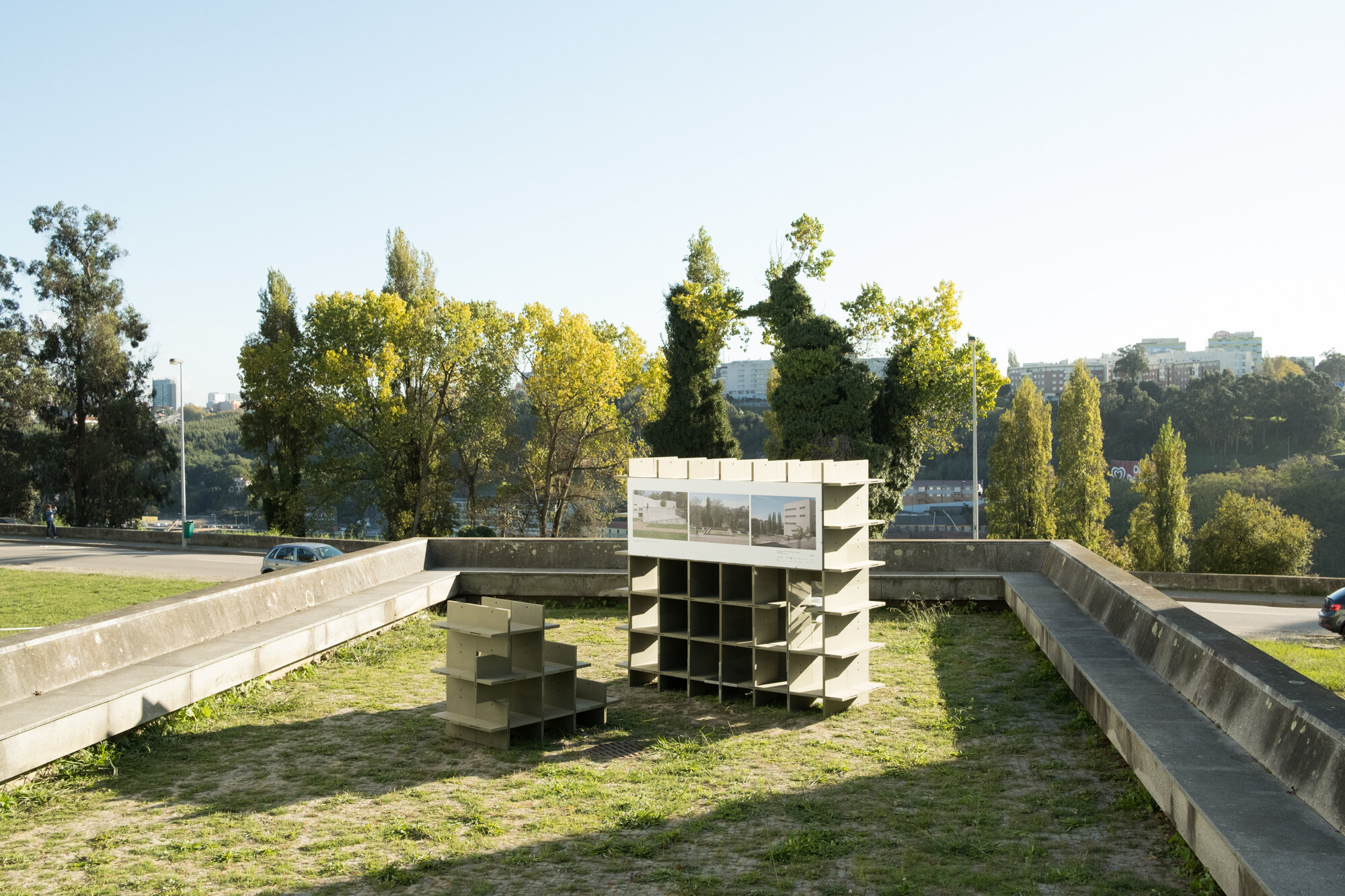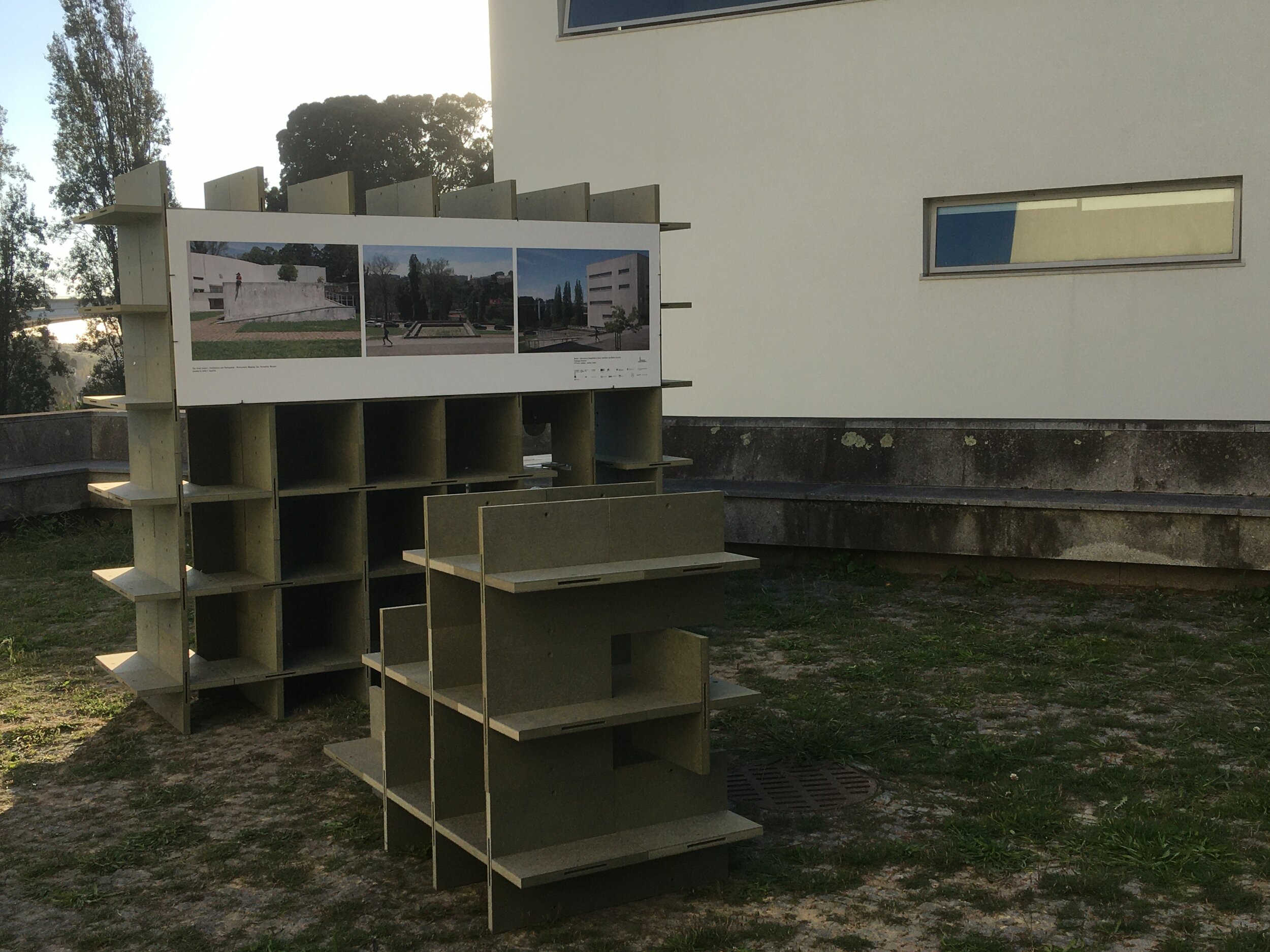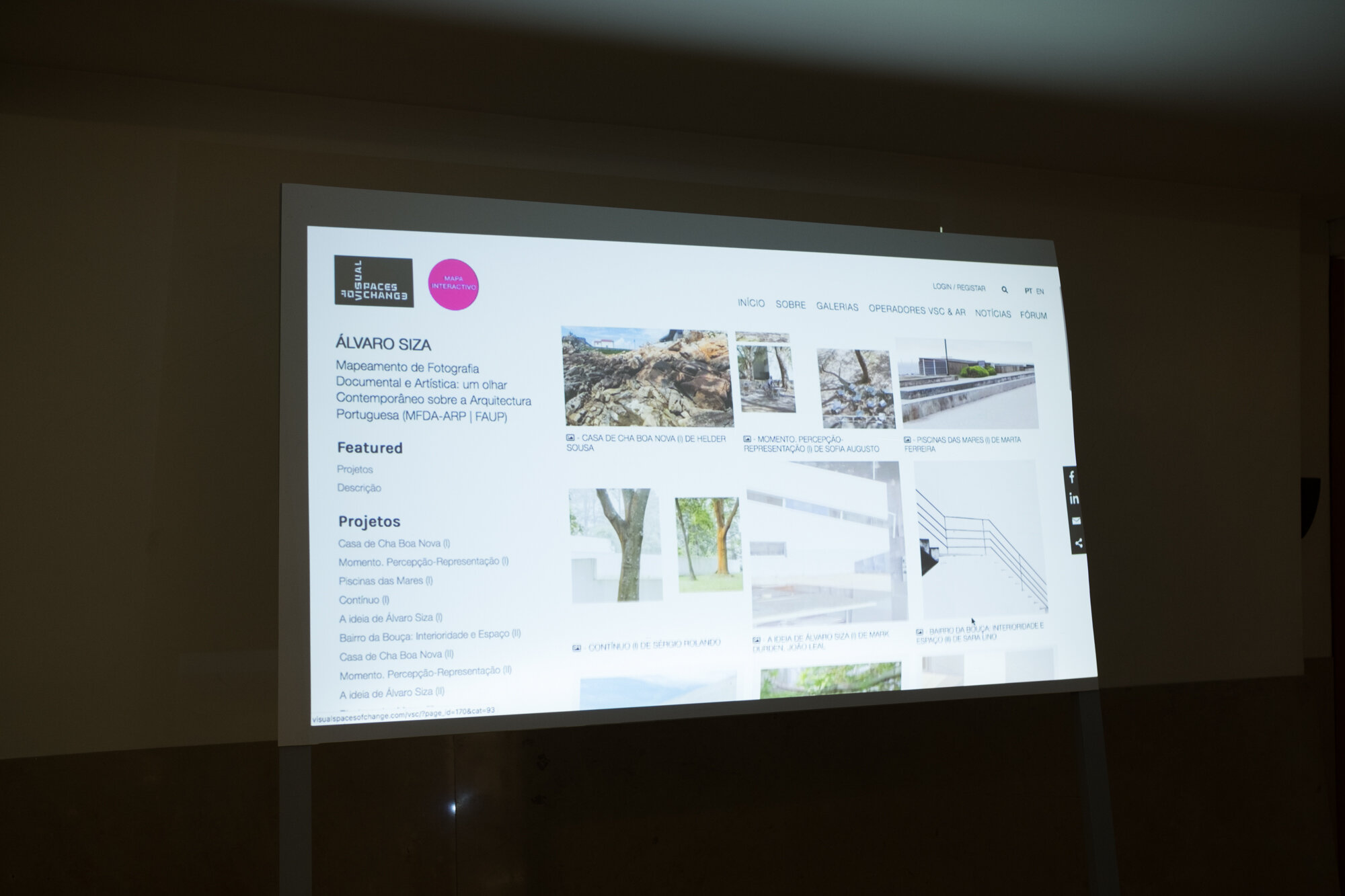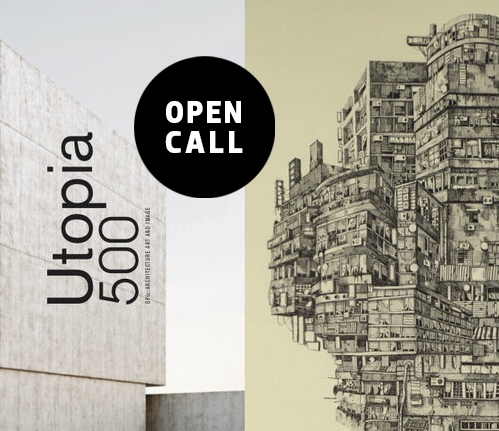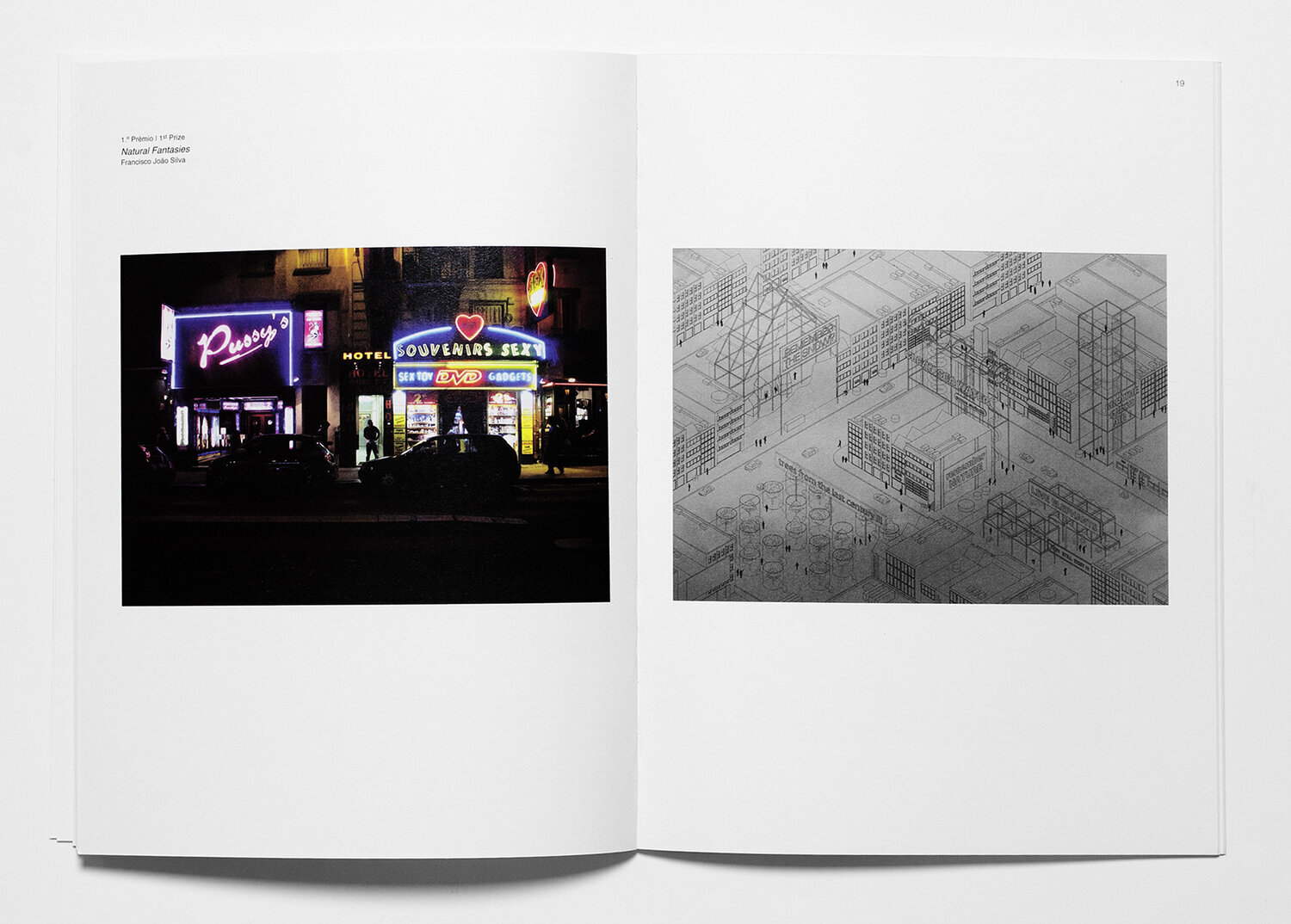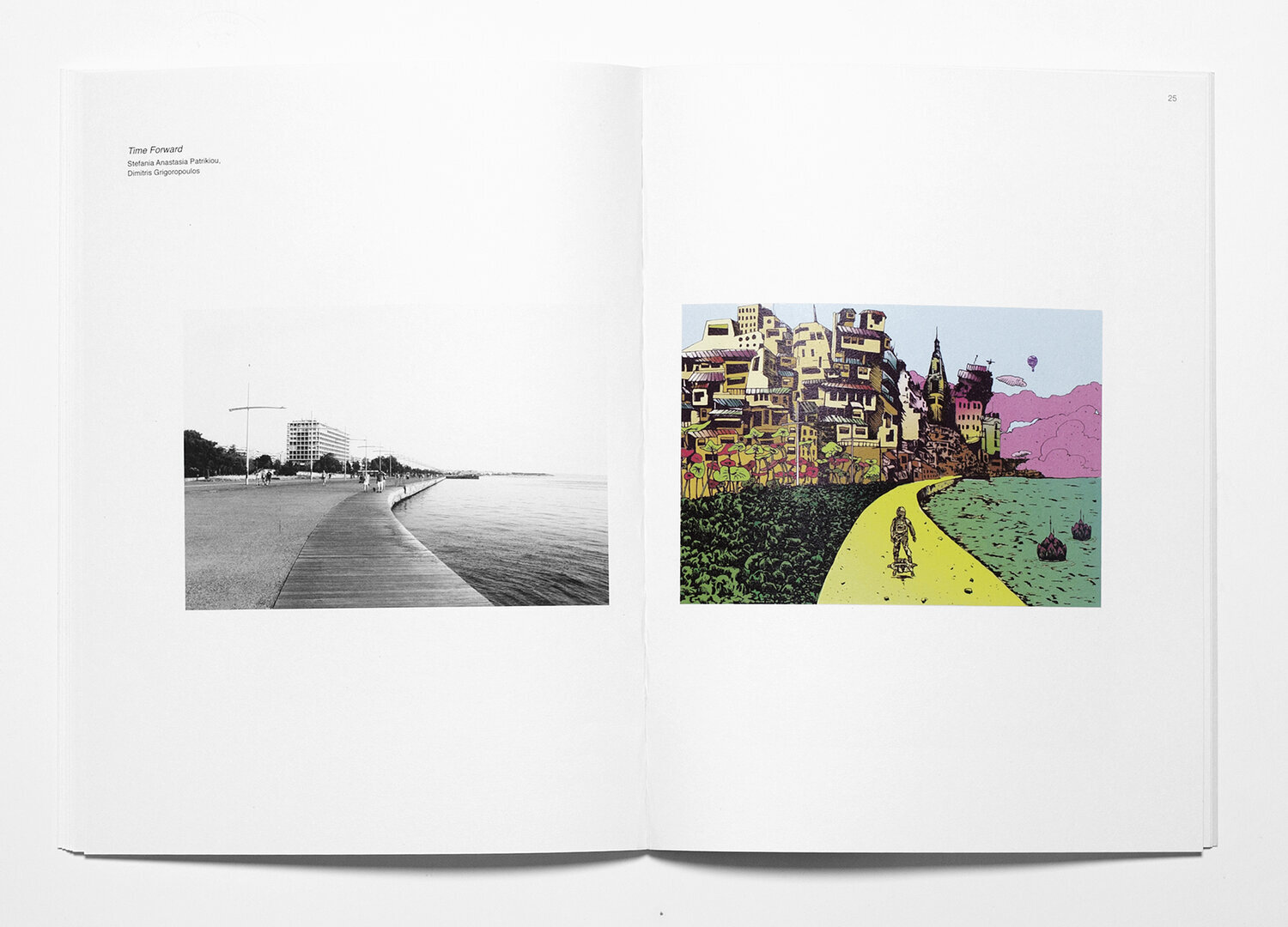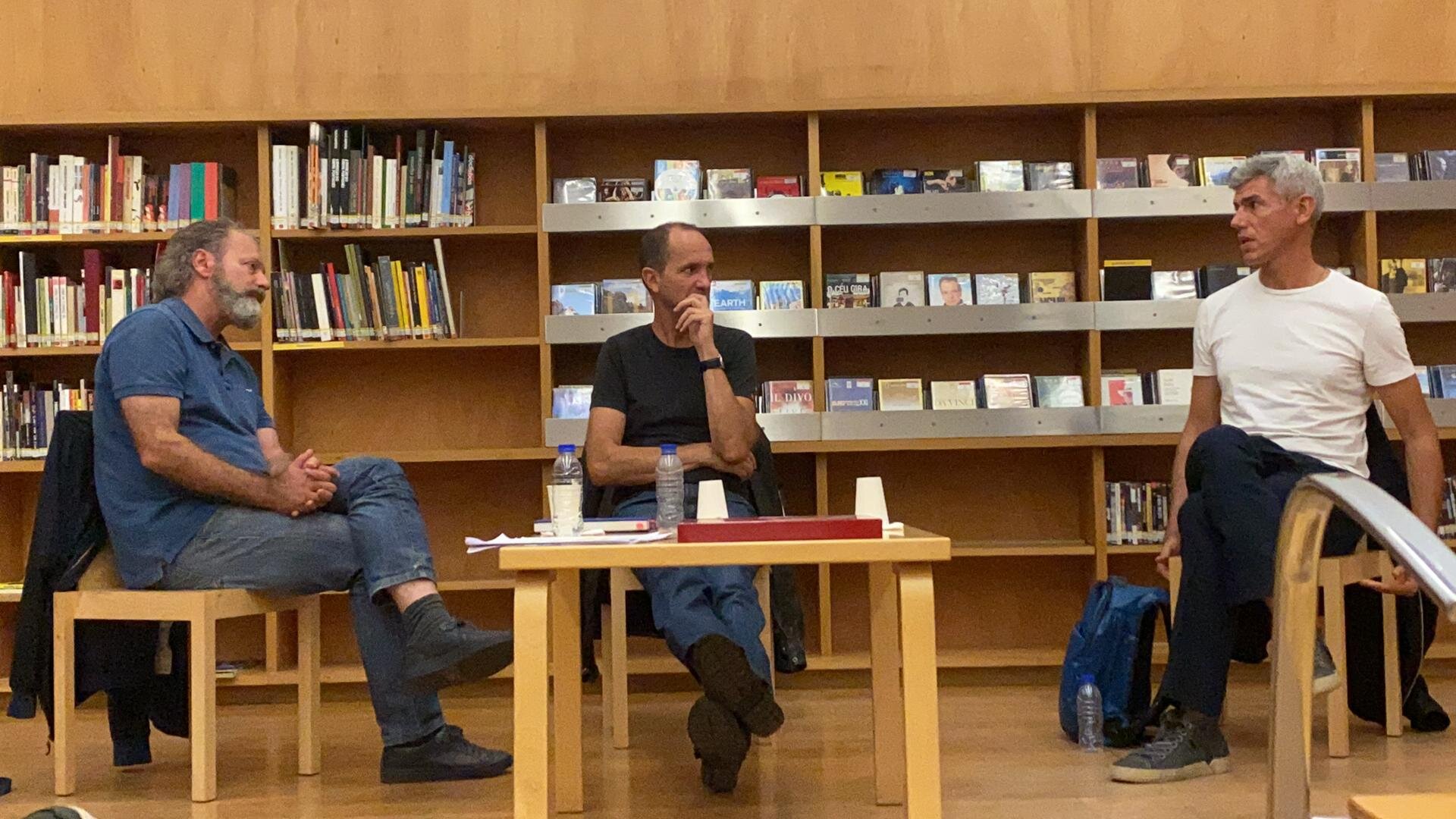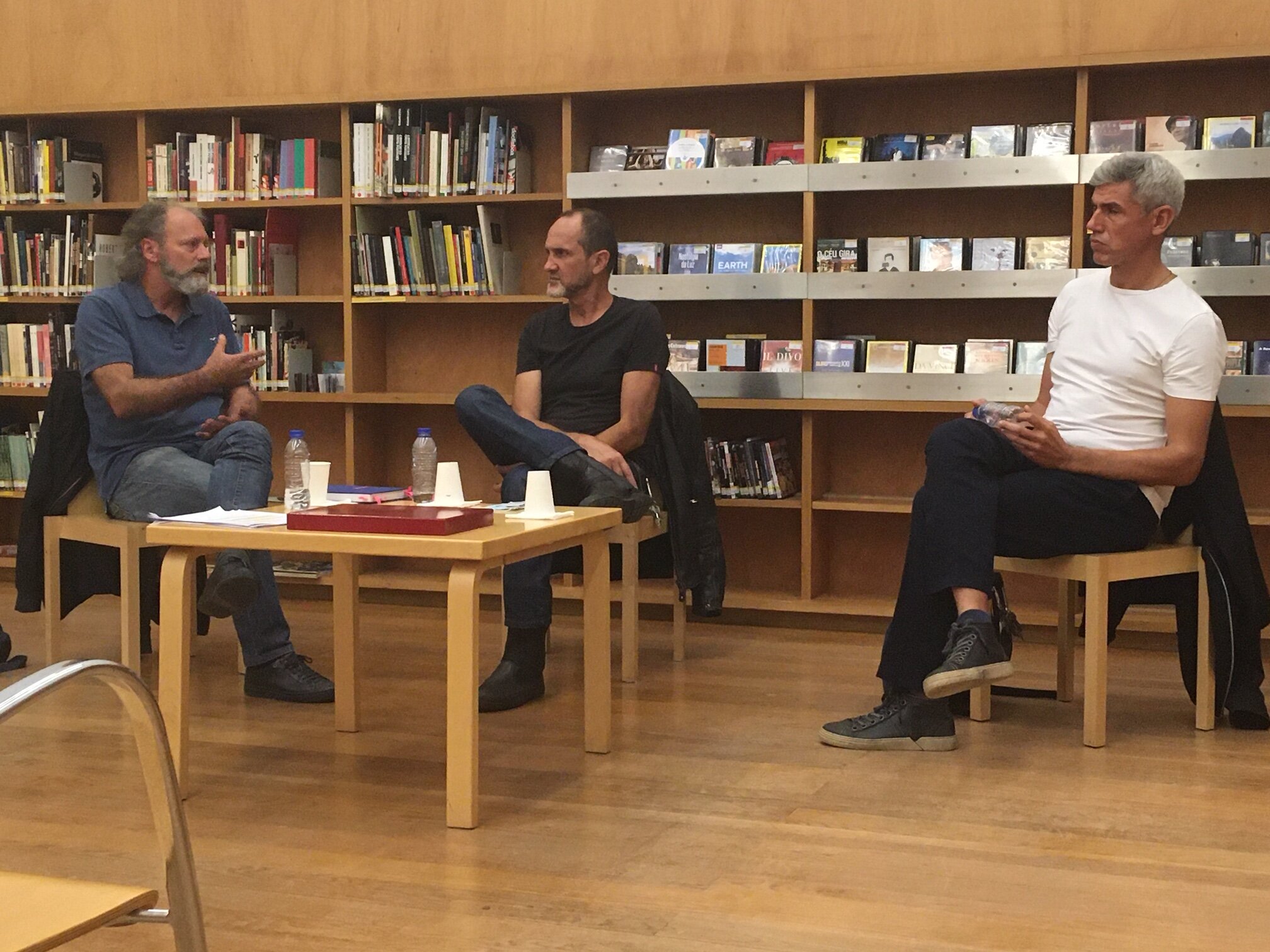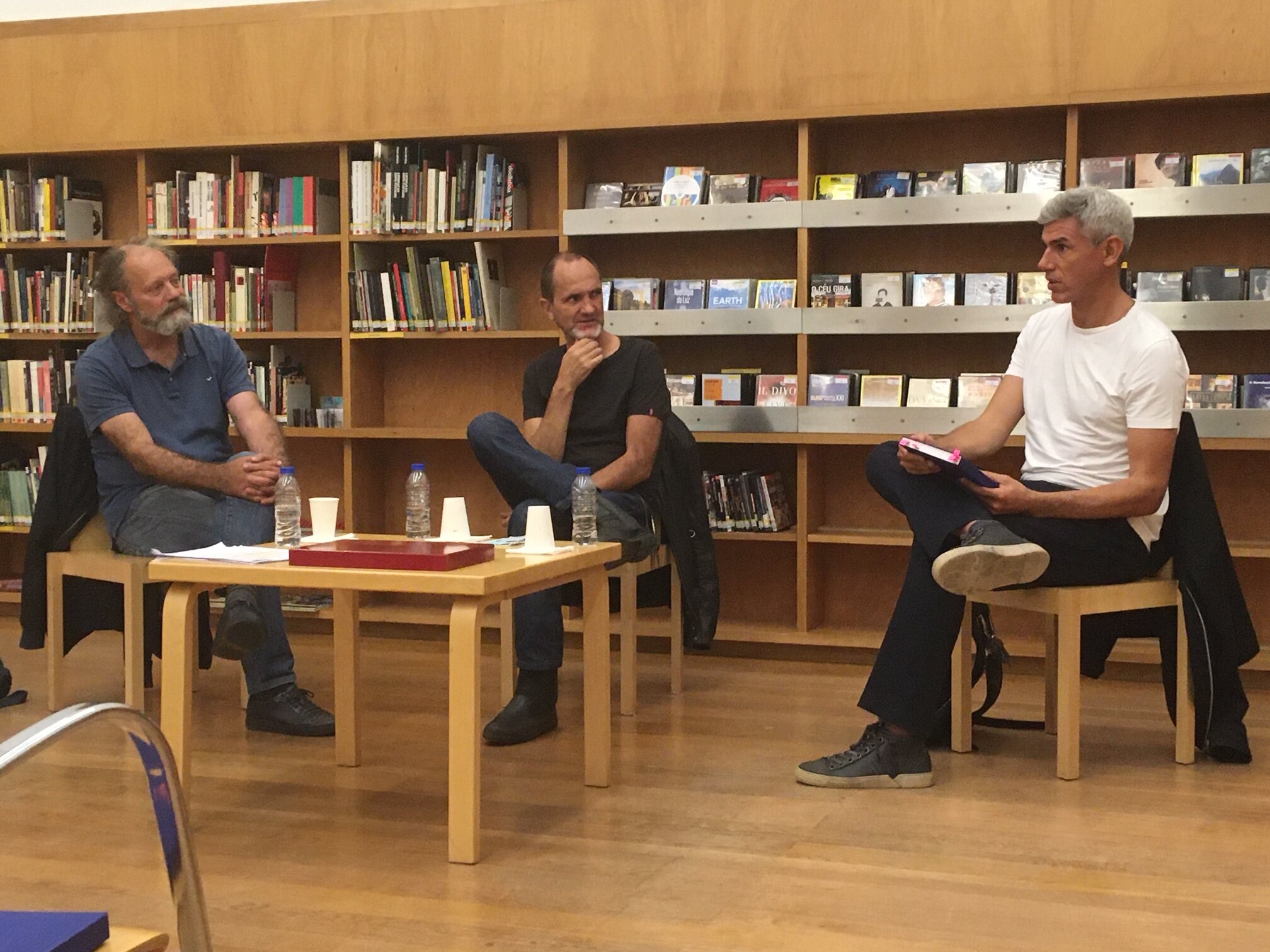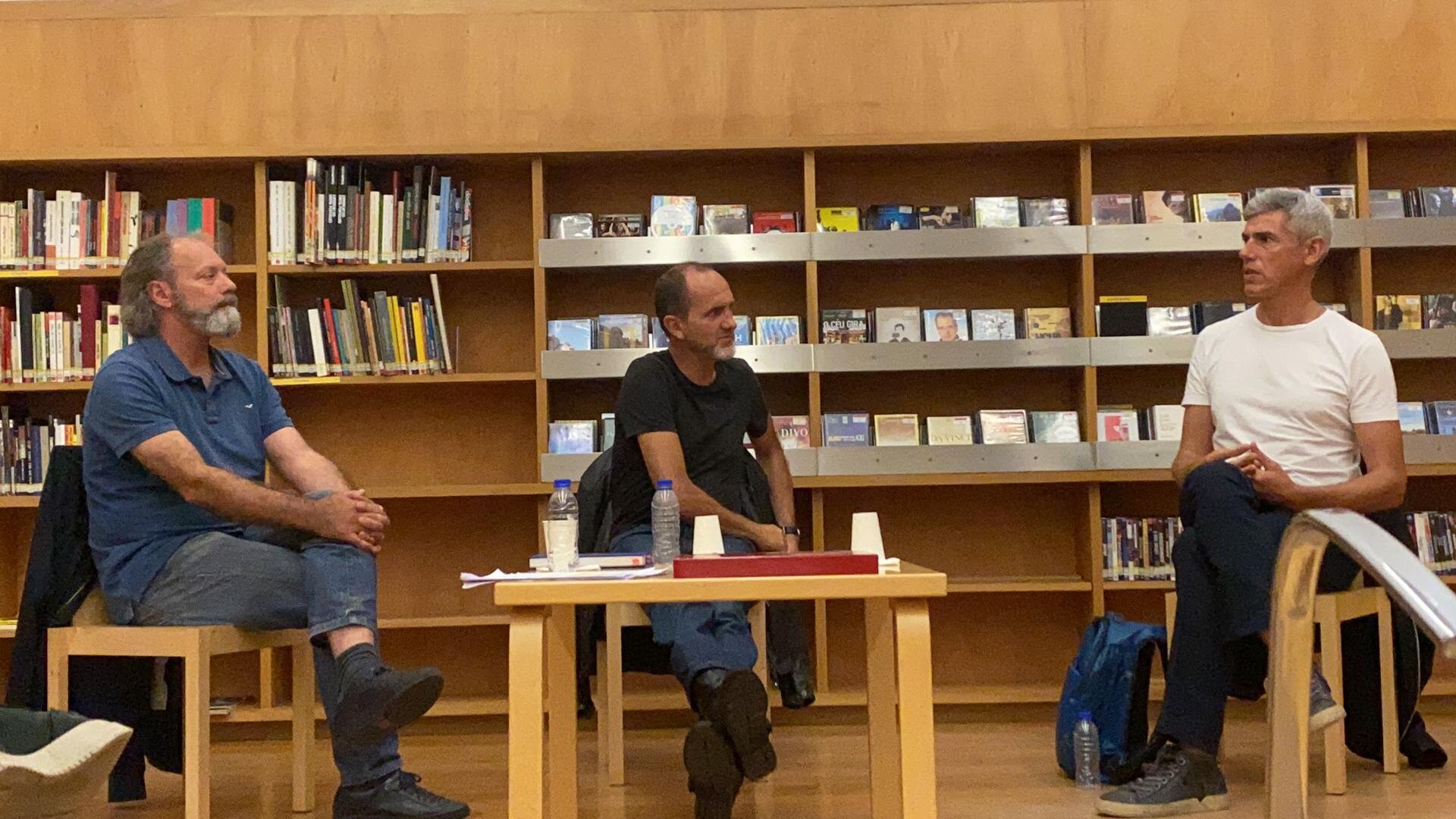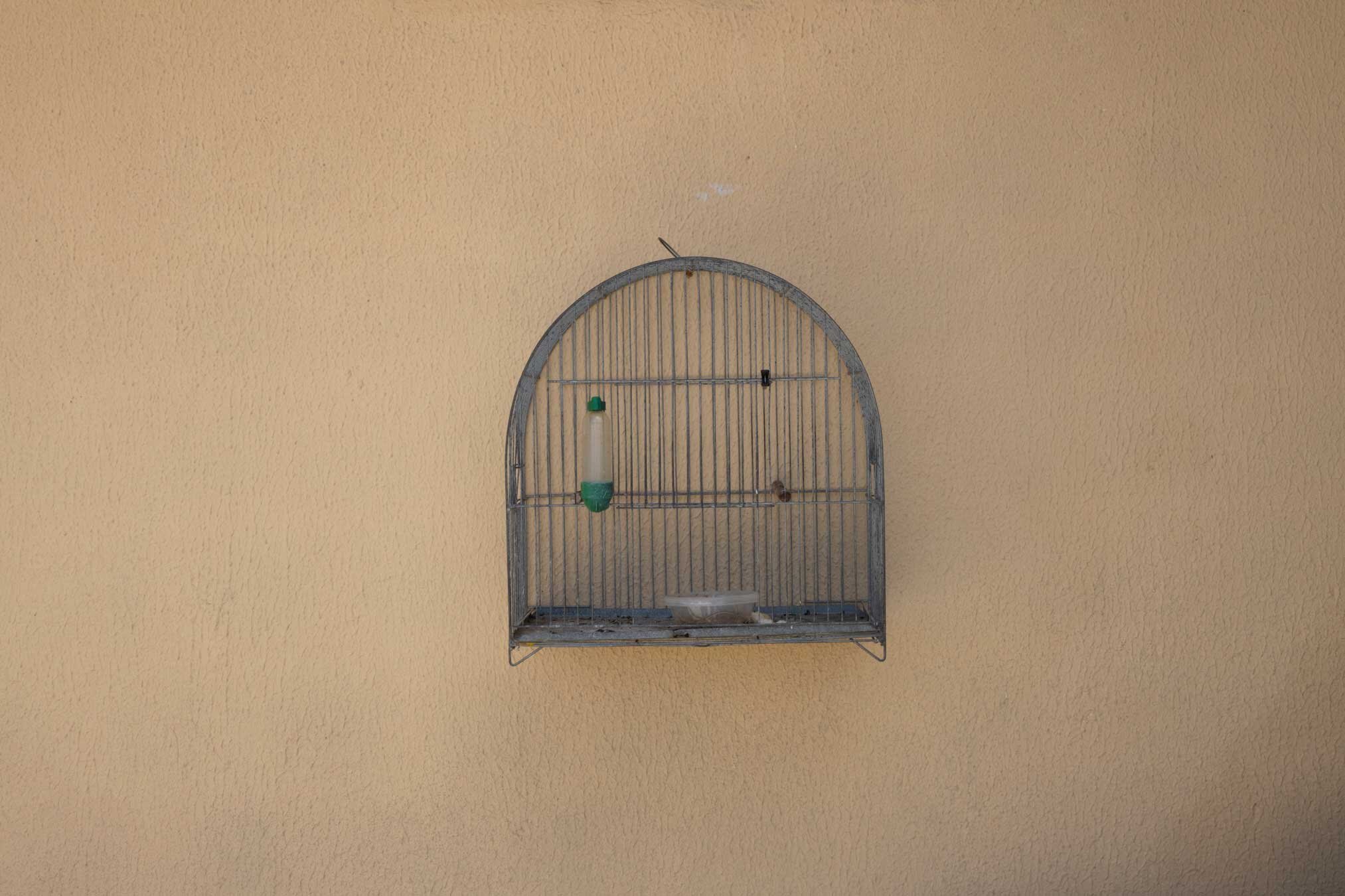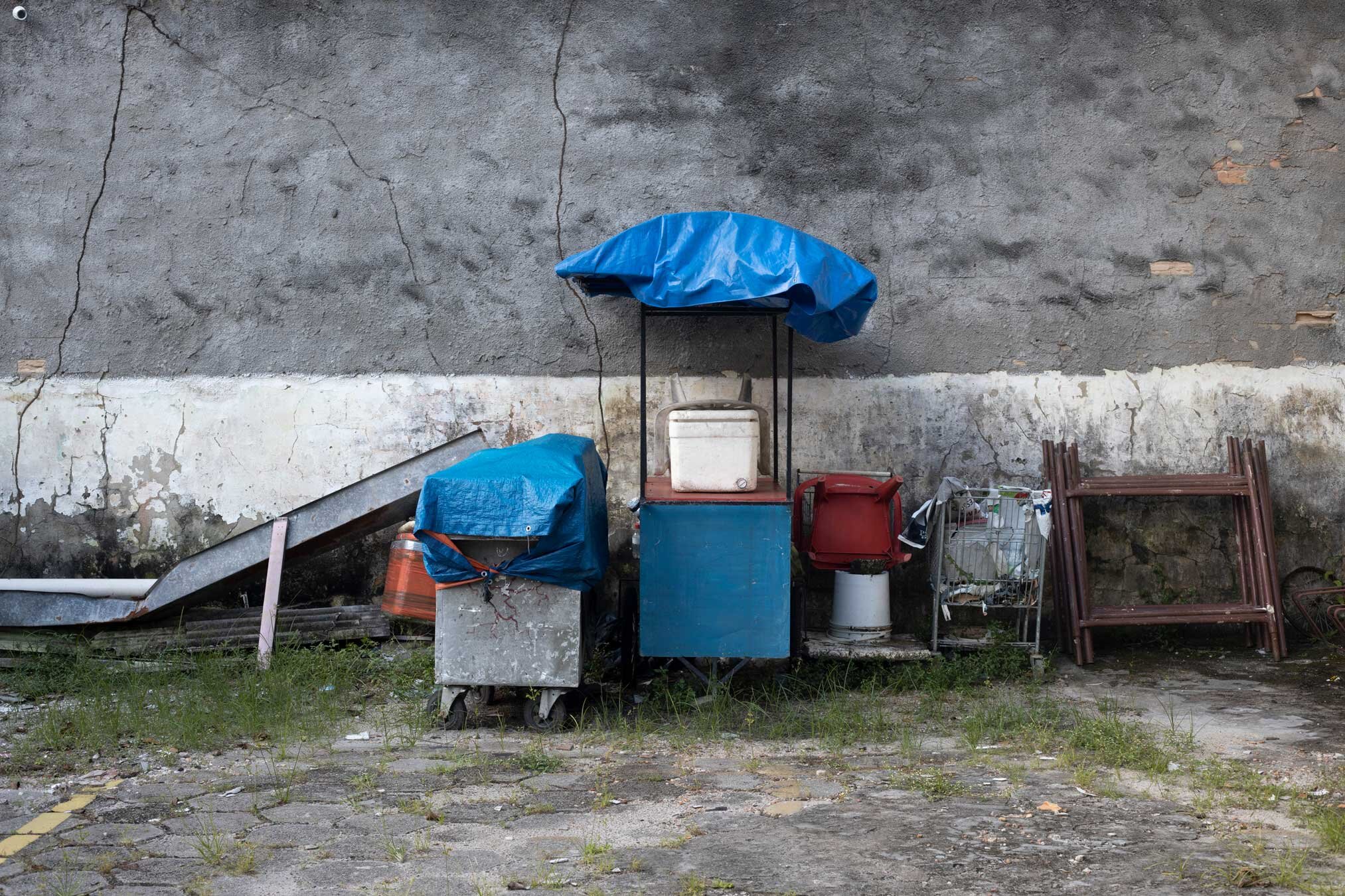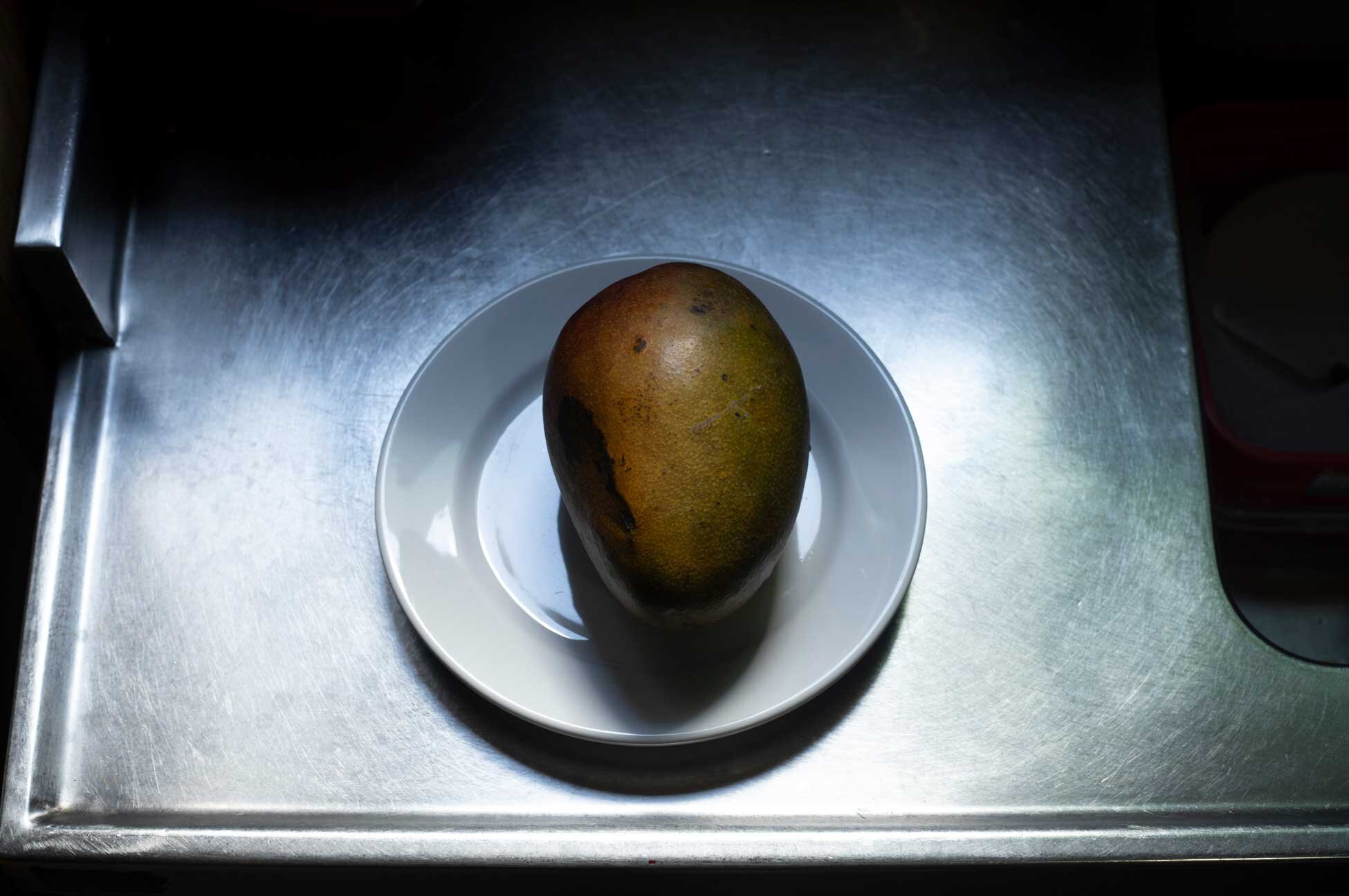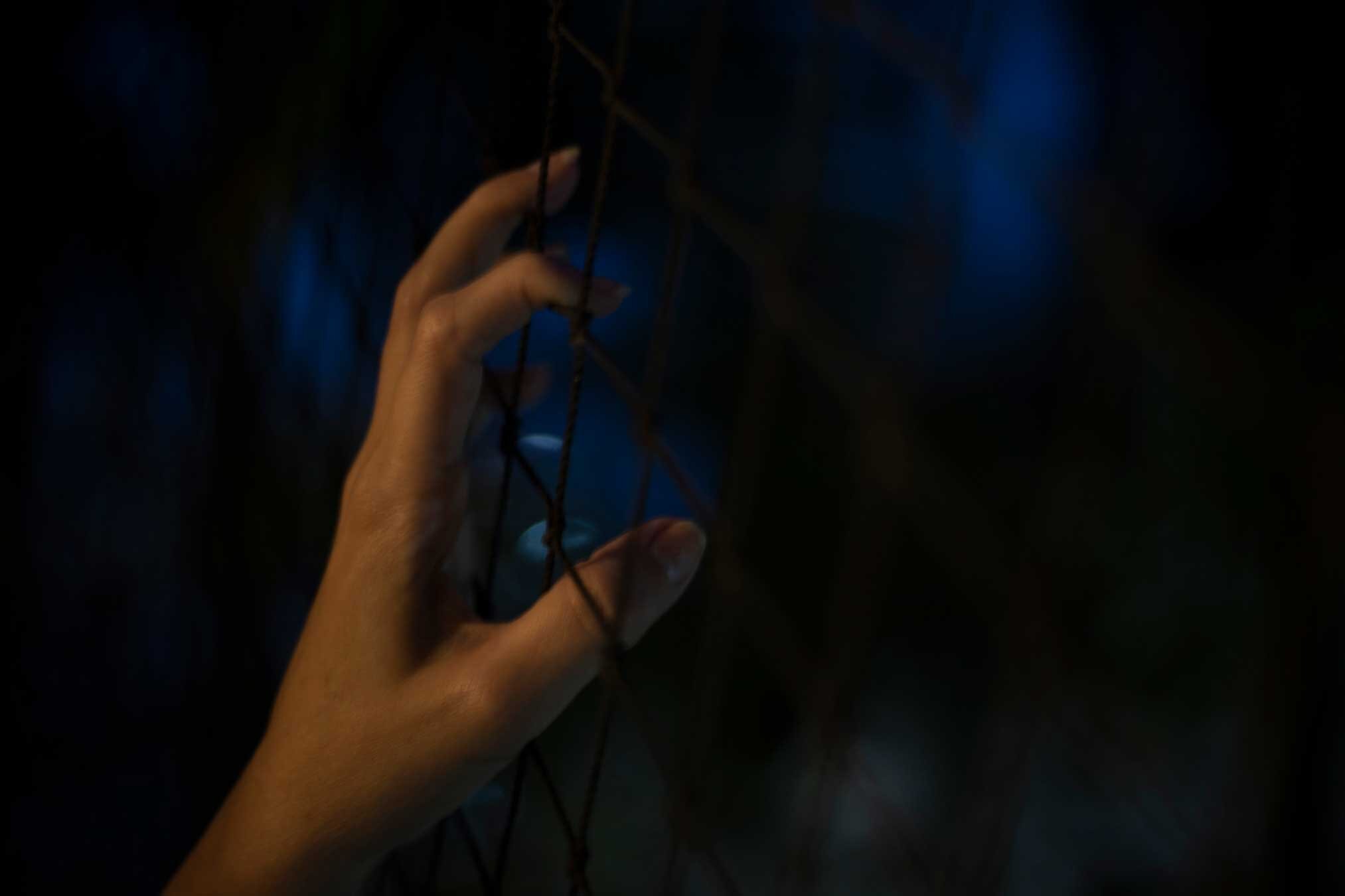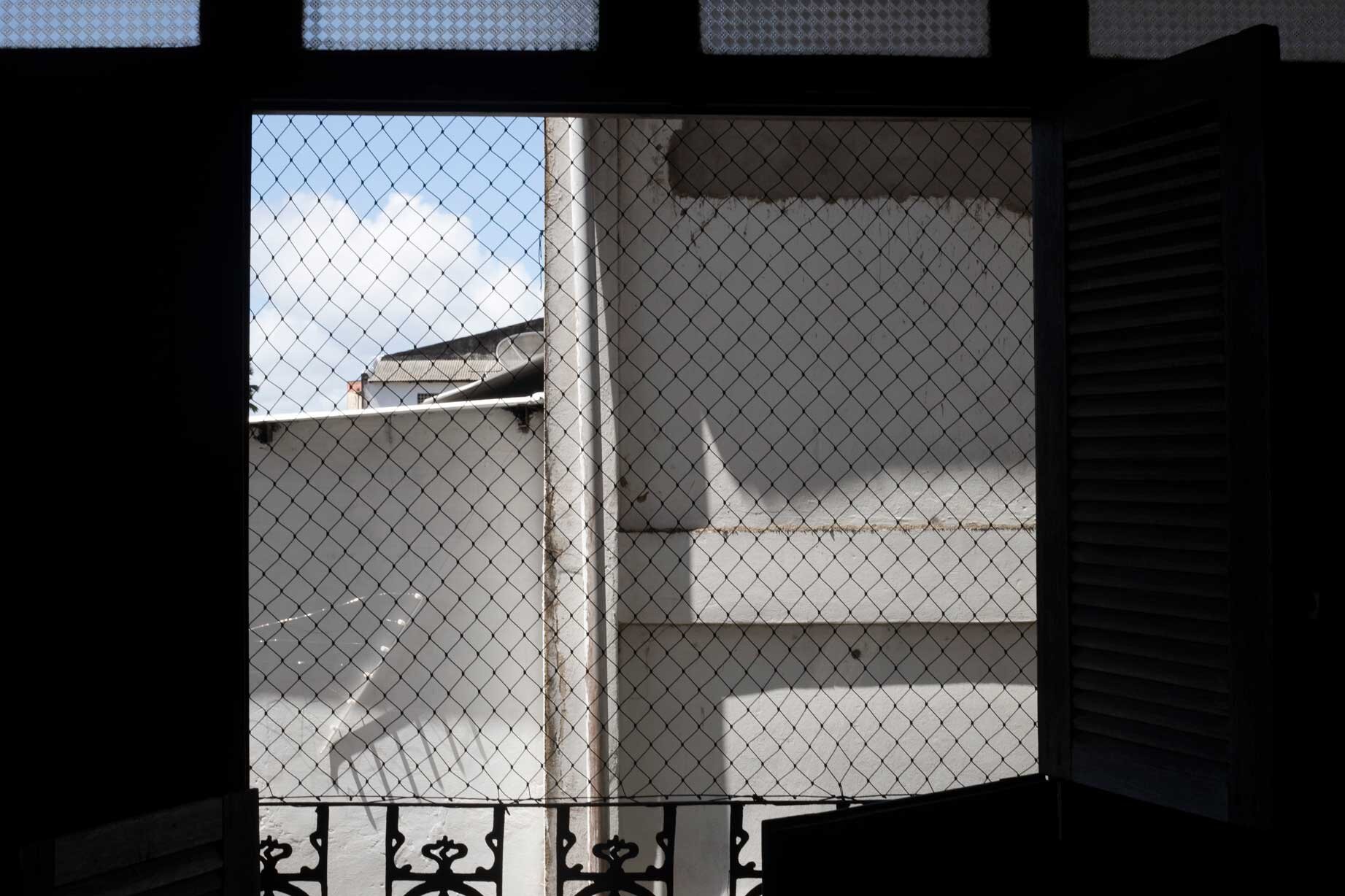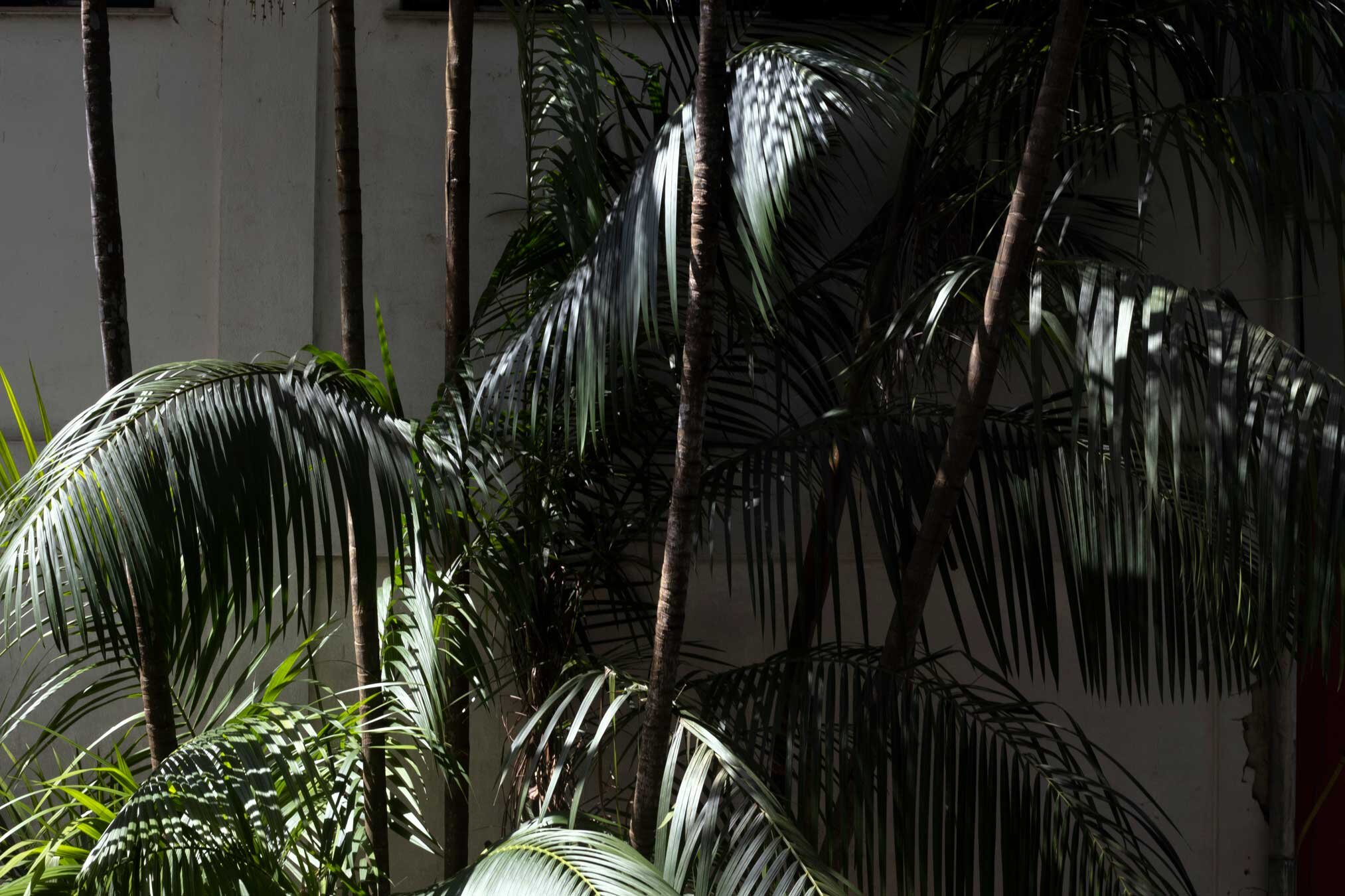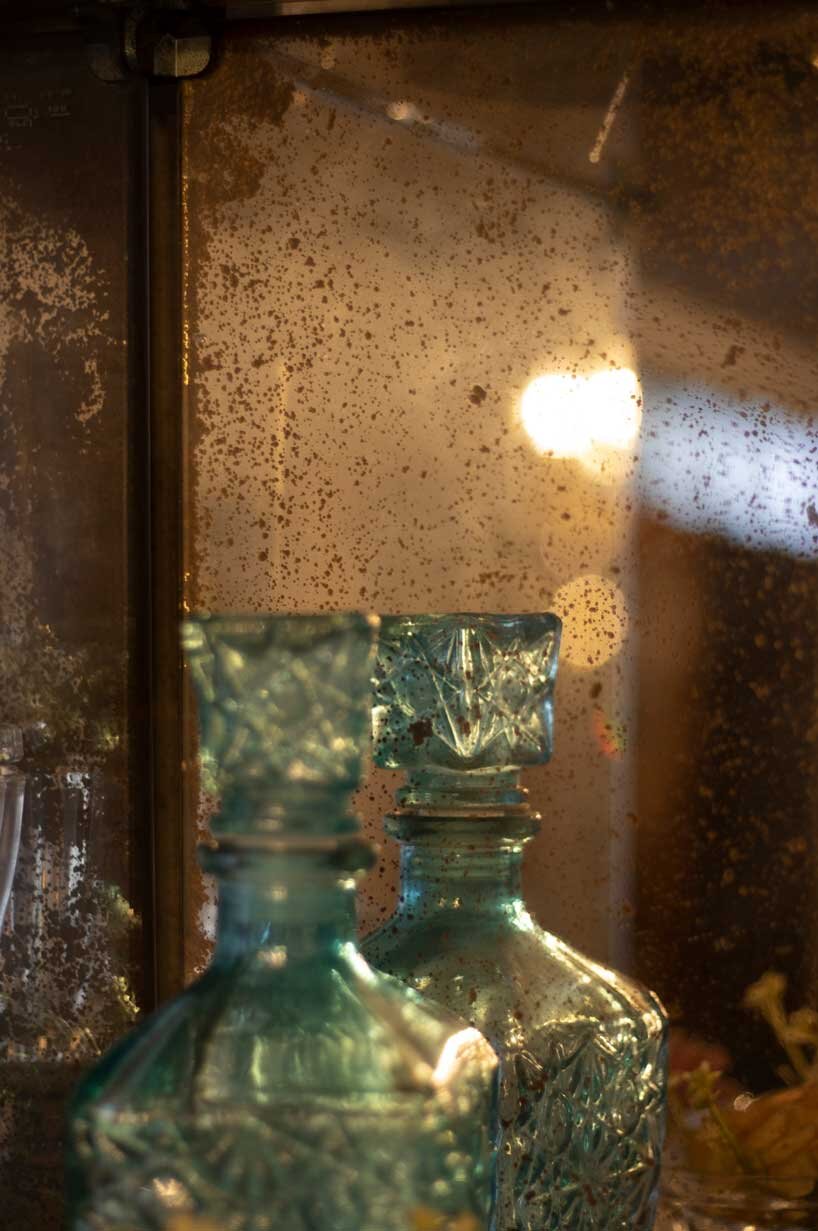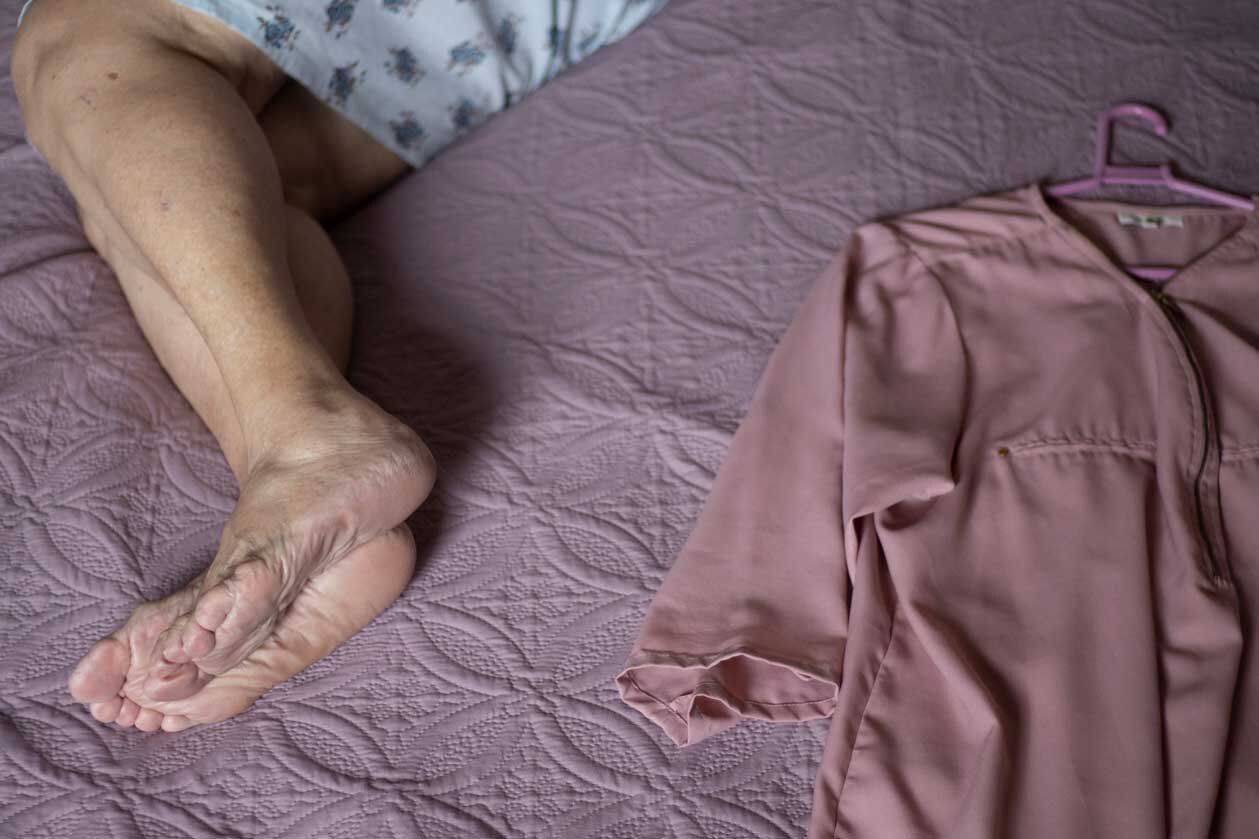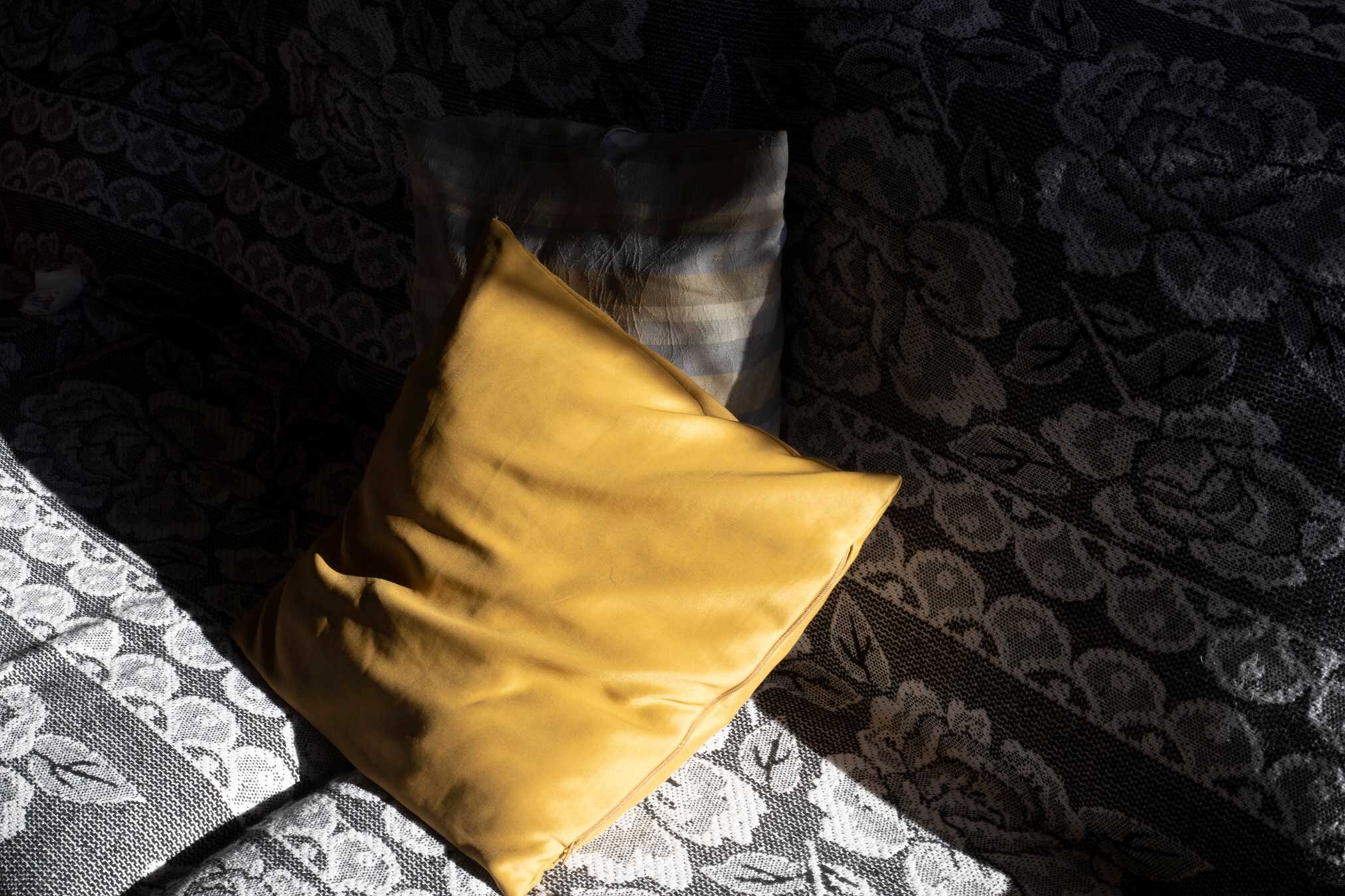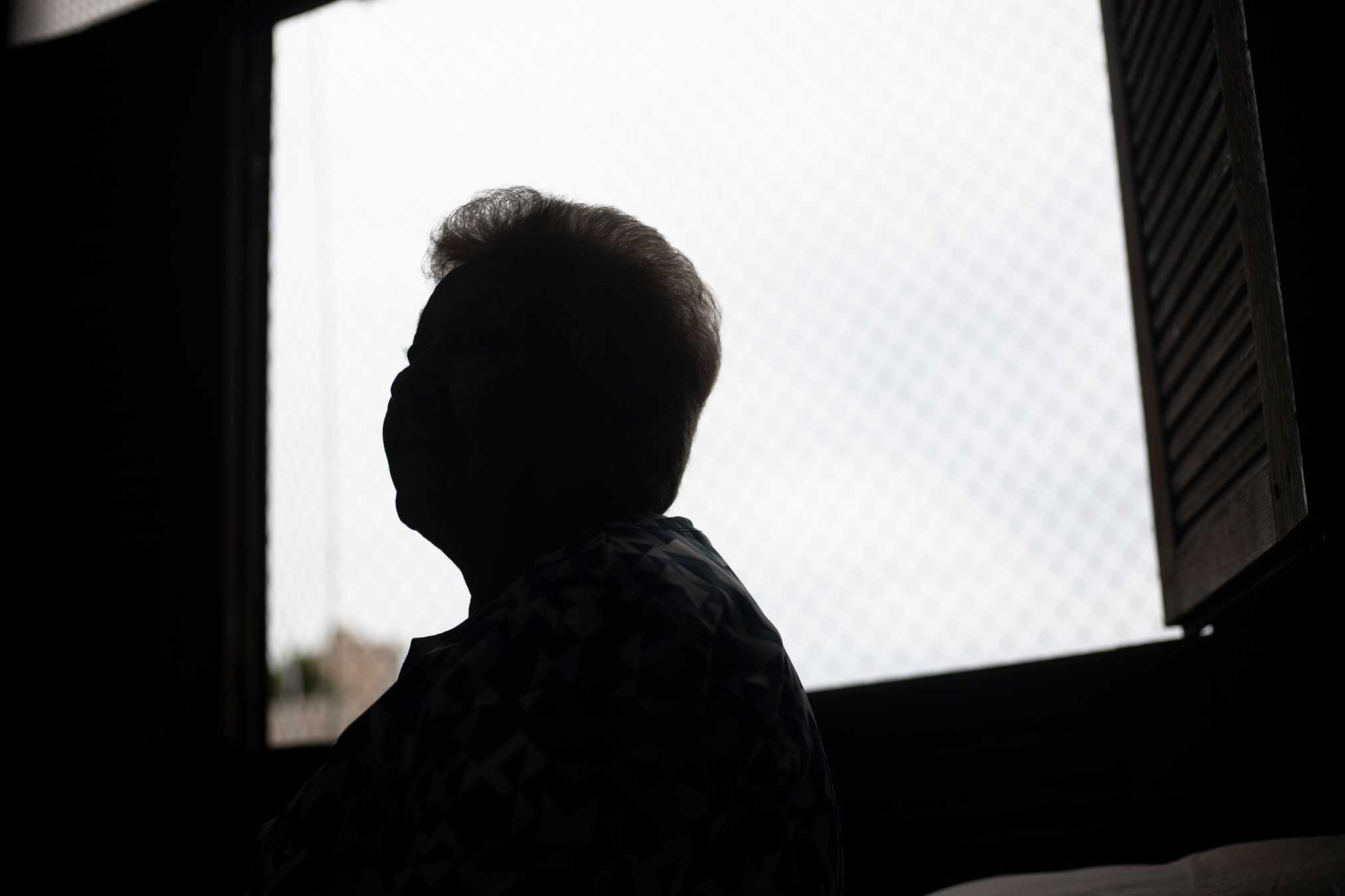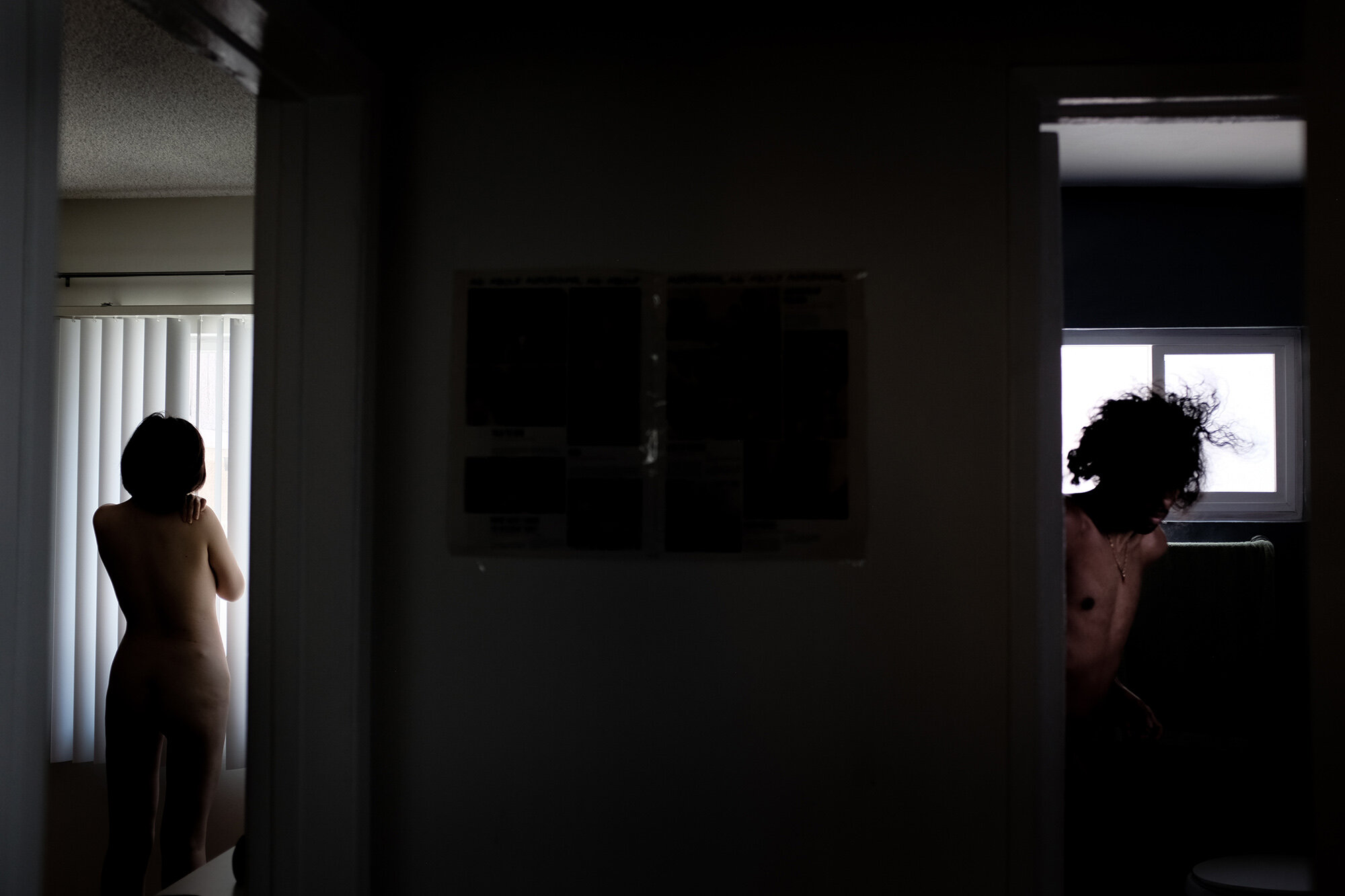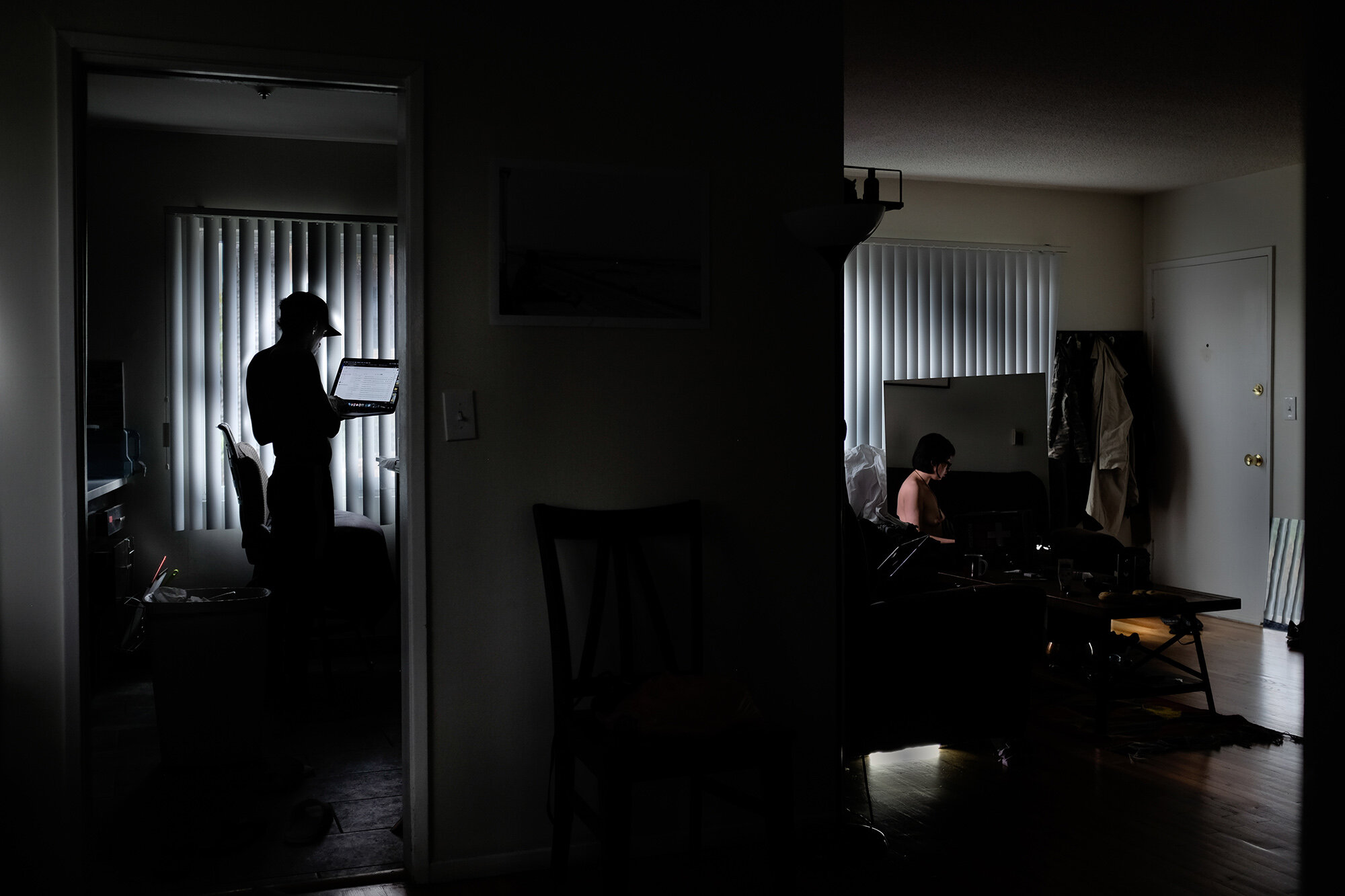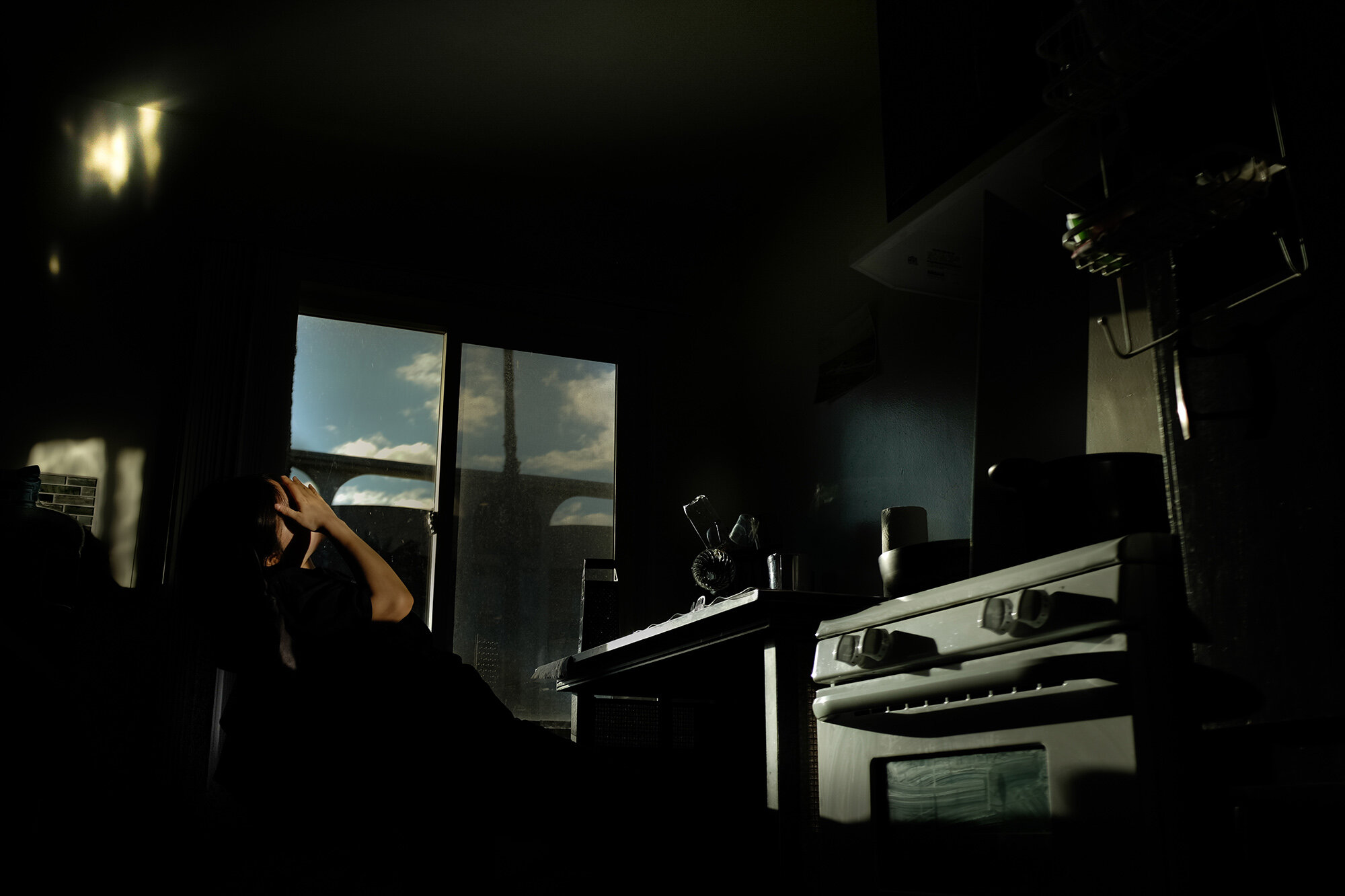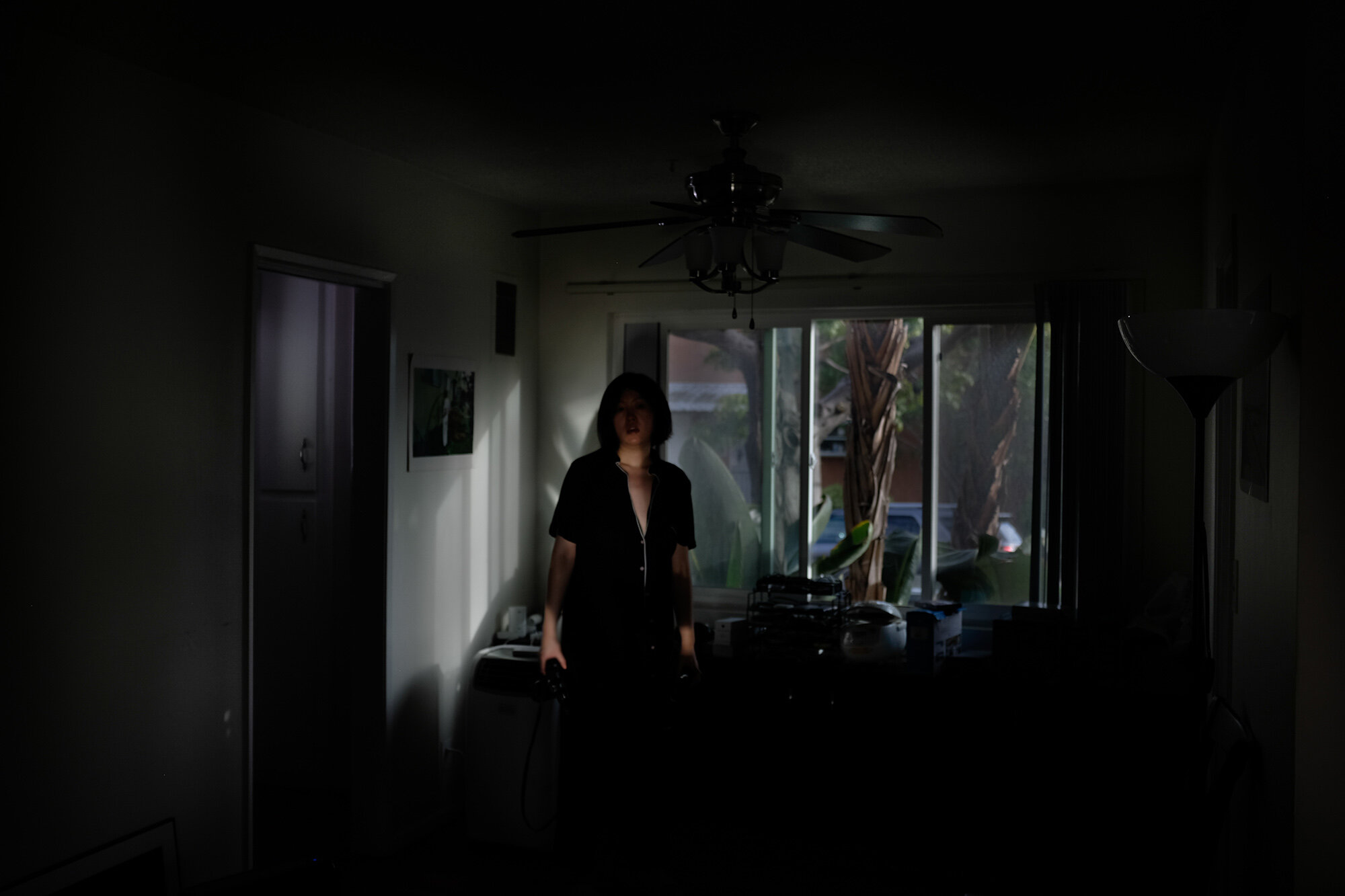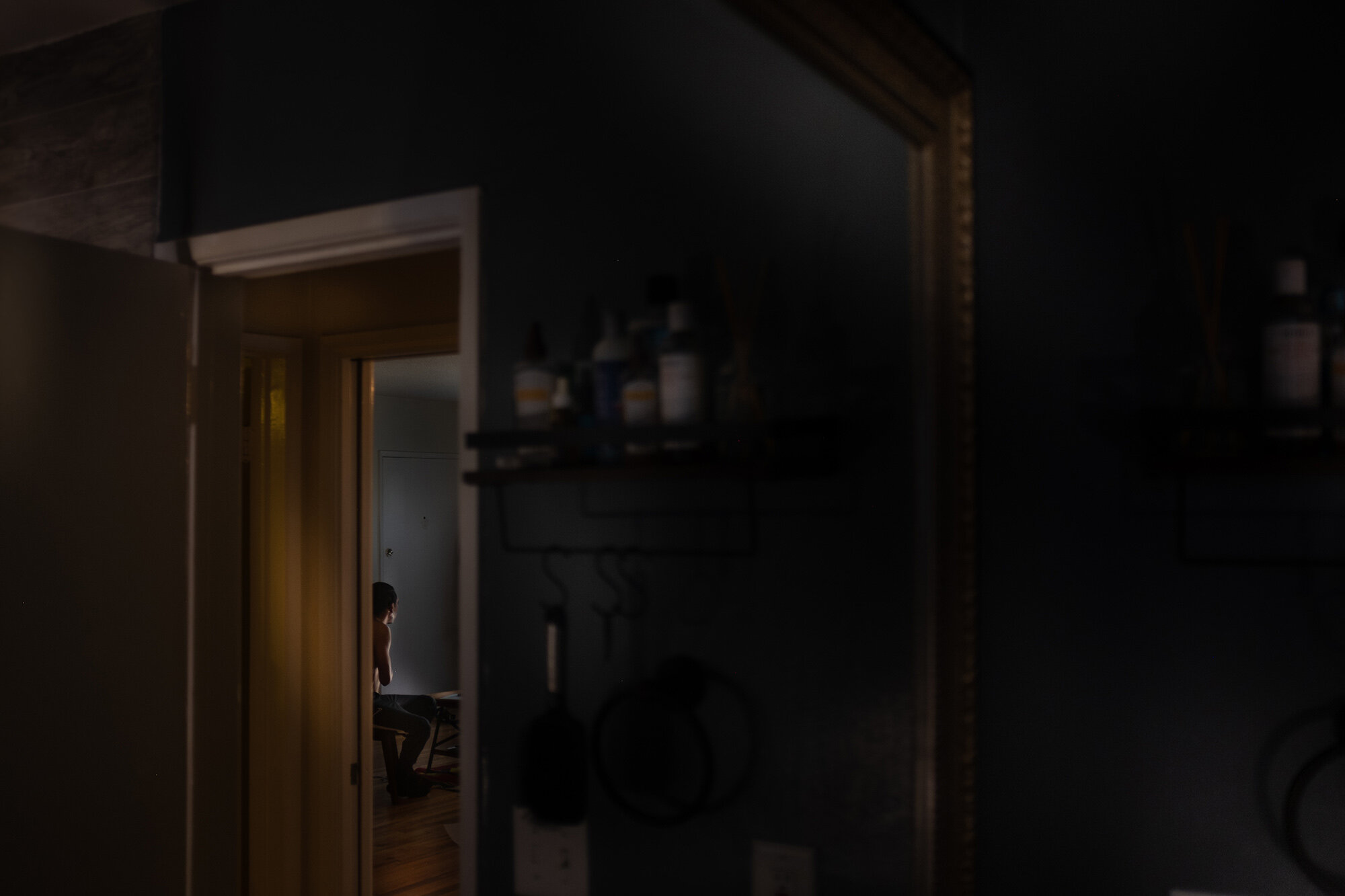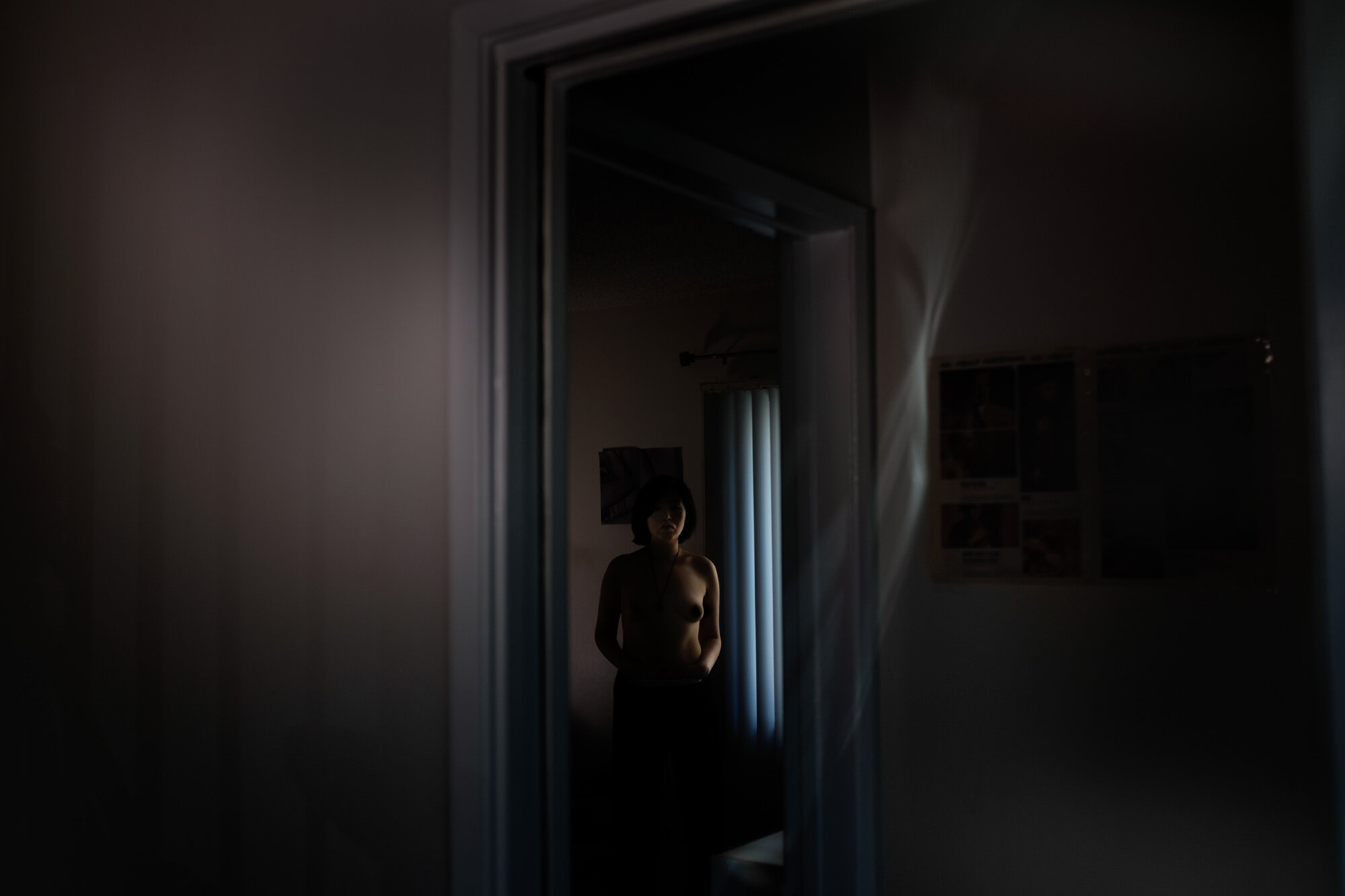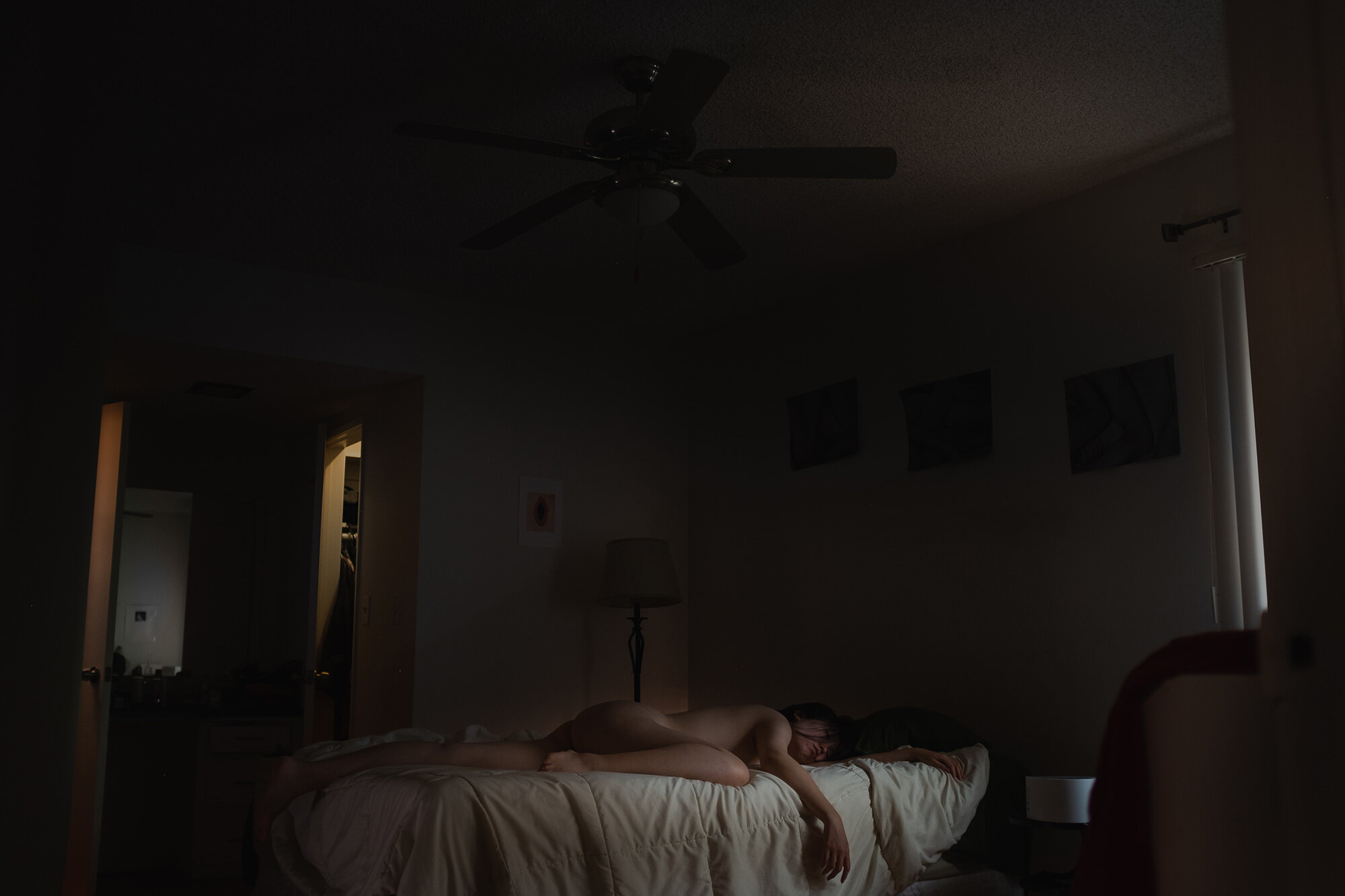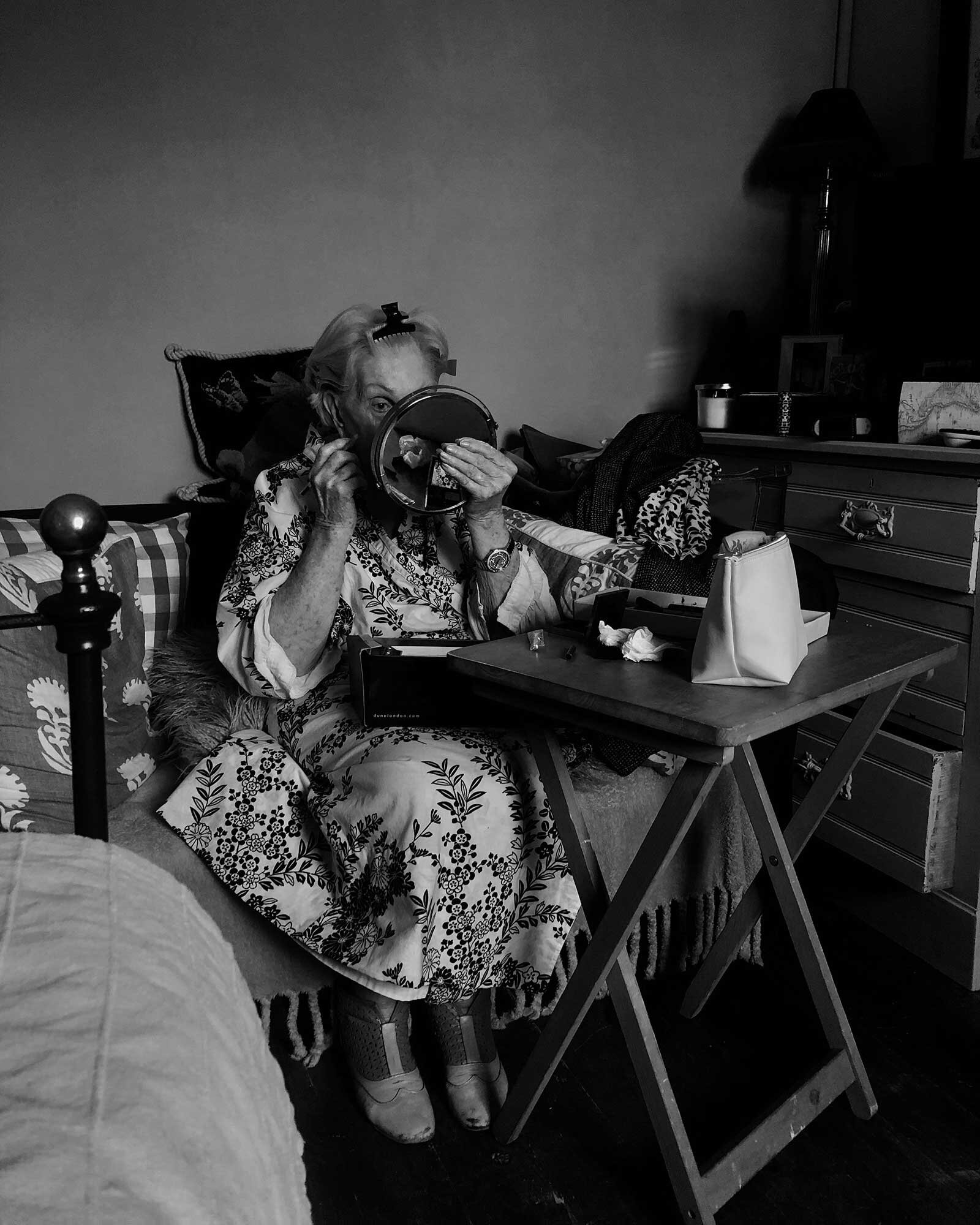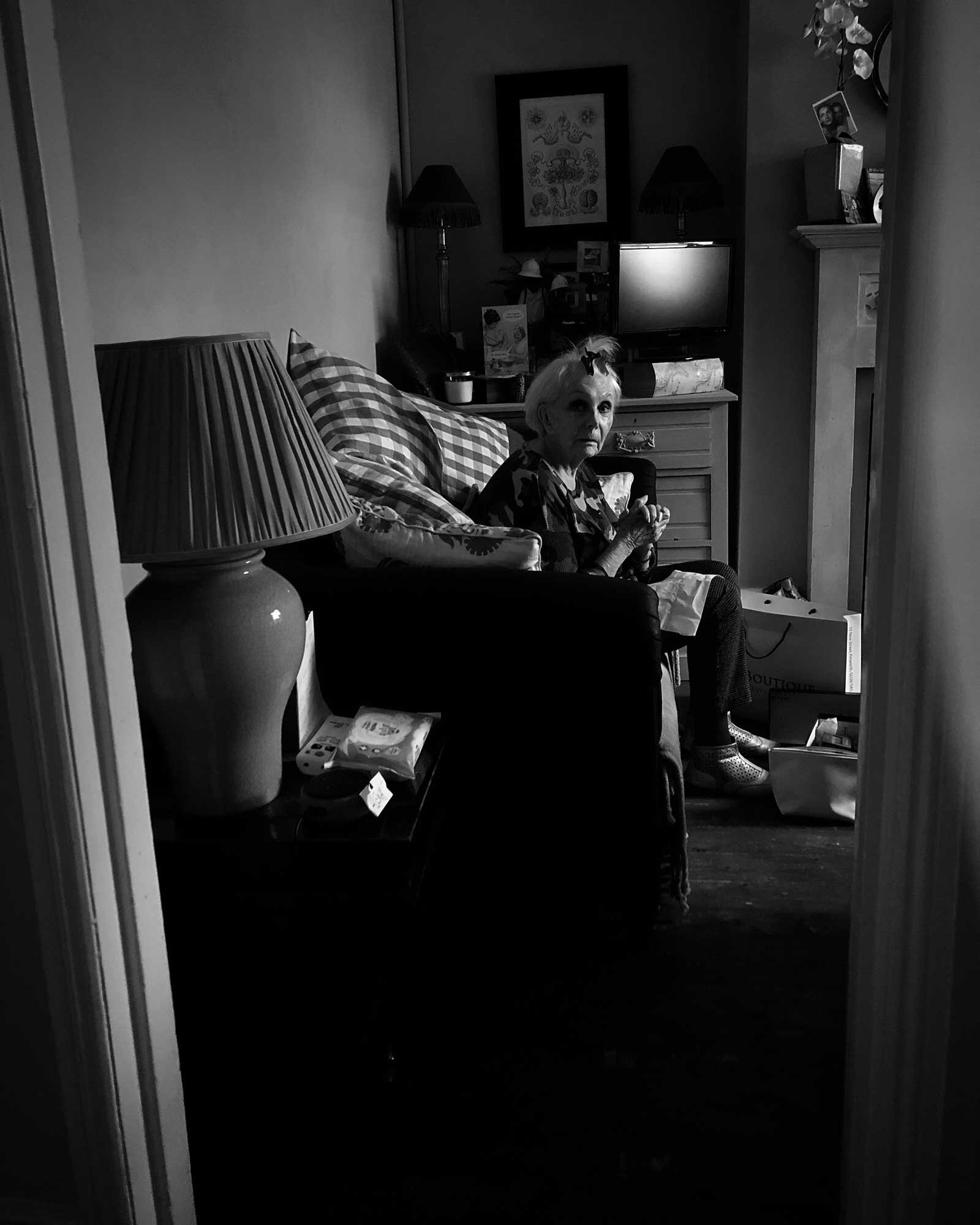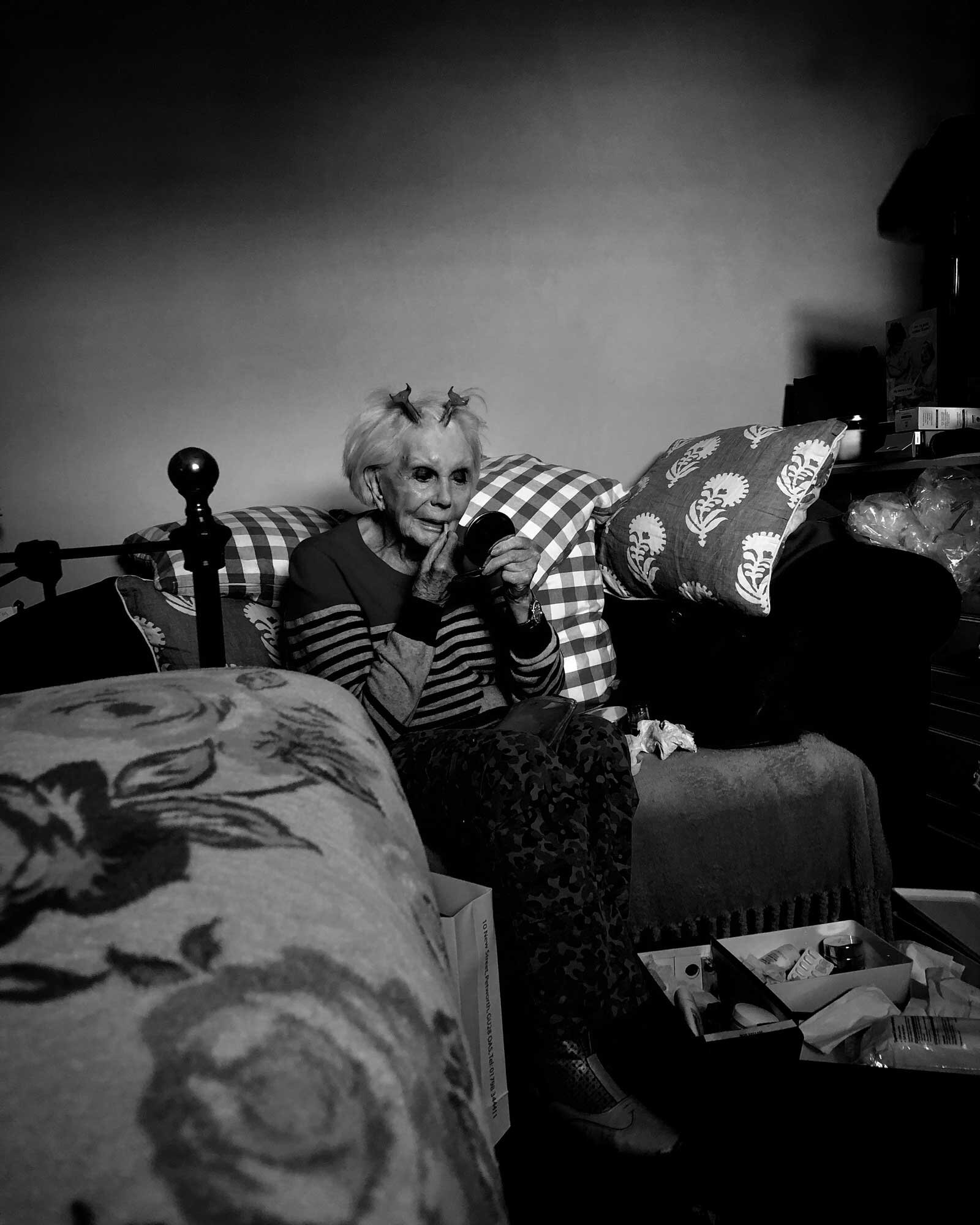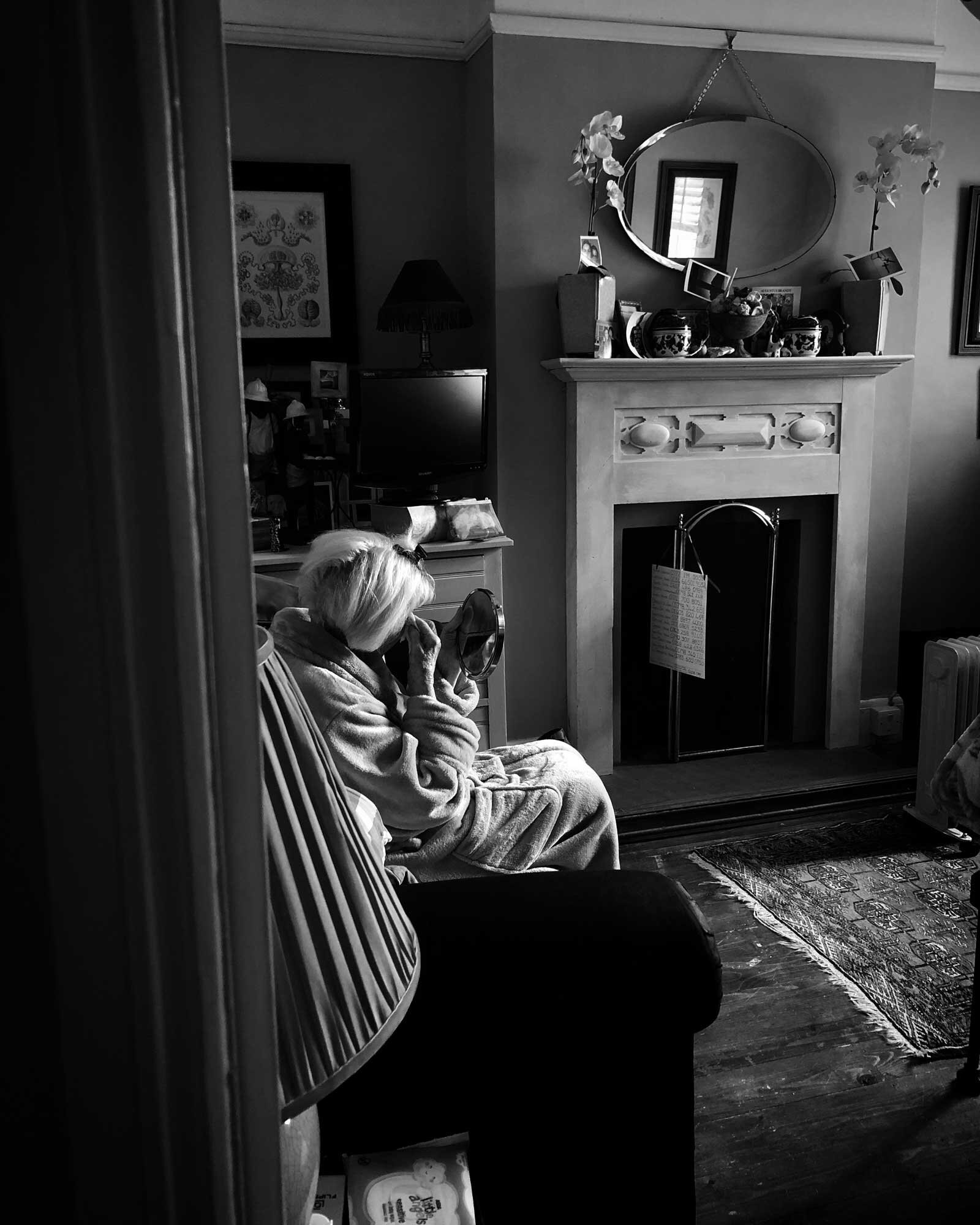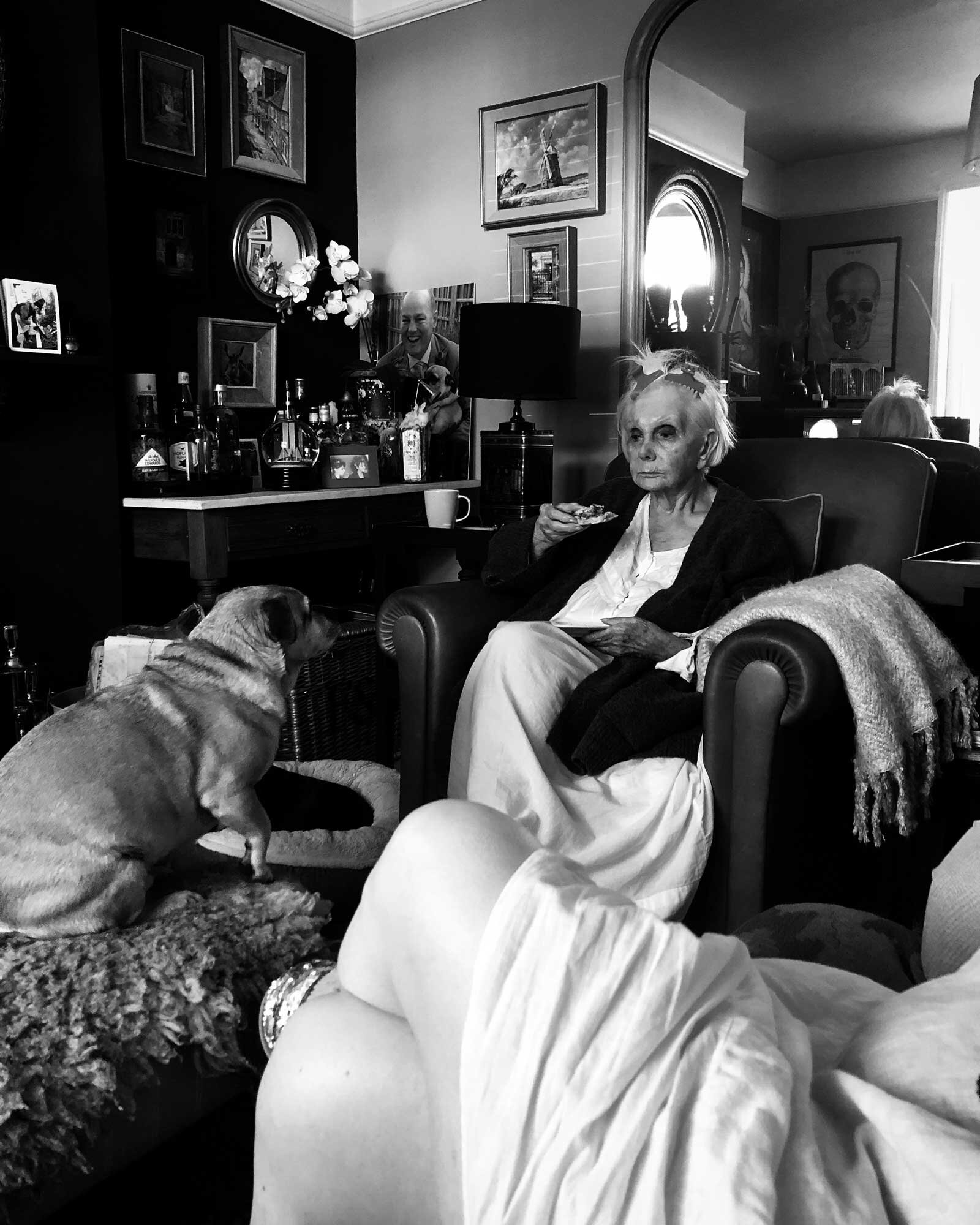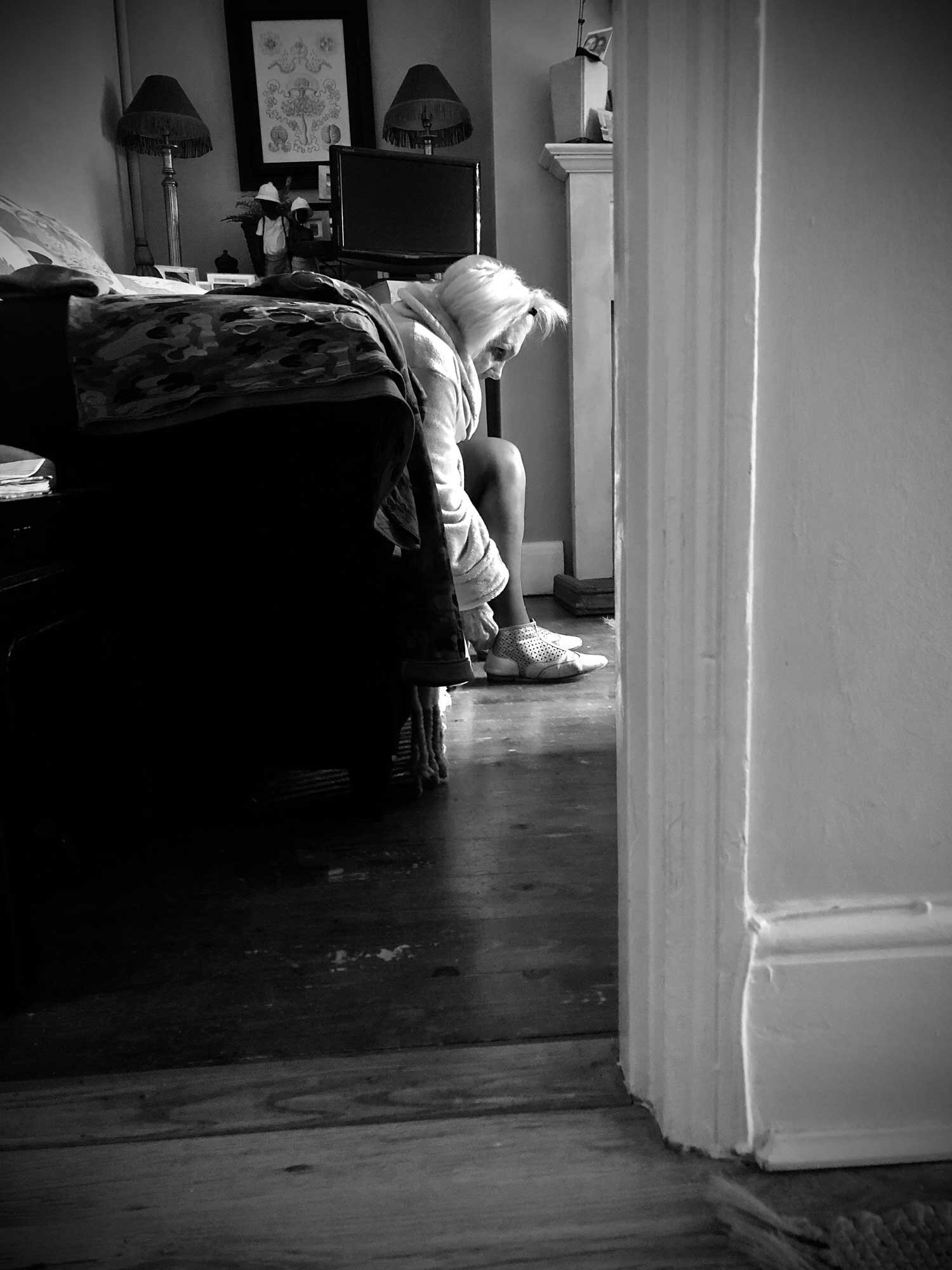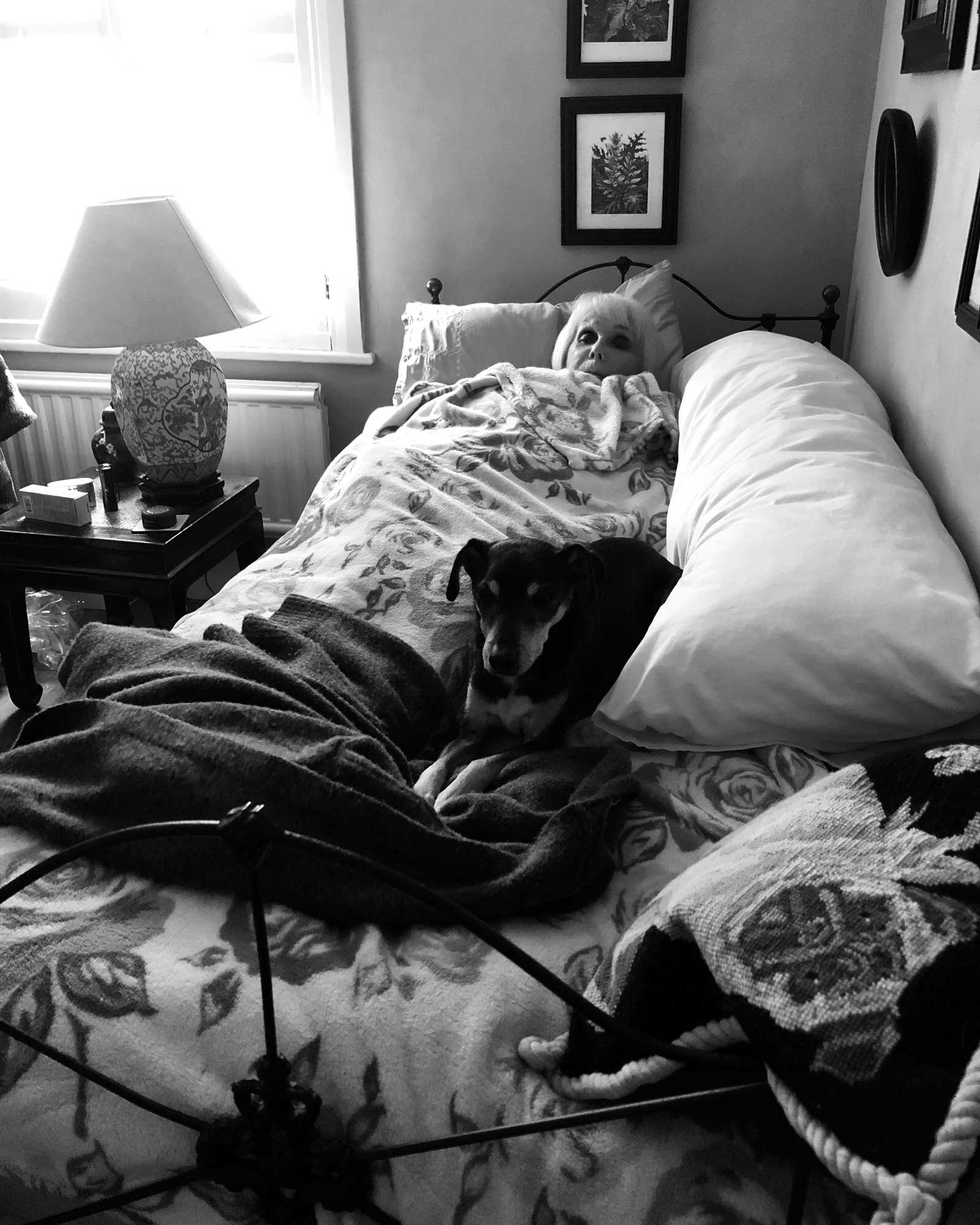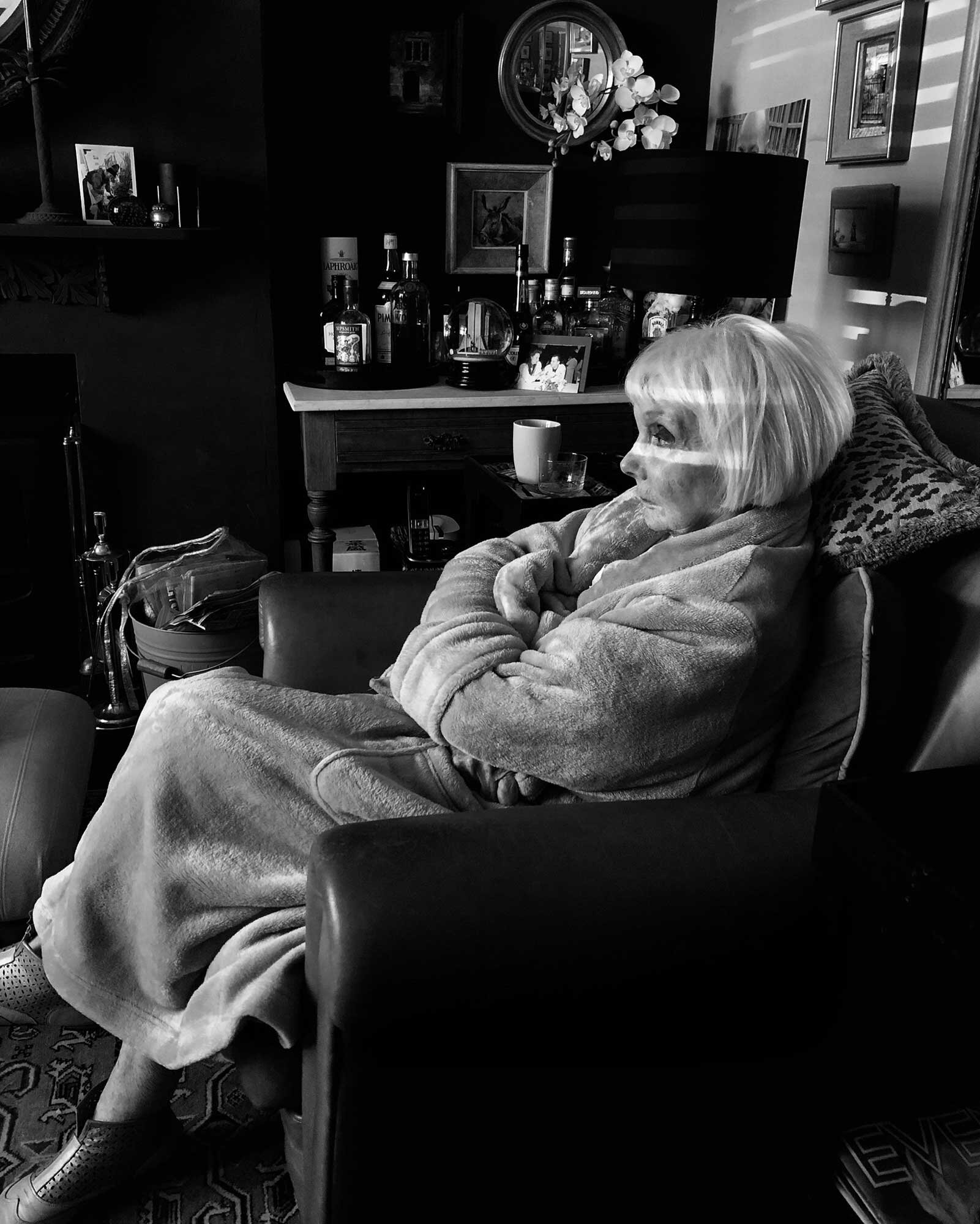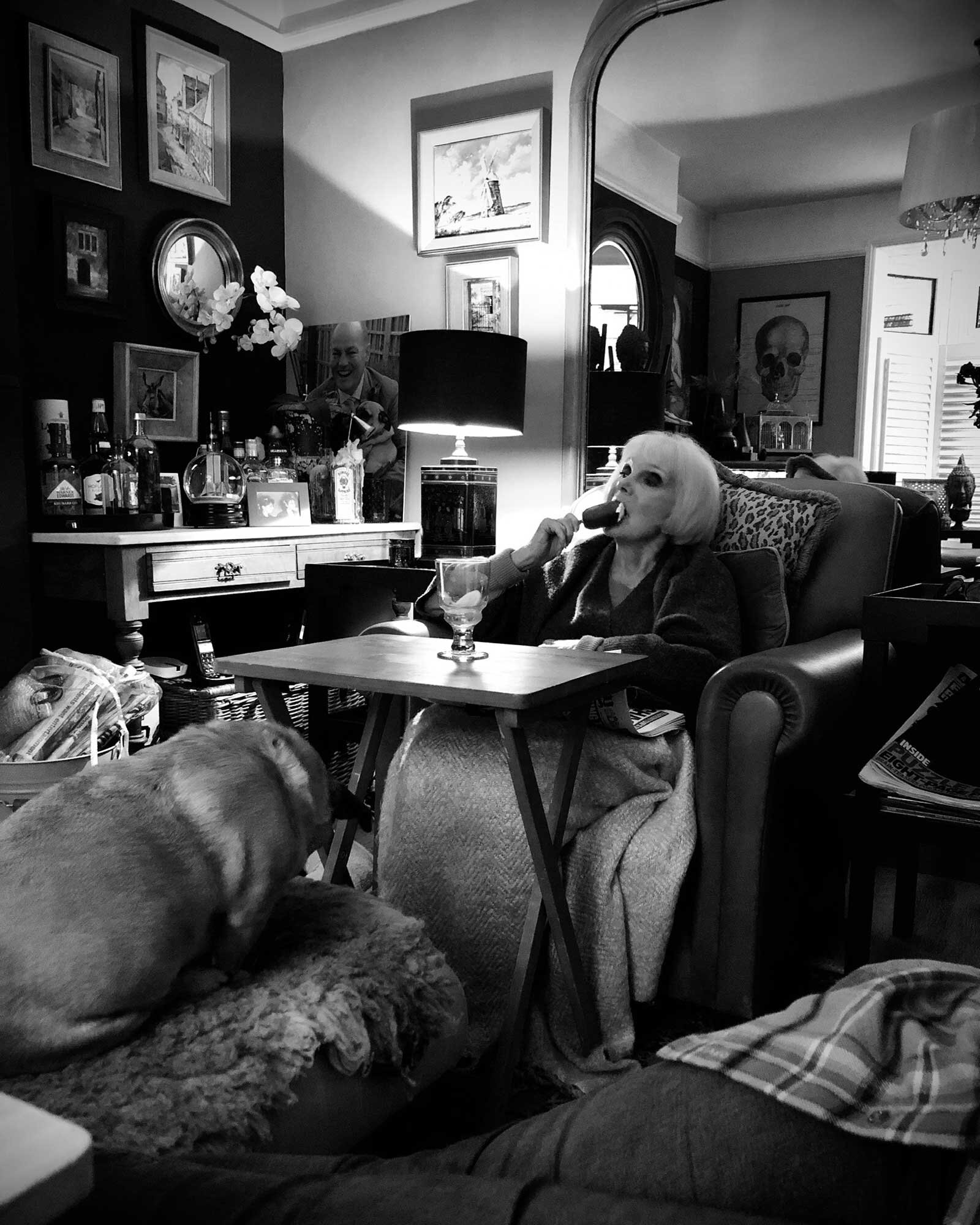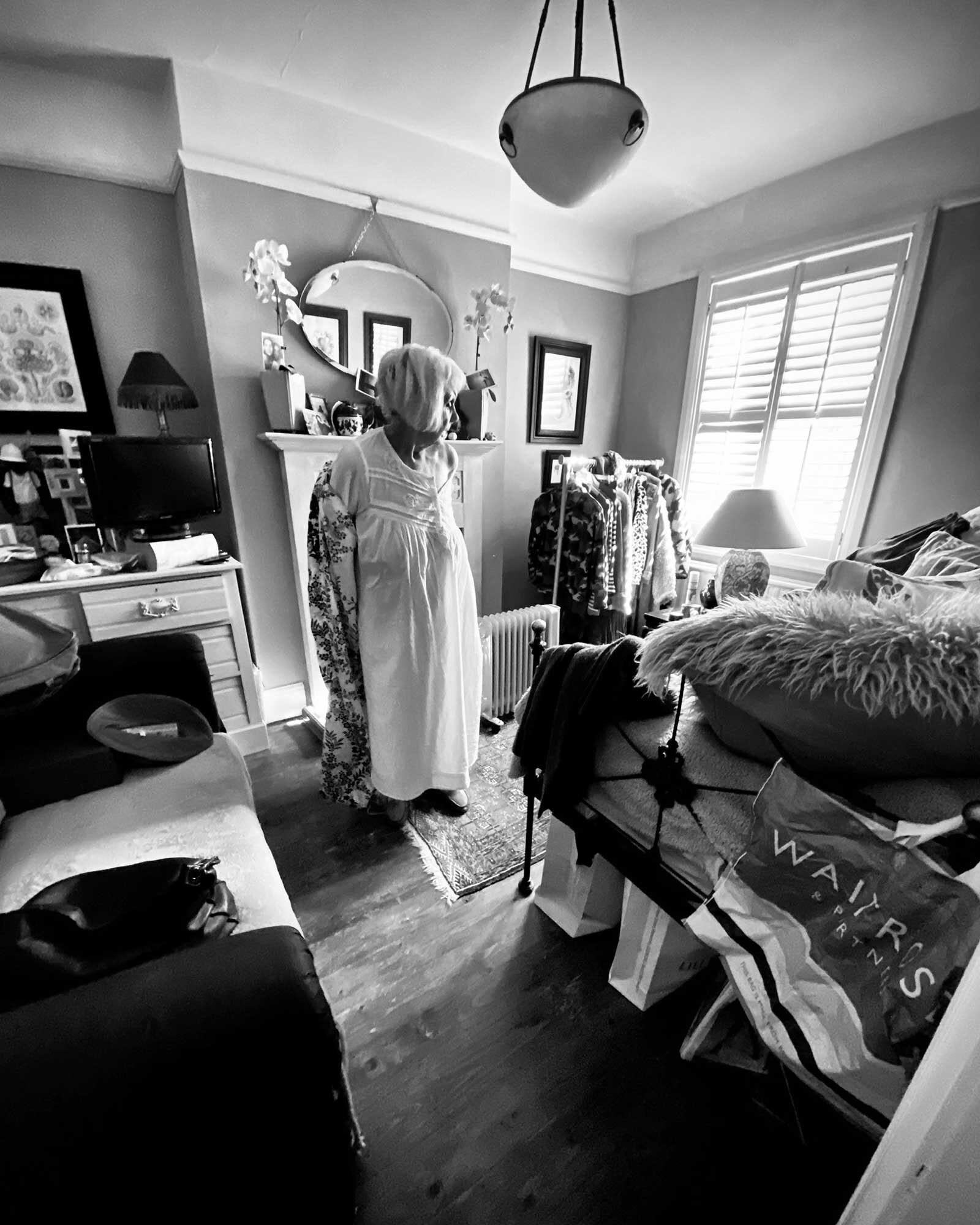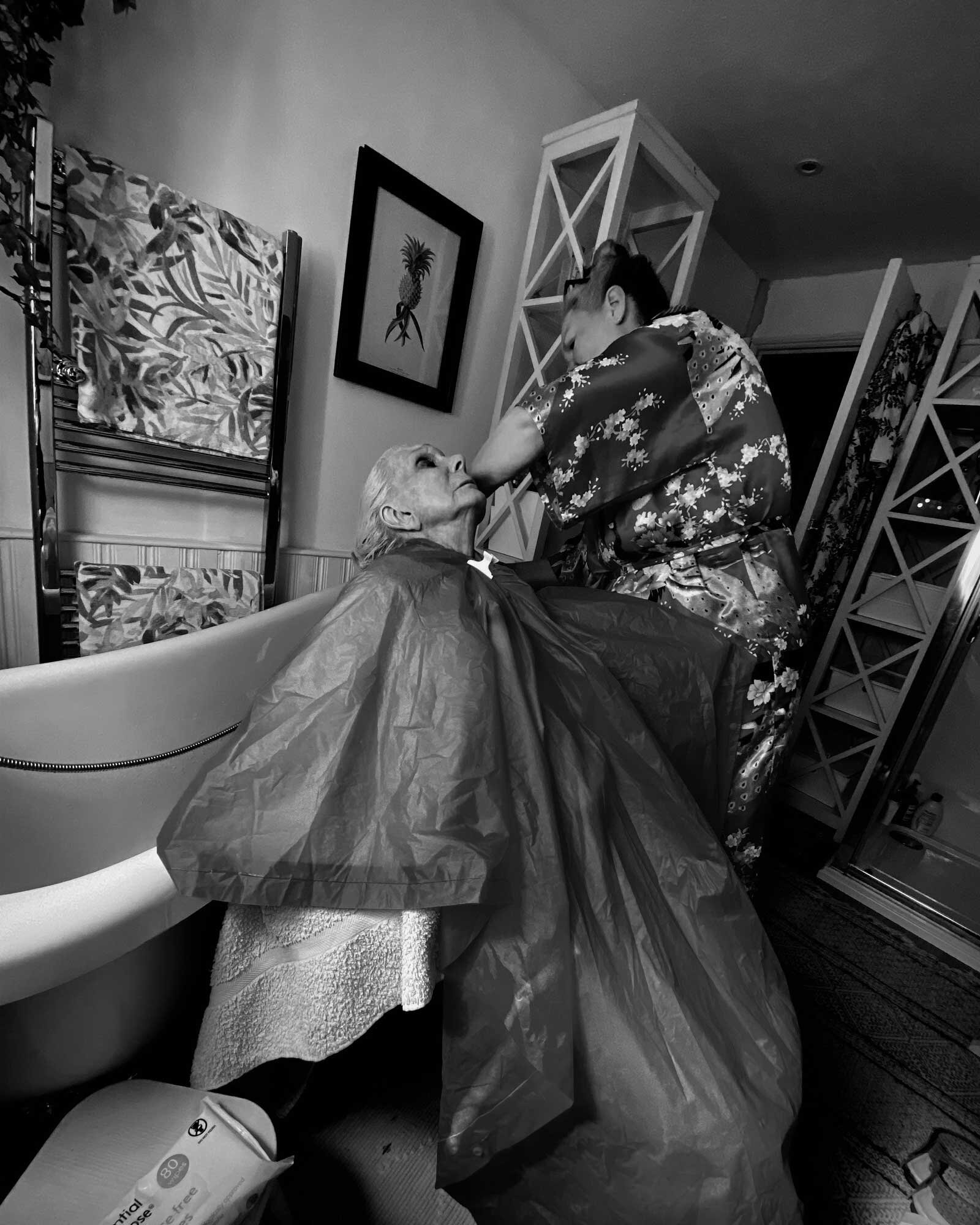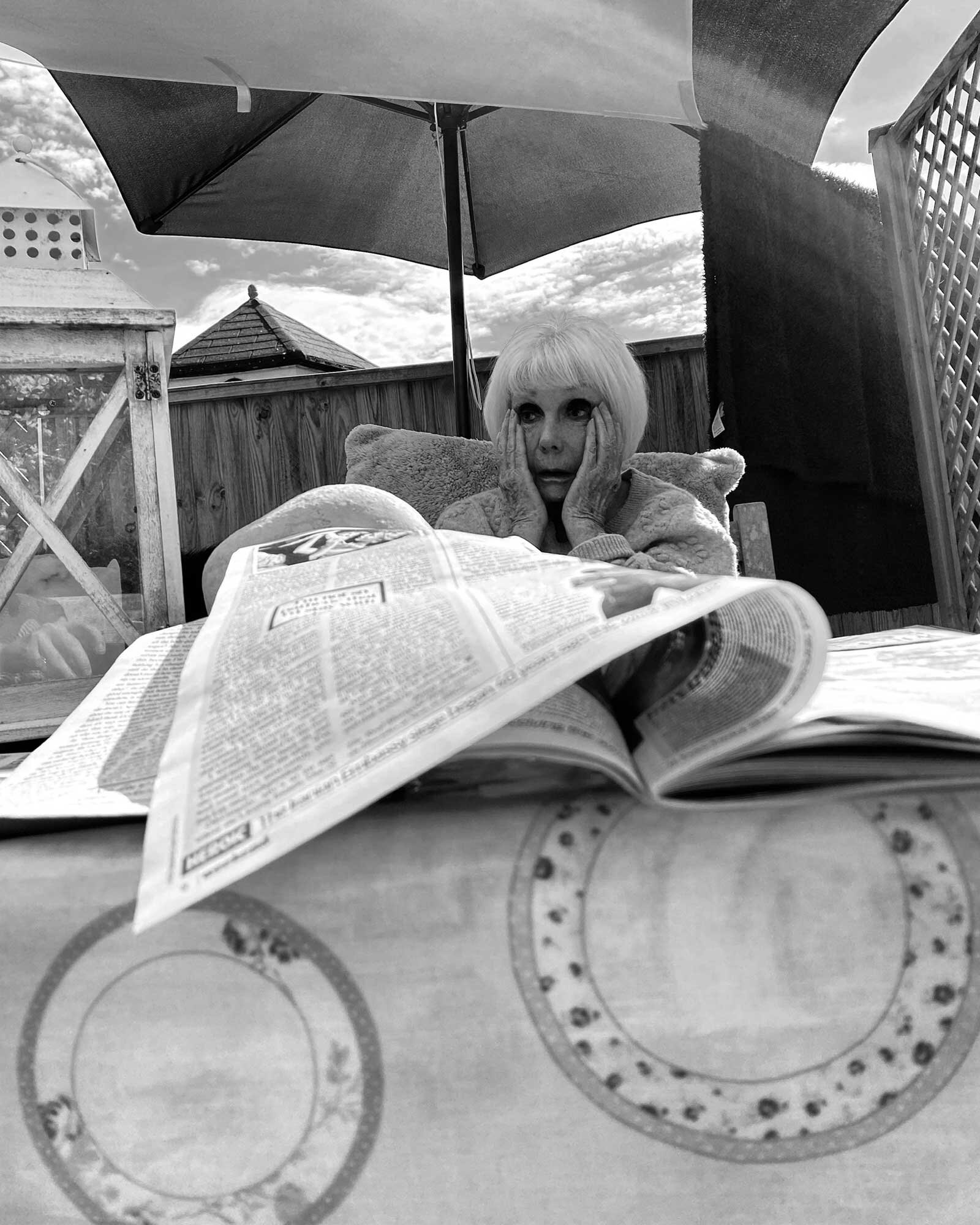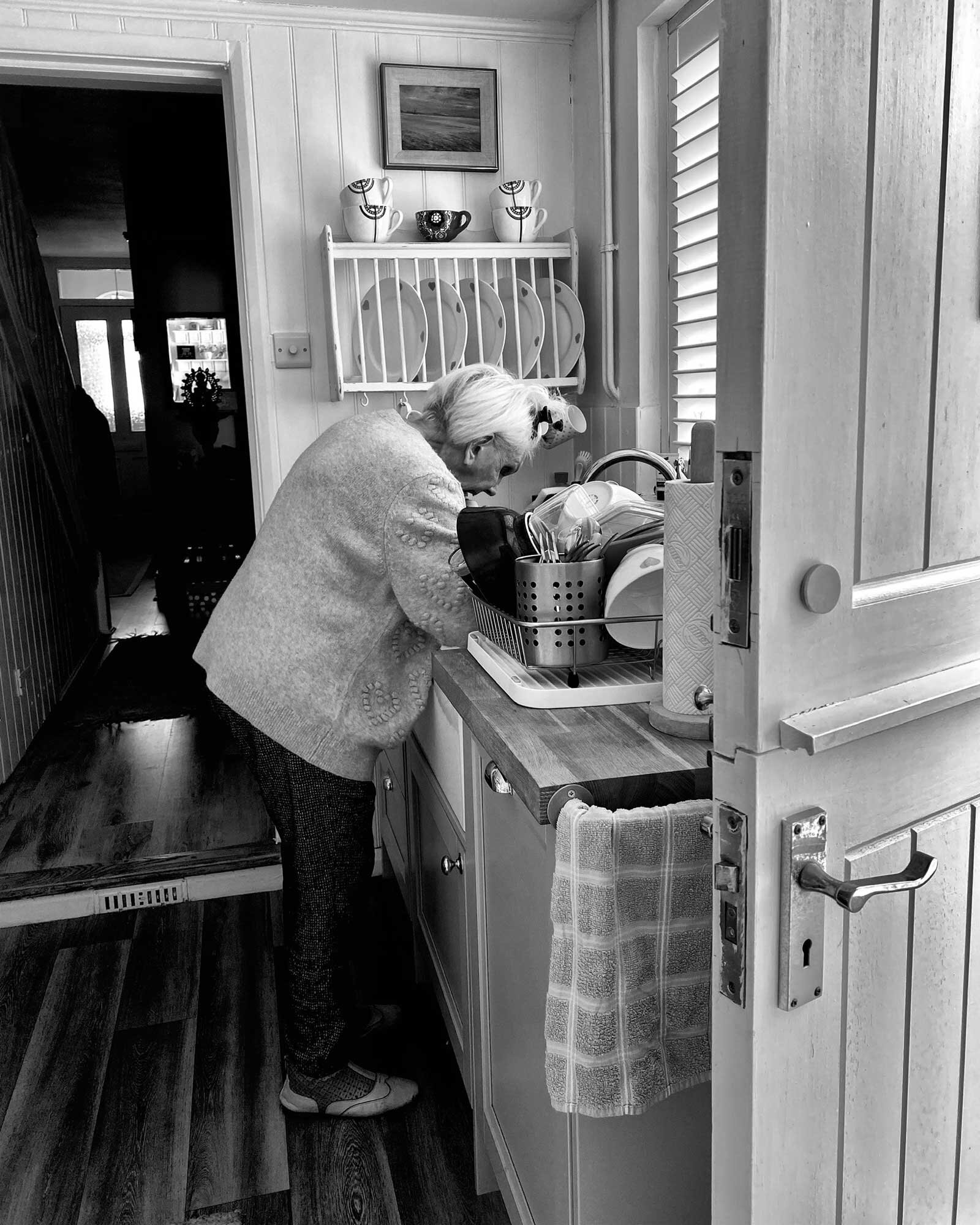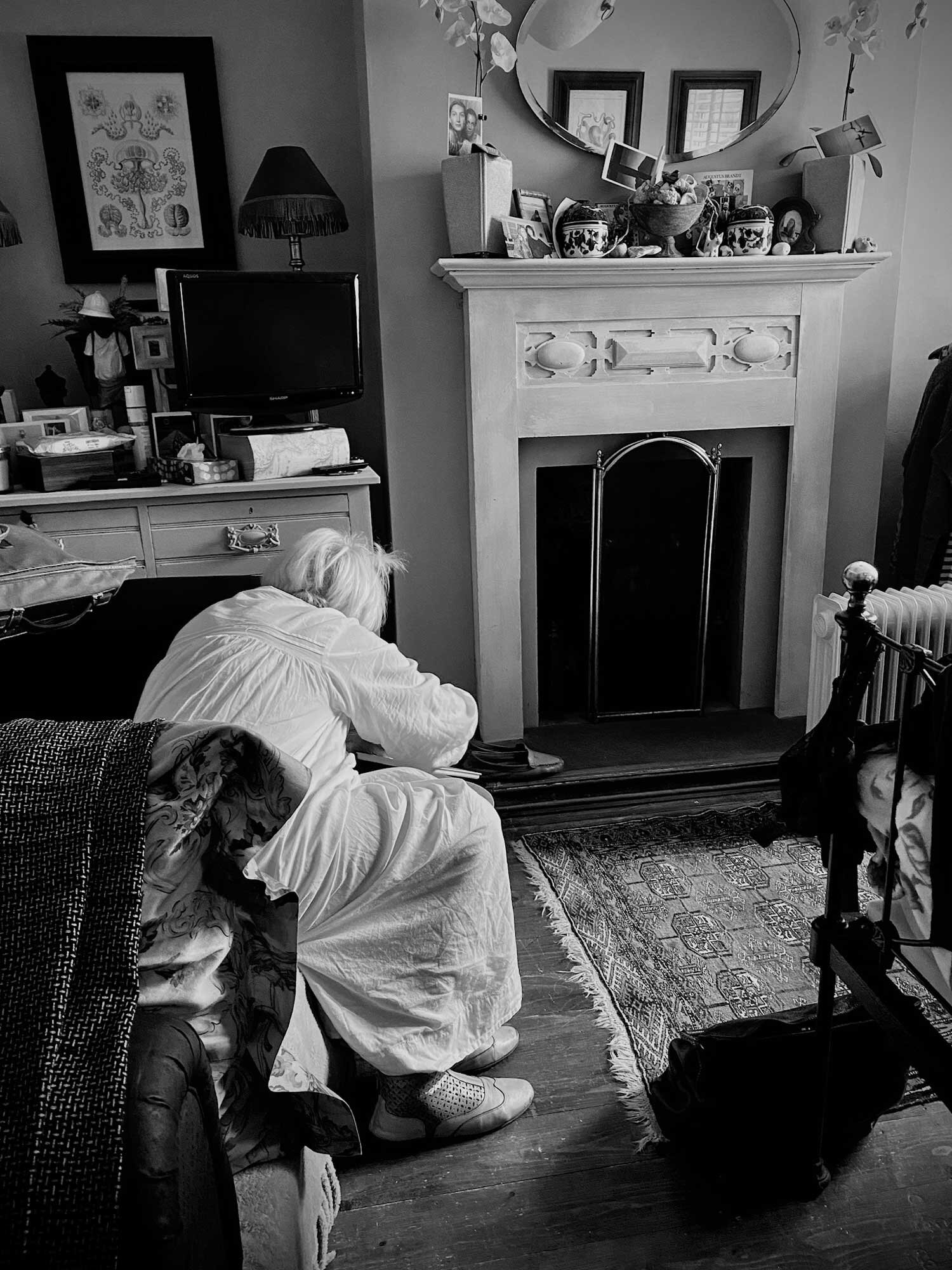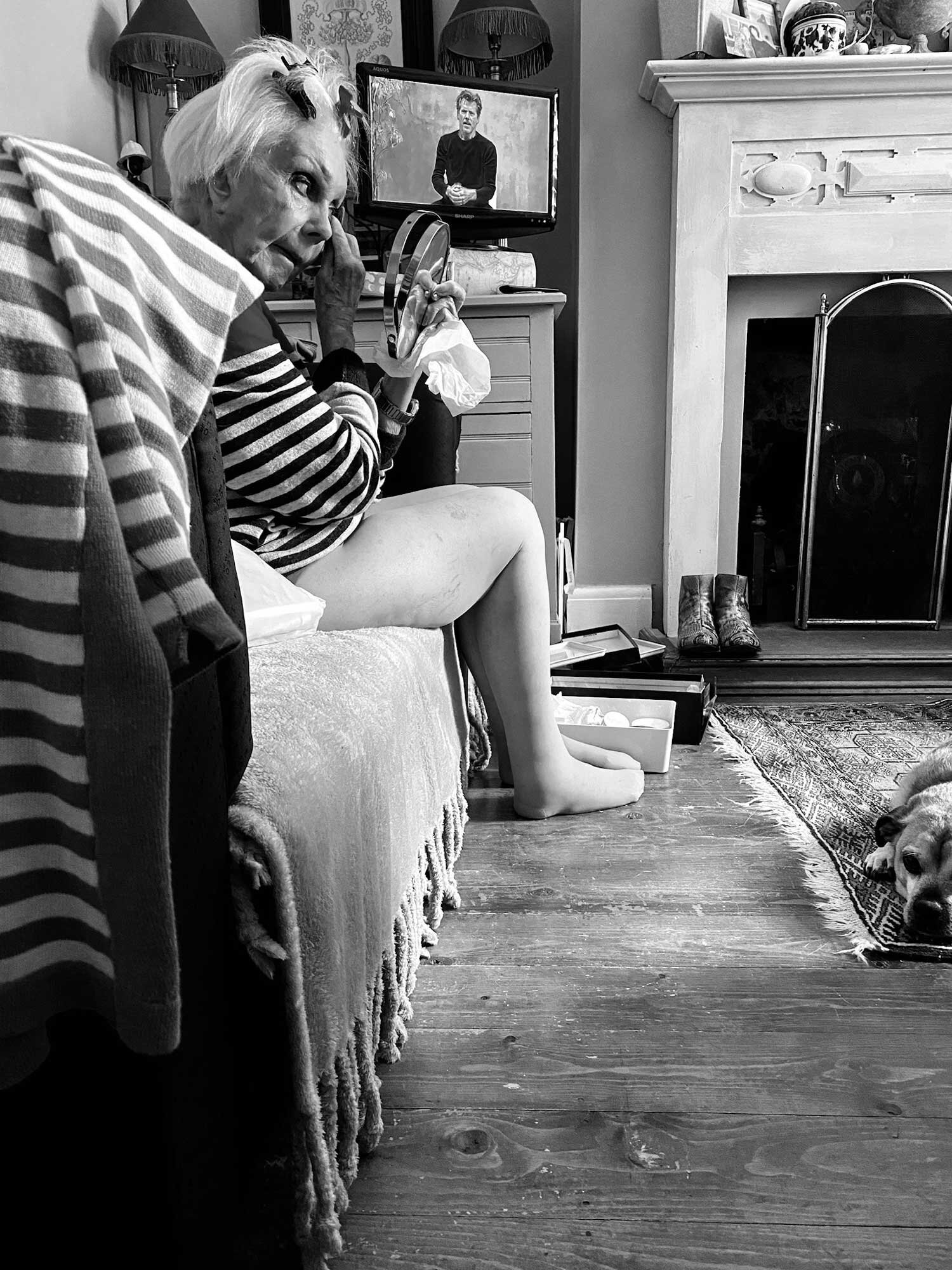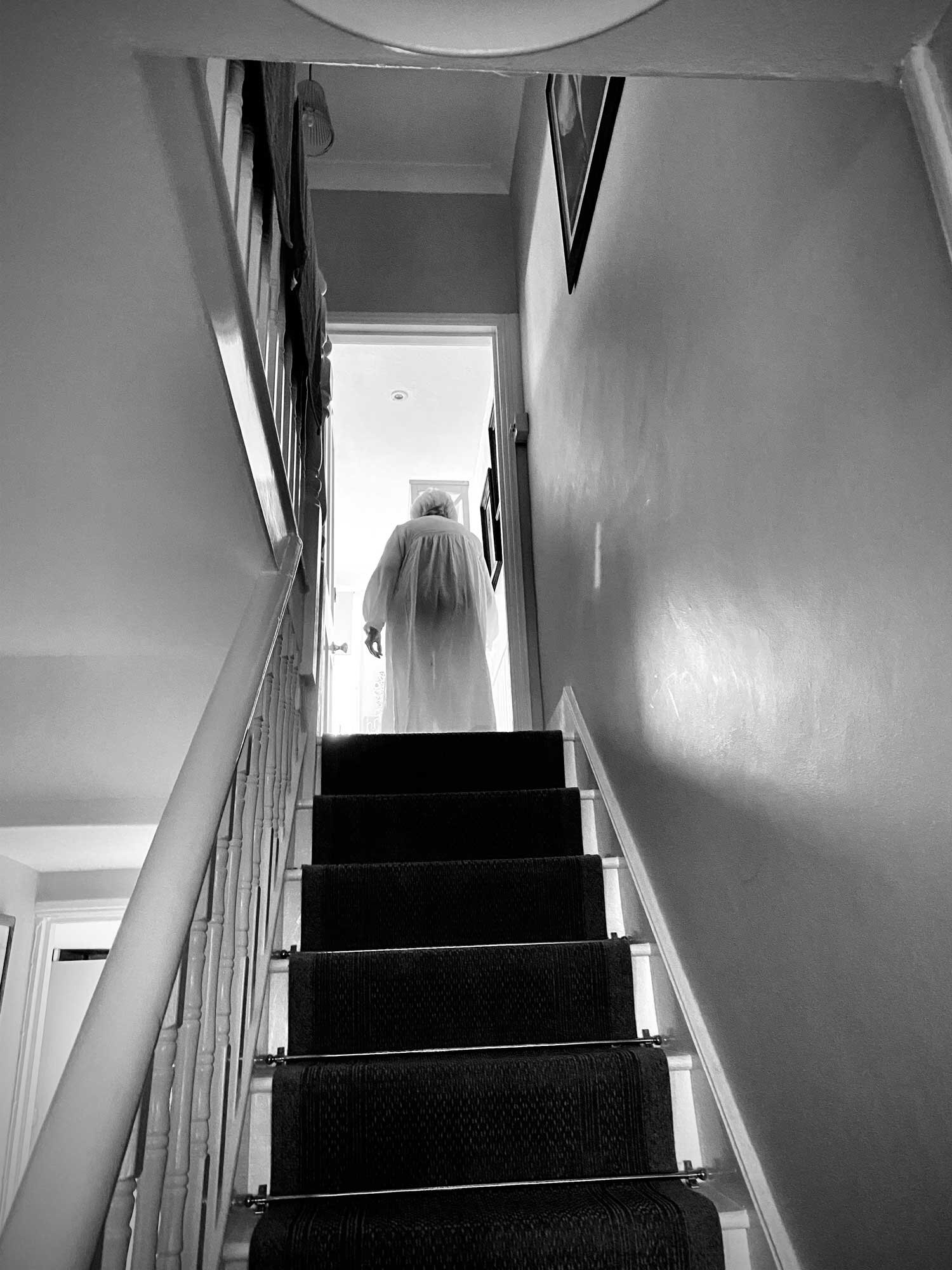PT | EN
International Conference: Visual Spaces of Change: Sophia Journal Exhibition and Mobile Projector Awards
The International Conference: Visual Spaces of Change: Sophia Journal Exhibition and Mobile Projector Awards – which encompassed the International Competition of Ideas: Exhibition and Mobile Projector award ceremony – took place last October 14, 2020, at FAUP's Fernando Plana Hall and Auditorium.
.The inaugural session was in charge of the Director of FAUP, João Pedro Xavier, followed by an intervention by Pedro Leão Neto (AAI / CEAU-FAUP) who presented the prototype of the winning proposal of the International Competition of Ideas: Exhibition and Mobile Projector - authored by studium - creative studio - present at FAUP's facilities, which was built with the support of Jofebar.
Then Wilfried Wang (UTSoA), O'Neil Ford Centennial Professor of Architecture at the University of Texas at Austin and Guest Editor of Issue 6 of the publication Sophia: Visual Spaces Of Change: photographic documentation of environmental transformations, discussed the theme of the call for papers of this 6th edition.
Fátima Pombo (Departamento de Comunicação e Arte - U. Aveiro) invited editor of Sophia's 5th issue - Visual Spaces of Change: Designing Interiority - shelter, shape, place, atmosphere - made an introduction to that same publication, followed by the presentation of the articles selected for this 5th issue by their authors.
The article Preserving Heritage Through New Narratives: designing a guesthouse within a multidisciplinary team by Pedro Bandeira Maia and Raul Pinto was presented by Raul Pinto in an online format, The Role of Architecture for an Exhibition Engaging and Meaningful Aesthetic Experience by Bárbara dos Santos Coutinho and Ana Tostões was alsp presented in online format by Bárbara dos Santos Coutinho, and The modern Shelter: Laugier or Ledoux, metaphormosis or ex-novo, architecture for modern subjects and powers by José António Bandeirinha and Rui Aristides featured a presentation at the conference, carried out by Rui Aristides.
The Conference had as its closing session the round table Visual Spaces of Change through Photography and Image, with the participation of Inaki Bergera (Escuela de Ingeniería y Arquitectura Universidad de Zaragoza), Pedro Gadanho, who co-organized the conference Visual Spaces of Change that took place at the Museum of Architecture and Art Technology (MAAT) in 2019 (occupying the position of Director of MAAT at the time), Paolo Rosselli and Marco Iuliano, both main speakers at the conference at MAAT, Fátima Pombo (Departamento de Comunicação e Arte - U. A) and Pedro Leão Neto (AAI-CEAU-FAUP).
The face-to-face event and the videoconference program are part of the cycle of conferences and debates on Architecture, Art and Image (AAI) at FAUP organized in partnership with UNIZAR, UA and DECA / ID +. The event was broadcast live online, covering: (i) a series of videoconferences; (ii) the round table for the launch and presentation of the 4th issue of the publication with peer review - Visual Spaces of Change: Unveiling the Publicness of Urban Space through Photography and Image; (iii) presentations of articles in the 5th issue - Visual Spaces of Change: Designing Interiority - shelter, shape, place, atmosphere; (iv) the announcement of the open call for articles for the sixth issue of Sophia Journal: Visual Spaces Of Change: photographic documentation of environmental transformations; (v) the announcement of the International Competition of Ideas: Exhibition and Mobile Projector Awards and the Visual Spaces of Change exhibition, developed for this conference and for FAUP spaces, where new contemporary photography projects will be communicated, as well as a new Exhibition structure that was awarded the first prize in the International Ideas Competition: Exhibition, Exhibition Structure and Mobile Projector.
The purpose of this event, which took place in FAUP's Sala Plana and Fernando Távora Auditorium and also in videoconference format - in which more than 70 participants participate via zoom - is to promote reflection and debate around the universe of Architecture, Art and Image , addressing several transversal issues to the world of Photography and Architecture, exploring how image can be a means to cross borders and move boundaries between different disciplinary areas. The focus of the conference focuses on the transformations of public space and on the concept of interiority in architecture, having as a motto, on the one hand, the texts published in the publication Sophia Journal regarding the ON THE SURFACE conference that took place in May 2019 at the Museum of Architecture, Art and Technology (MAAT), where the potential of Photography was analyzed as a significant instrument to investigate, reflect and make visible the different dynamics of urban change and open new horizons of intervention in the public space. On the other hand, the articles selected for the 5th issue of Sophia Journal: Visual Spaces of Change: Designing Interiority - shelter, shape, place, atmosphere.
Visual Spaces of Change proposes a visual communication strategy based on the development of contemporary photography projects that reflect on the different dynamics of urban change to open up new horizons for public intervention in the public space. These projects are conceived as “visual narratives” of these dynamics, intentionally interfering with the metropolitan territory in a self-reflective representation of its own process of change, reducing the distance between the objects of investigation (landscapes, places, public and collective spaces) and the their representations.
At this moment, the Visual Spaces of Change Exhibition can be visited in the FAUP spaces and the interested public can schedule a guided tour through previous booking and thus be accompanied and benefit from an explanation about the contents of the Contemporary Photography projects exposed, as well a new Exhibition structure that was awarded the first prize in the International Ideas Competition: Exhibition, Exhibition Structure and Mobile Projector that aims to allow the public to perceive and enjoy public space and architecture in an innovative and pedagogical way.
The contents of the exhibition will be online on the VSC platform and the exhibition experience will be recorded purely for research purposes, and will be subsequently analyzed in the context of the ongoing VSC research project.
Due to the circumstances arising from the current post-pandemic situation, the conference was held simultaneously both in person and online.
Support for dissemination:
Common House of the University of Porto, Marques da Silva Foundation and Order of
ORGANIZATION
EXECUTIVE COMMITTEE
Pedro Leão Neto (FAUP)
PROGRAMMING
Fátima Pombo (UA / DECA / ID+)
Inaki Bergera (UNIZAR)
Jorge Marum (UBI - AAI / FAUP)
João Carlos Ferreira (UFP - AAI / CEAU / FAUP)
João Varajão (Centro ALGORITMI / U. Minho / VSC)
José Carneiro (FBAUP / i2ADS)
Luís Gonzaga (Centro ALGORITMI / U. Minho / VSC)
Marco Iuliano (LSA-CAVA)
ORGANIZATION AND PRODUCTION
Miguel Santos (AAI / FAUP / VSC)
Eduardo Silva (AAI / FAUP / VSC)
Miguel Fonseca (Centro ALGORITMI / U. Minho / VSC)
Ana Miriam (AAI / CEAU / FAUP)
David Viana (ISCTE - AAI / CEAU / FAUP)
Isa Clara Neves (CEAU / FAUP)
Maria Neto (AAI / CEAU / FAUP – UBI)
COMMUNICATION
Departamento de Comunicação e Imagem / FAUP
AAI / FAUP
OPENING SESSION
Pedro Leão Neto (FAUP)
INAUGURAL KEYNOTE SPEAKER
Sophia Journal 6: Visual Spaces of Change: photographic documentation of environmental transformations
Wilfried Wang - (UTSoA)
PANEL MODERATOR
Sophia Journal 5: Visual Spaces of Change: Designing Interiority - shelter, shape, place, atmosphere
Fátima Pombo – (DECA, UA)
SPEAKERS / PAPERS
Pedro Bandeira Maia, Raul Pinto: Preserving Heritage Through New Narratives: designing a guesthouse within a multidisciplinary team | Orador: Raul Pinto
Bárbara dos Santos Coutinho, Ana Tostões: The Role of Architecture for an Exhibition Engaging and Meaningful Aesthetic Experience | Oradora: Bárbara dos Santos Coutinho
José António Bandeirinha, Rui Aristides: The modern Shelter: Laugier or Ledoux, metaphormosis or ex-novo, architecture for modern subjects and powers | Orador: Rui Aristides
ROUND-TABLE MODERATORS
Visual Spaces of Change through Photography and Image
Inaki Bergera - (UNIZAR)
Fátima Pombo – (DECA, UA)
Pedro Leão Neto (FAUP)
INVITED SPEAKERS
Marco Iuliano (LSA-CAVA)
Paolo Rosselli (Photographer, writer)
Pedro Gadanho – (Curator, Loeb Fellow, Harvard university)
SOPHIA JOURNAL - SCIENTIFIC COMMITTEE
Álvaro Domingues (FAUP/ CEAU)
Ana Francisca de Azevedo (DeGeoUM/Lab2PT)
Andrew Higgot (AA Grad Dipl PhD)
David Viana (ISCTE - AAI / CEAU / FAUP)
Fátima Pombo (UA / DECA / ID+)
Francisco Ferreira (EAUM)
Gabriela Vaz-Pinheiro (FBAUP / i2ADS)
Isa Clara Neves (CES / CEAU / FAUP)
Iñaki Bergera (Arquitectura / UNIZAR)
João Carlos Ferreira (UFP - AAI / CEAU / FAUP)
Jorge Marum (UBI - AAI / CEAU)
José Carneiro (FBAUP / i2ADS)
José Miguel Rodrigues (FAUP / CEAU)
Marco Iuliano (LSA/CAVA)
Margarida Medeiros (FCSH)
Mário Mesquita (FAUP / FBAUP / i2ADS)
Marta Cruz (FAUP/ CEAU)
Miguel Leal (FBAUP / i2ADS)
Miguel Santos (FAUP / CEAU)
Olívia da Silva (P.PORTO / ESMAD)
Paulo Catrica (UNL)
Susana Lourenço Marques (FBAUP / i2ADS)
Susana Ventura (FAUP / CEAU)
Teresa Ferreira (FAUP/ CEAU)
Wilfried Wang (UTSoA)
CONFERENCE TEAM
Ana Miriam (AAI / CEAU / FAUP)
Eduardo Silva (AAI / CEAU / FAUP)
Maria Neto (AAI / CEAU / FAUP – UBI)
Miguel Santos (AAI / CEAU / FAUP)
Sara Lino (scopio Editions)
ARTISTIC DIRECTOR
Né Santelmo (scopio Editions)
PRINT AND WEBDESIGN
Eduardo Silva (AAI / CEAU / FAUP)
Sara Lino (scopio Editions)
VISUAL SPACES OF CHANGE PHOTOGRAPHIC PROJECTS
Ana Miriam
Edu Silva
Hélder Sousa
Jiôn Kiim & Artur Leão
Marta Ferreira
Sérgio Rolando
Sofia F. Augusto
Organization and jury of the International Competition of Ideas: Exhibition and Mobile Projector
The launch and organization of the contest is the responsibility of the research group Architecture, Art and Image (AAI), integrated in the FAUP R&D center (CEAU), in partnership with U. Minho through the participation of ALGORITMI and Lab2PT in the project. Visual Spaces of Change research and in collaboration with the CITYSCOPIO Cultural Association:
Jorge Marum
Susana Ventura
David Viana
Marco Iuliano
Iñaki Bergera
José Barbedo
Ana Miriam Rebelo
Frederico Martinho
Eduardo Silva
Letícia Cabeçadas do Carmo
Ligia Ribeiro
Andrea Vieira
Bruno Moreira
Maria Neto
João Ferreira
Pedro Leão Neto
José Miguel Neto Viana Brás Rodrigues
Manuel Joaquim Soeiro Moreno
Ana Francisca de Araujo Rodrigues de Azevedo e Silva
Francisco Manuel Gomes Costa Ferreira
Paulo de Oliveira Freire de Almeida
Jury of the International Competition of Ideas: Exhibition and Mobile Projector
Awards of the International Competition of Ideas: Exhibition and Mobile Projector:
The winner(s) will be awarded a monetary prize or computer equipment. Proposals by the author(s) or team(s) that are awarded or receive an honorable mention will have their study and credits included in the project. VSC research, at least ensuring the integration of one of the proposals for execution, dissemination, advertising, exhibition and use within the scope of the VSC, with the support of Jofebar for the construction of a prototype of the winning structure.
1º The author(s) of the winning proposals will be contacted in order to deepen the project, with support from AAI-CEAU-FAUP, AAi2 Lab and Centro ALGORITMI-Lab2PT / UMINHO and other partners, namely the company Jofebar | Portugal in order to make its construction feasible.
2º Without prejudice to the prizes awarded to each of the winning proposals, a certificate of participation will be given to each team in the contest, as well as their entries will be disclosed on the platforms and networks of the AAI group (websites, social networks, etc.).
3rd The prizes will be delivered in a public ceremony to be held at FAUP with the presence of Jofebar during the year 2020.
Volume 4 da Sophia Journal: Visual Spaces of Change: Unveiling the Publicness of Urban Space through Photography and Image
The theoretical objectives of Sophia's 4th issue and the 5th International Conference on the Surface, “Visual Spaces of Change: Unveiling the Transformation of Publicness” were for an interdisciplinary debate on photography and architecture, with a strong editorial component dedicated to the publication of works and original ideas at the intersection of these two fields. The theme chosen for this edition of On the Surface was focused on the contemporary transformations of public space: “Visual Spaces of Change: Unveiling the Publicness of Urban Space” which aims to discuss and explore the potential of Image and Photography as useful tools for research, reflect on and make visible the emergence of new collective experiences in the social space.
In the Volume 4 of Sophia Journal, the following authors were published:
Editorial
About the 4th number of Sophia, Visual Spaces of Change: Unveiling the Publicness of Urban Space through Photography and Image
Iñaki Bergera
About the 5th International Conference On the Surface
Pedro Leão Neto
Pedro Gadanho
HC (hortus conclusus)
Beate Gütschow - Autora Convidada
Contemporary discurses on Architecture, City and Territory: Visual Spaces of Change
Pedro Leão Neto
Visually reinventing architecture in the pre-cinematic scenario of Idris Khan’s photograph
Katarina Andjelkovic
Photocreation as a propeller to upcoming new urban and spatial utopias
Klauss Borges
Ringroad (Houston), 2005: The Construction of an Image
Bas Princen - Autor Convidado
Re-framing the Public Space: Relations between Architecture and Photography
Iñaki Bergera
Clareira: Towards a phenomenological perspective in the representation of architectural space
Ana Miriam, Fátima Pombo, José Carneiro
A Bridge
Sebastiano Raimondo
Behavioral mapping of Abu Dhabi’s public spaces: Urban research photography and cultural clashes
Apostolos Kyriazis, Ayesha Zahid, Clemence Montagne, Clio Chaveneau, Hadrien Dubucs, Hanu Dilip, Shafaq Qamar
Atlas Interactive. Visual register of urban architecture in Latin America. A work in progress
Cristina Gastón Guirao
Image-Making After Photoshop: Architecture, Public Space and their Visual Discontents
Pedro Gadanho
The invisible villages. Up-to-date Images of Settlement in Spain
Ana Amado, Andrés Patiño
Peter Scheier and Marcel Gautherot: Brasília Lyric and Epic
Mariana W. von Hartenthal
Visual technological enthusiasm: an industrial urban spectacle in the “Tenth Anniversary” commemorative albums of China
Haode Sun
Photography on Architecture - Visual Spaces of Change: Unveiling the Transformation of Publicness
Paolo Rosselli - Autor Convidado
Este quarto número da Sophia teve como Editores:
Pedro Leão Neto (AAI / CEAU-FAUP) e Inaki Bergera (Escuela de Ingeniería y Arquitectura Universidad de Zaragoza)
Volume 5 of Sophia Journal: Visual Spaces of Change: Designing Interiority - shelter, shape, place, atmosphere
The interest of Sophia's 5th issue, which will be called Visual Spaces of Change: Designing Interiority - shelter, shape, place, atmosphere, is in original articles that discuss the core of Interiority in Architecture as an open subject to diverse ideas and practices in the kingdom of the built space to be experienced by its inhabitants. Interiority differentiates a place from a non-place. Non-places are points with which the individual does not create any relationship; they are places of transit without memory, identity, history, personal construction, references, emotions of which the consolation is no less. Interiority calls that type of space that accommodates thoughts, dreams, nightmares, intimacy, changes, silence, noise, neurosis ... life. Shelter, form, place, atmosphere portray scenarios that enhance experiences, events, occurrences beyond the functionalist rhetoric that surrounds them. Our magazine is now accepting articles within this framework, which can contribute to expressing critically and poetically a broader understanding of interior design in architecture.
For the Volume 5 of Sophia the following papers were selected:
Guest editors
Fátima Pombo (UA / DECA | ID+)
Silvina Félix (UA / ESAN | ID+)
Paper Topics
Preserving Heritage Through New Narratives: designing a guesthouse within a multidisciplinary team
Pedro Bandeira Maia, Raul Pinto
The Role of Architecture for an Exhibition Engaging and Meaningful Aesthetic Experience
Bárbara dos Santos Coutinho, Ana Tostões
The modern Shelter: Laugier or Ledoux, metaphormosis or ex-novo, architecture for
modern subjects and powers
José António Bandeirinha, Rui Aristides
Highlighted texts
Intervies
The Power of Imagination - uma entrevista ao designer Hans Thyge por Fátima Pombo
Miscellanea
Critical essay: The Compliment of Light por Nuno Grande sobre a série fotográfica The Idea of Álvaro Siza de Mark Durden e João Leal
Review
About the book OLIM of Camilo Rebelo: Textos de Nuno Faria e Eduardo Souto de Moura
Volume 6 of Sophia Journal: Visual Spaces of Change: photographic documentation of environmental transformations
Open call
Sophia's Volume 6 will be dedicated to the theme Visual Spaces Of Change: photographic documentation of environmental transformations
How do we all become aware of the gradual but inevitable changes in the environment? How does photography raise public awareness of the urgent environmental changes implicit in our anthropocentric age? How can photography contribute to these complex debates? These questions can be approached from several perspectives: from the confrontation of our memories and understandings of a place to reactivate "what is no longer there" or to propose "what could be there".
This volume of Sophia will bring together photographers and researchers who make significant contributions to these discussions, including the material processes of creating, managing and interpreting sets of documents. We are interested in material processes where photography is explored as a significant research tool for critical and innovative views on architecture and urban transformation in its expanded fields and contextualized by larger systems: cultural, political, artistic, technical and historical dimensions.
We will publish long-term photographic works of environmental change, innovative documentation or archival projects exploring discursive forms of presentation and visual constructions, articles and research papers discussing the rich spectrum of techniques and visual strategies employed in environmental discussions.
The spectrum of transformation processes is broad: deforestation, soil erosion, suburban expansion, devastated areas, decaying shopping malls, neglected social housing, post-industrial ruins, gentrification and privatization of public space or movements such as "Occupy" and "Fridays for Future ". In this context, we will be especially interested in proposals that are able to question how the different dimensions of architecture and urban transformation can be significantly understood or reframed through the different lenses and perspectives of visual processes.
The magazine is now accepting photographic works and critical articles within the framework above, which will allow interested audiences to reflect on the various transformation processes that affect our cities and territories today.
Guest editor
Wilfried Wang (UA / DECA | ID+)
ABOUT SOPHIA PEER REVIEW JOURNAL
The Sophia collection is specifically designed to address theoretical work, and aims to be the editorial medium of a set of exploratory and critical texts on image in a broad sense, that is, covering the worlds of design, photography, cinema, the video, television and the new. media.
The etymology of the word "sophia" is closely linked to the concepts of wisdom and wisdom: (Greek, "sofia") is what the "wise person" has, and this word is also derived from philo + sophia ("love of wisdom" We are interested in making Sophia a mentis instrument capable of expanding our critical knowledge and questioning the image universe in an innovative way.
The collection, which hosts several academic works, will also be an important means of publishing some theoretical works from the FAUP - CEAU R&D Center. The purpose of the Sophia periodical collection is to publish a set of theoretical and critical texts on image in book format; these texts can be taken from sections of scopio magazine or submitted by new authors and other national and international R&D centers, through call for papers. The goal is to challenge different artists and creators to publish original articles, reviews, book reviews and other texts of interest and value for this collection.
More informations about Sophia Peer Review Journal


